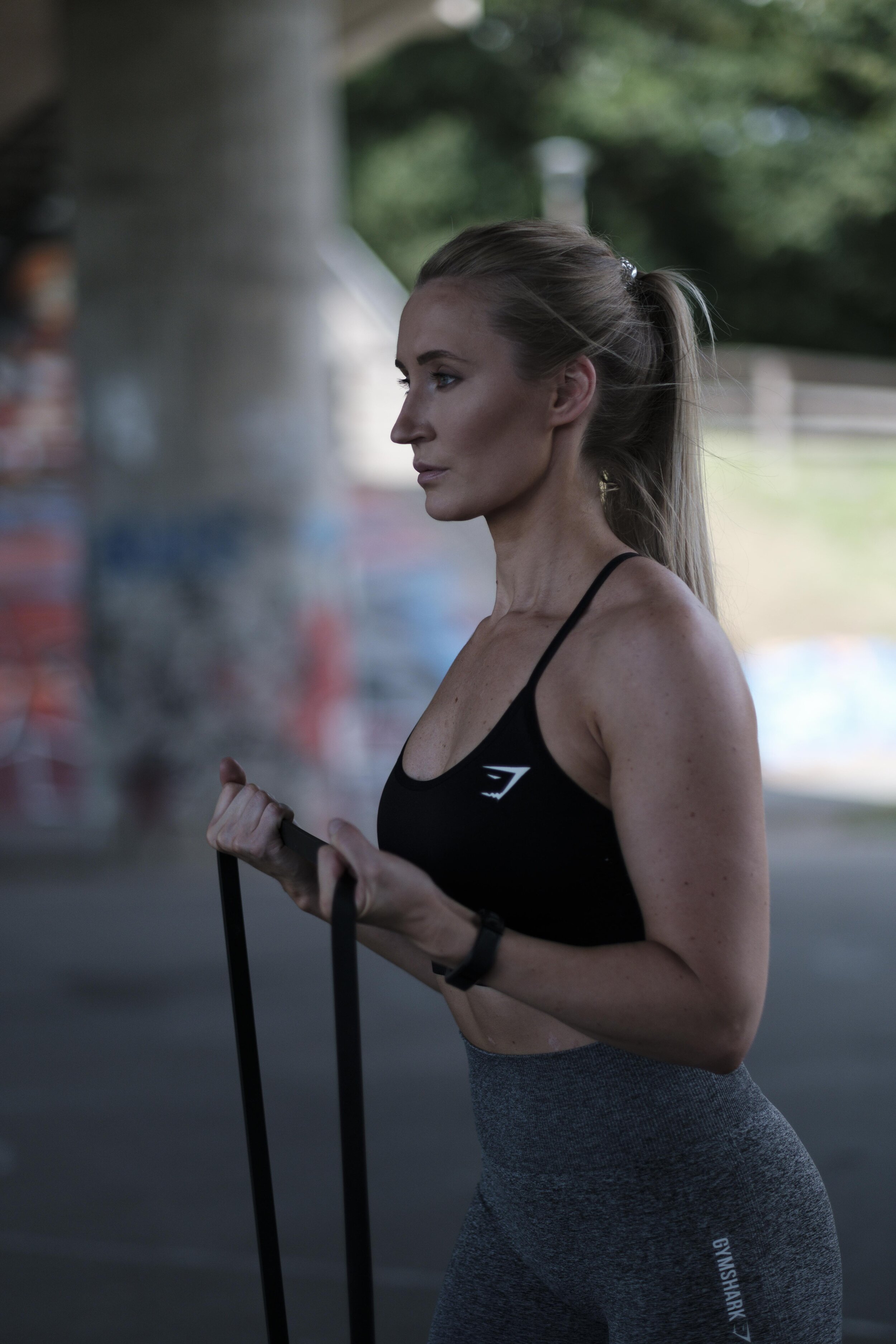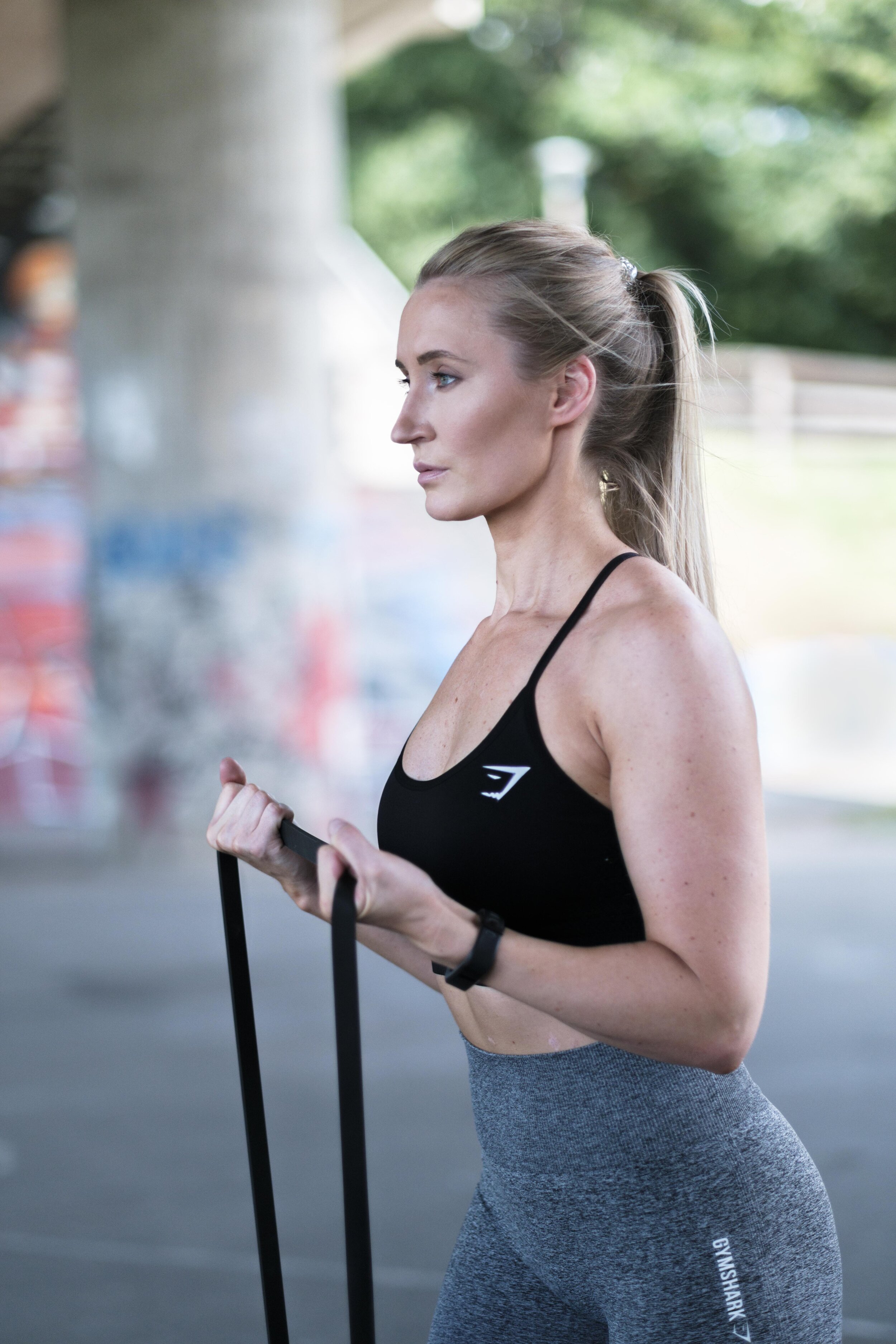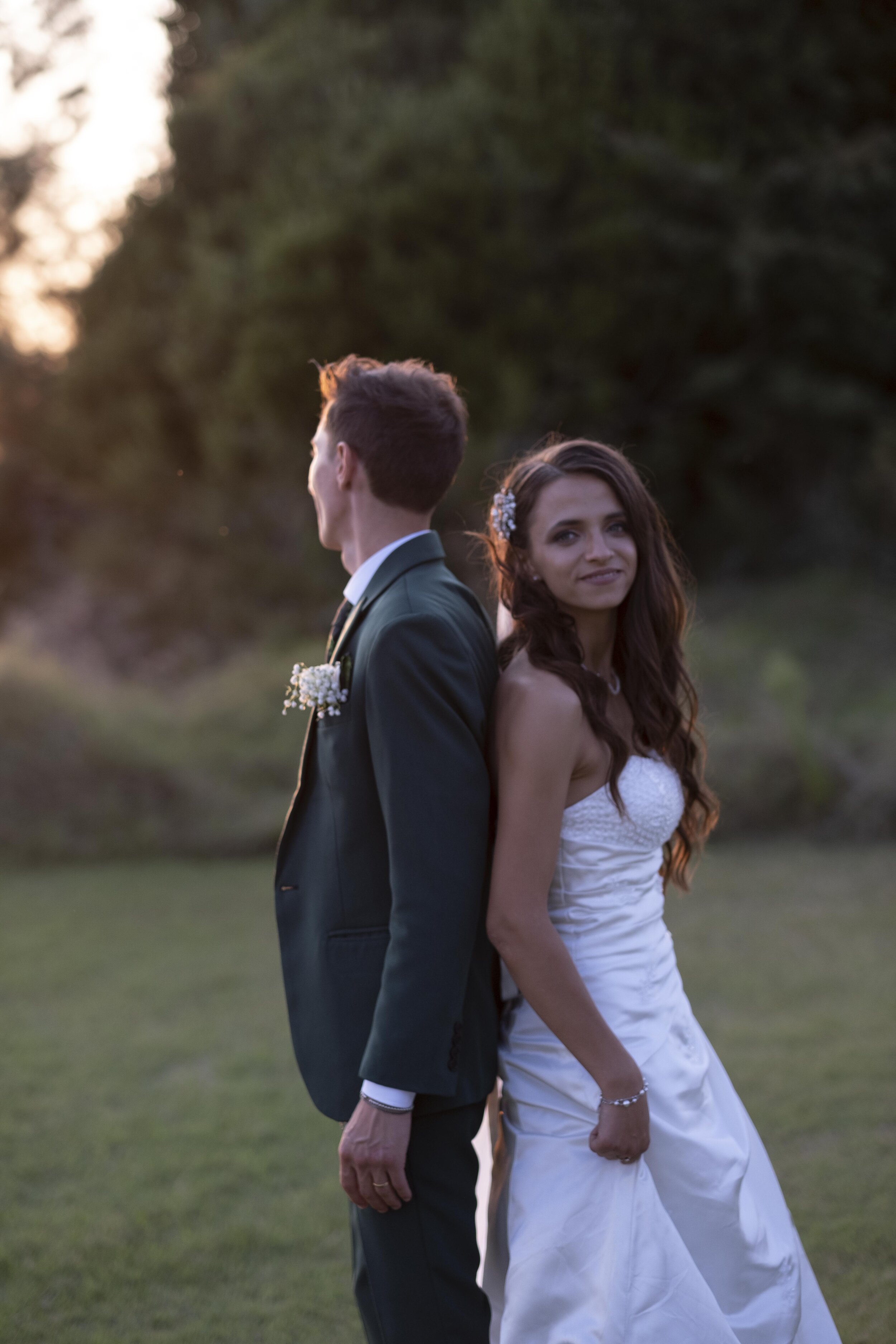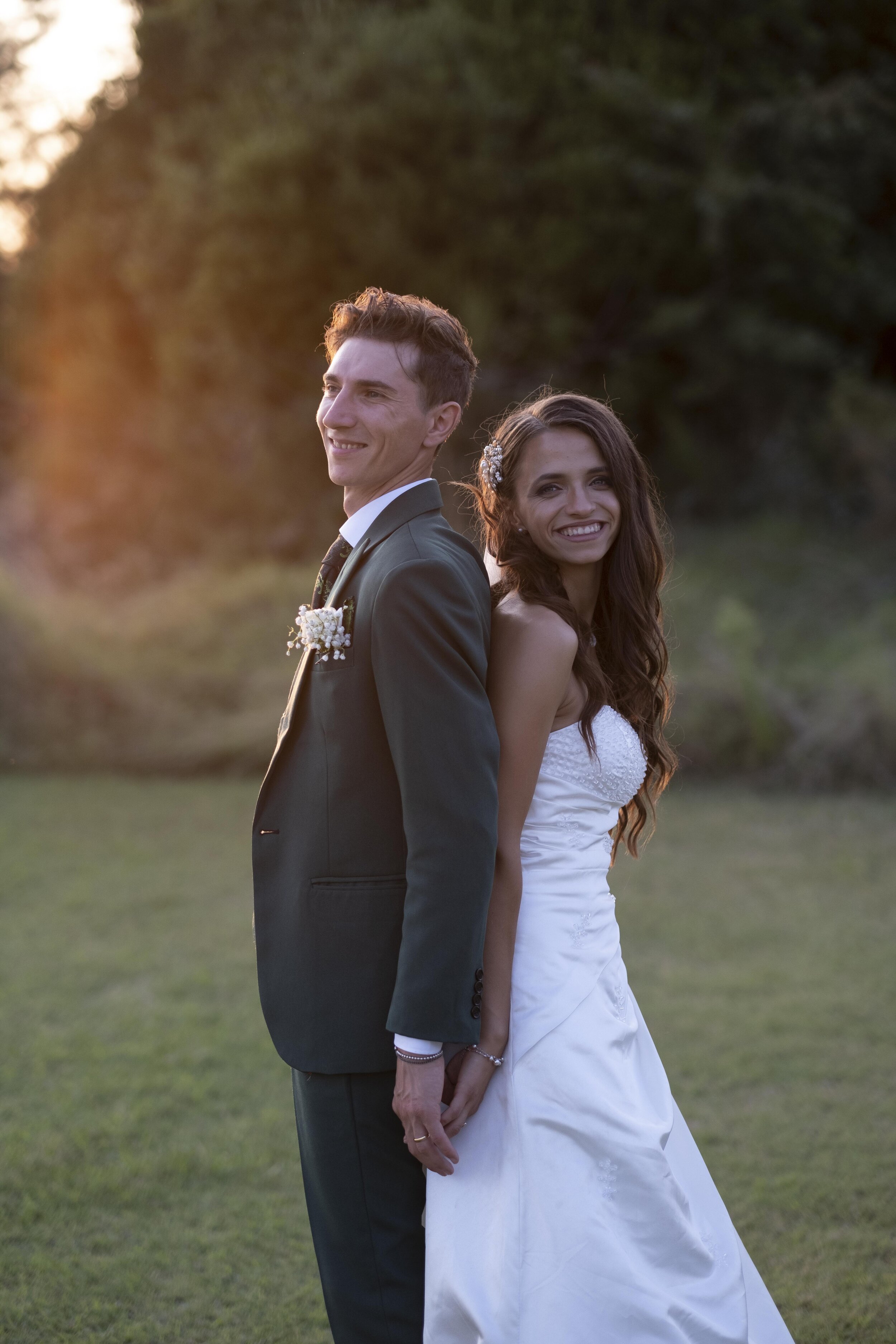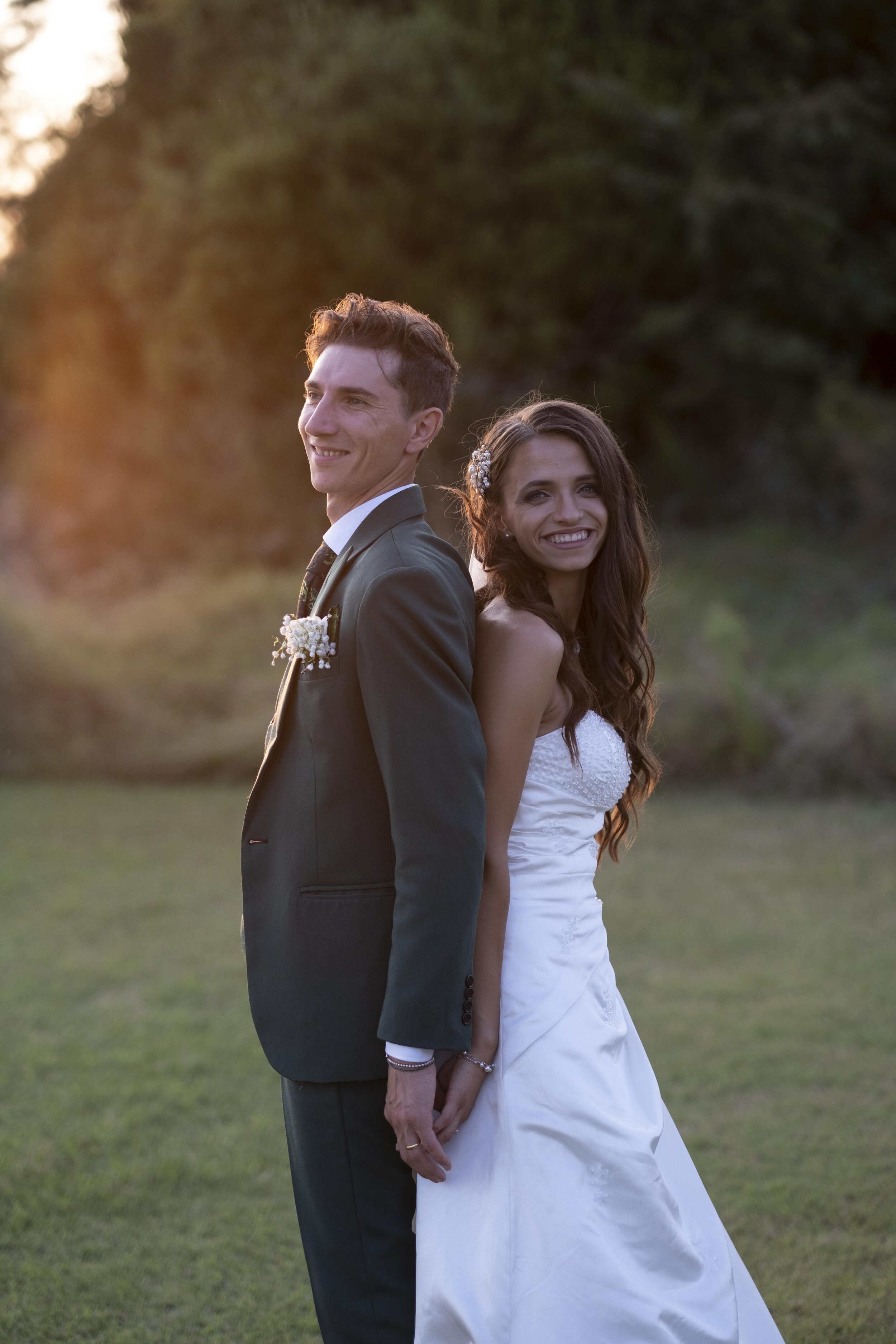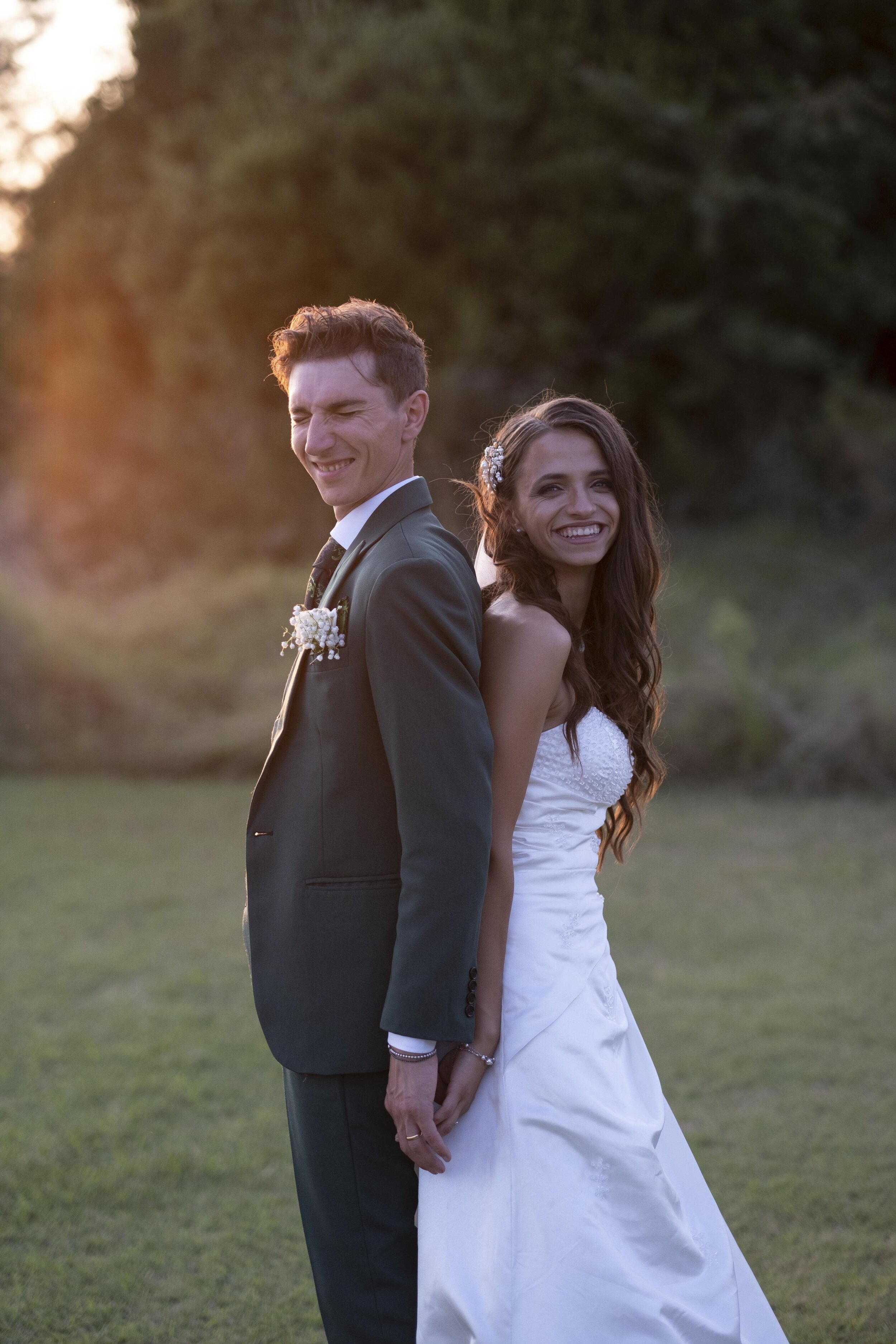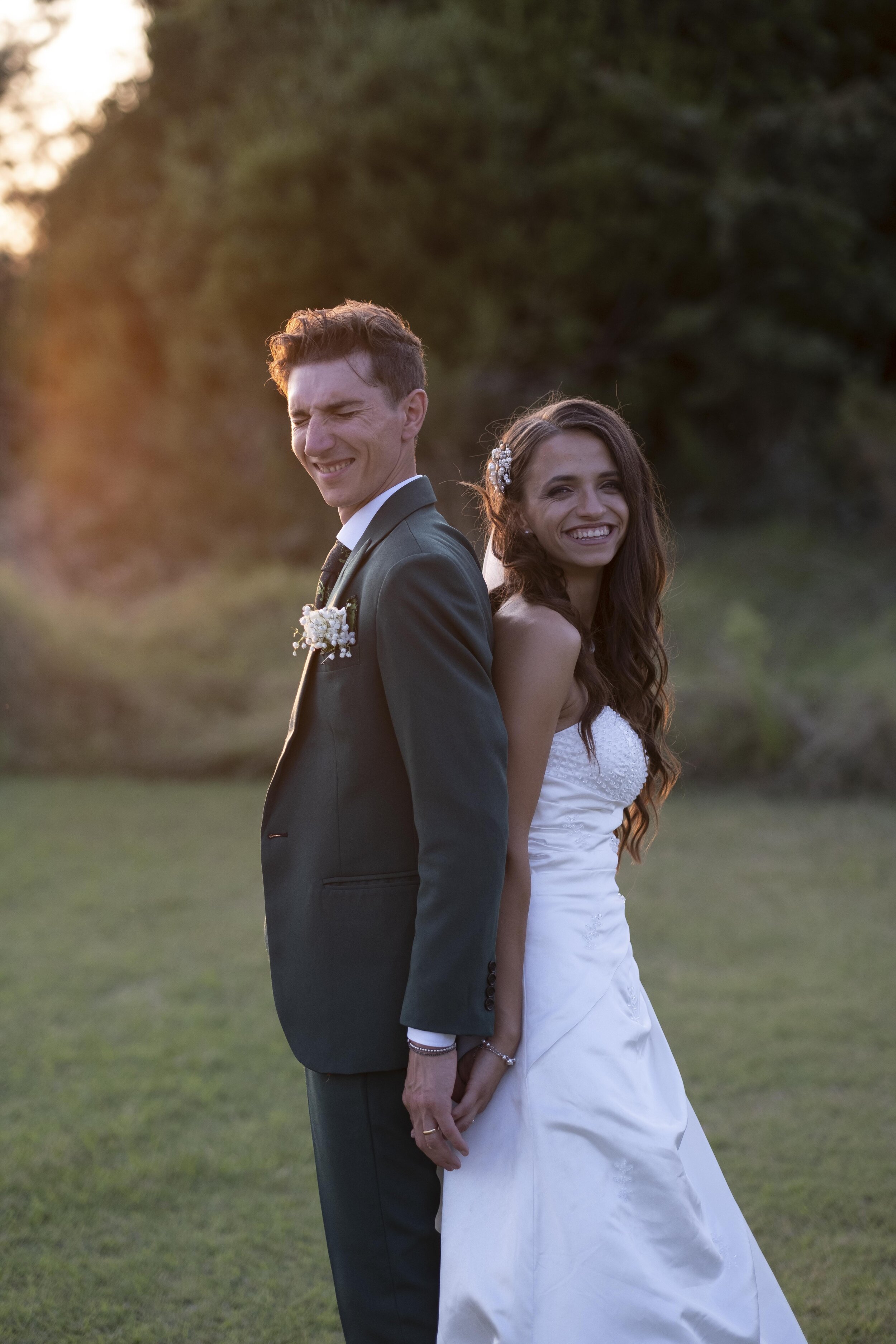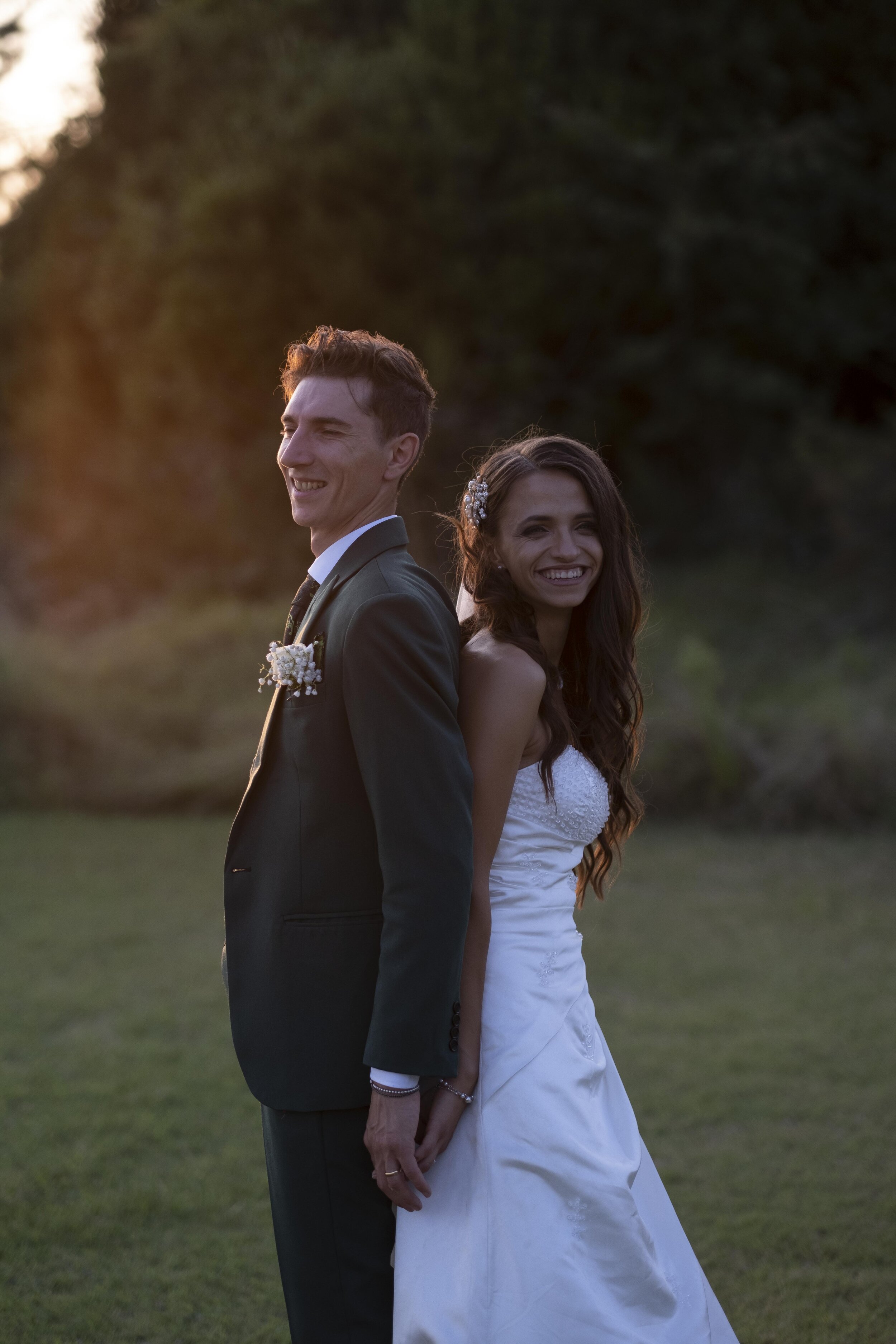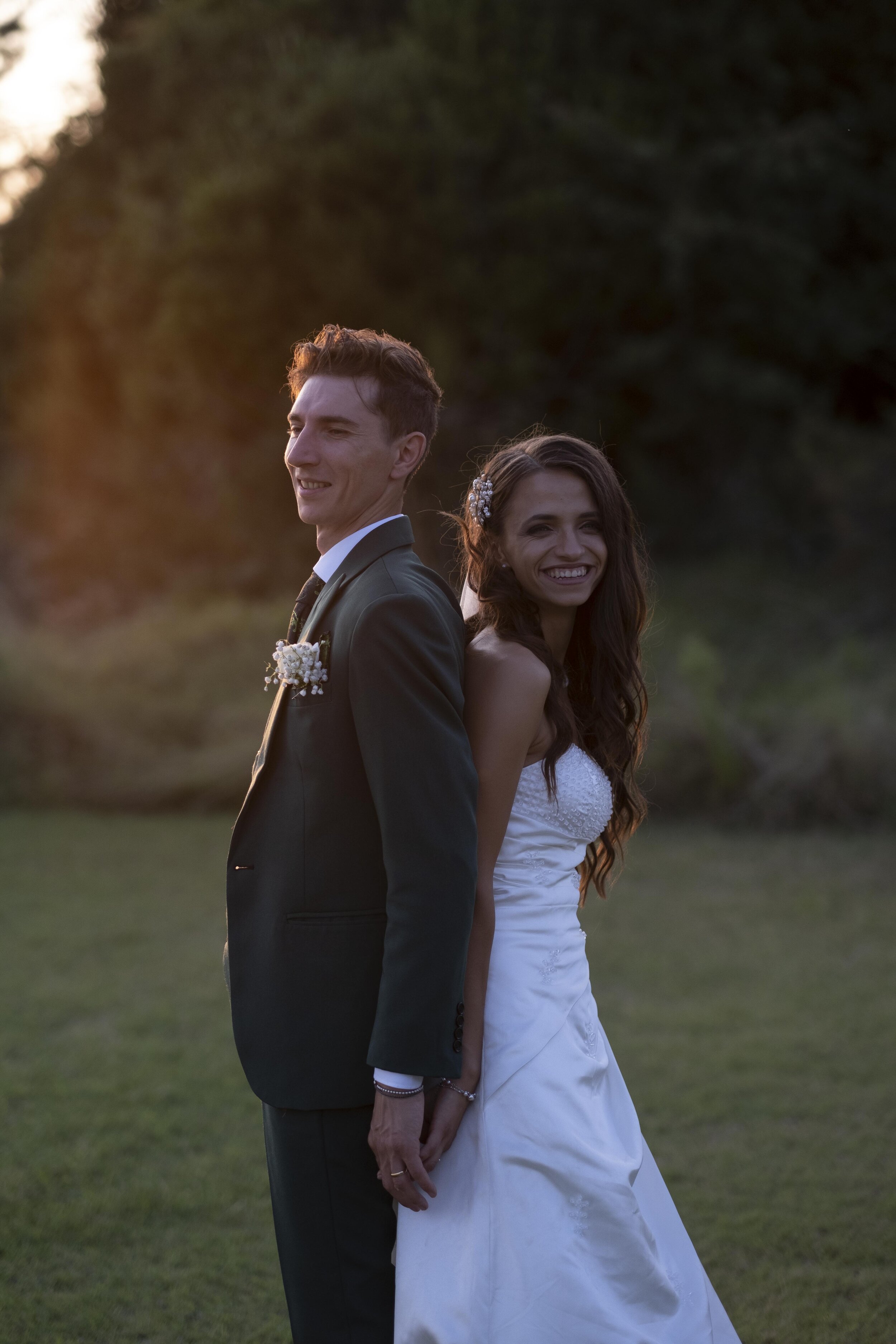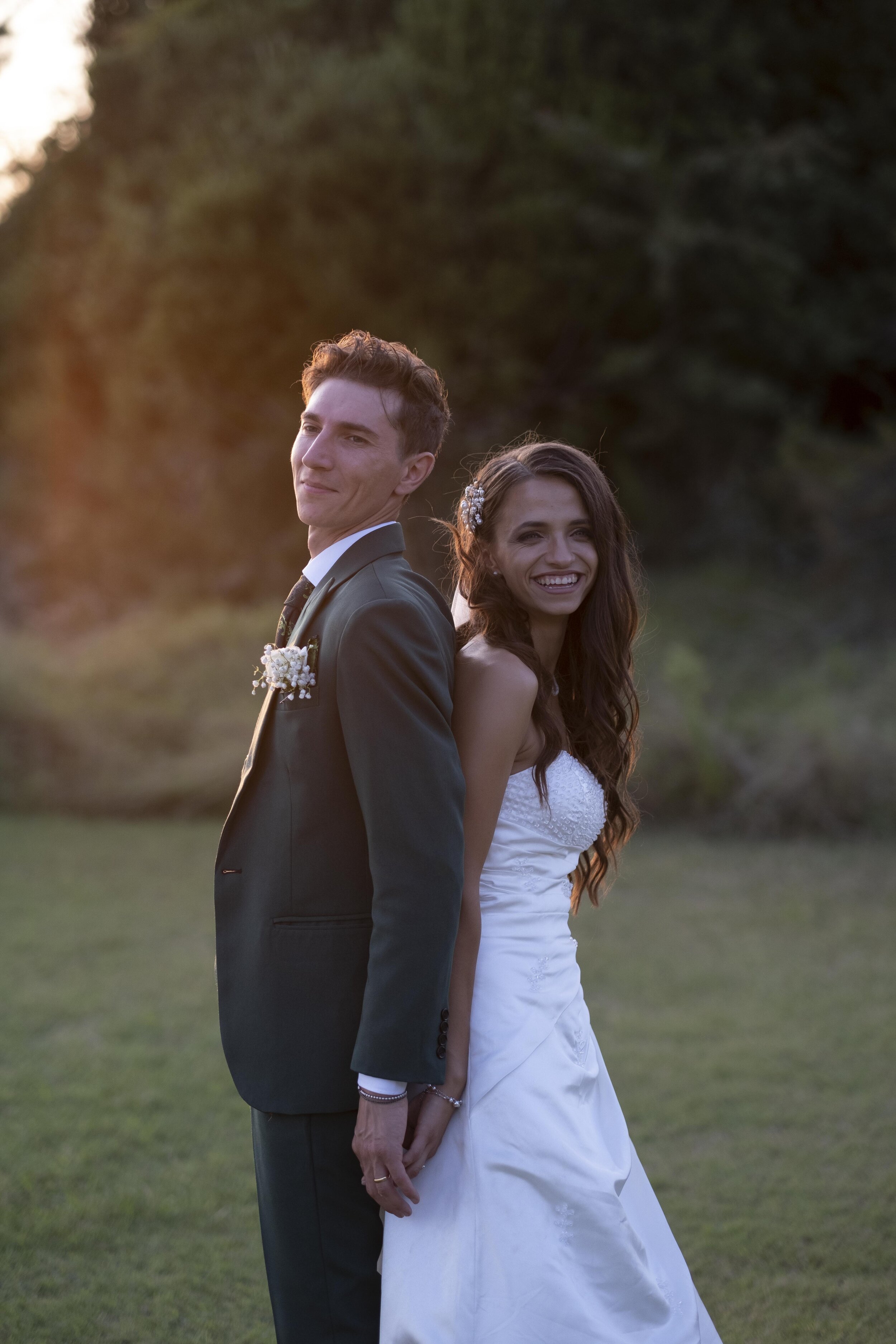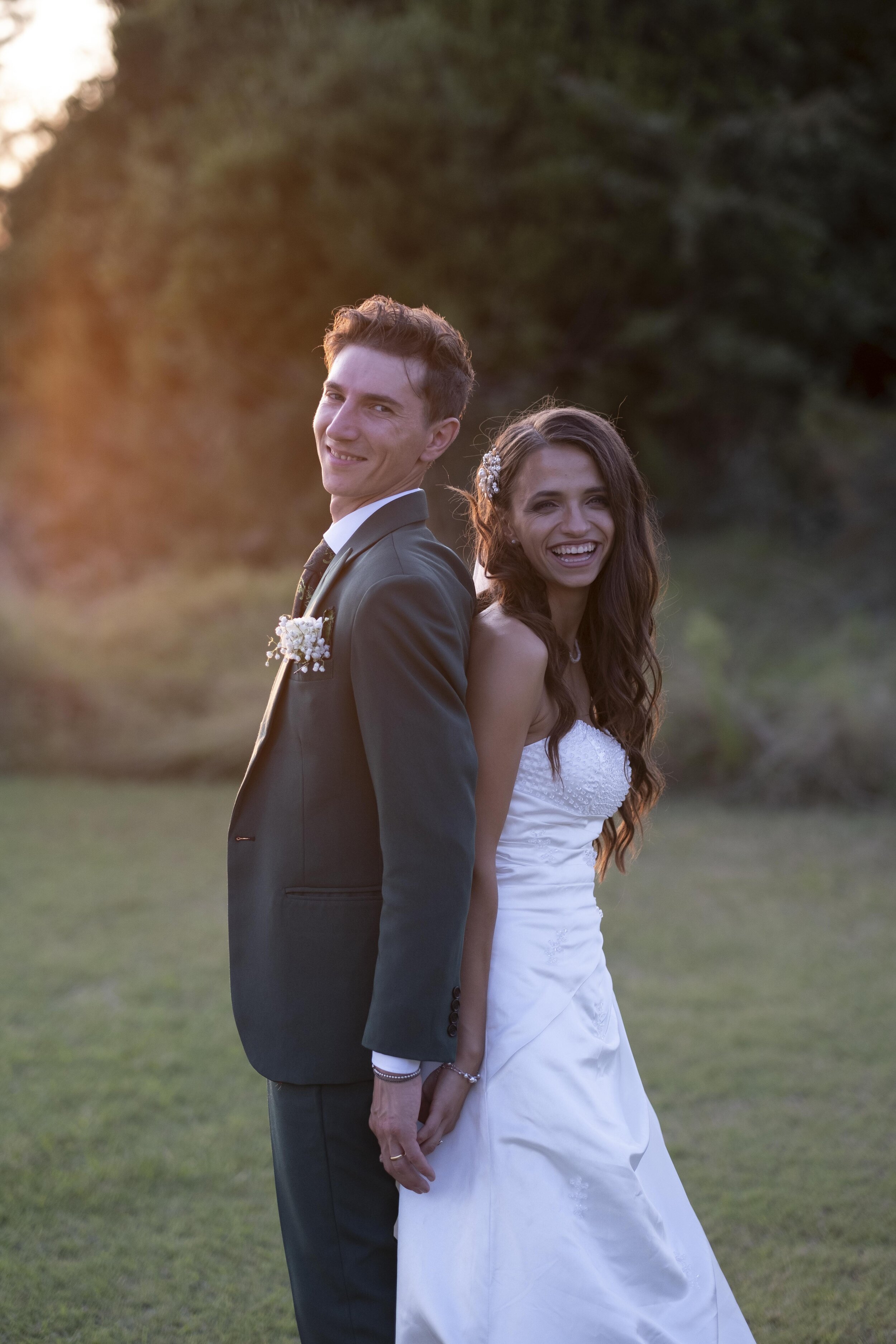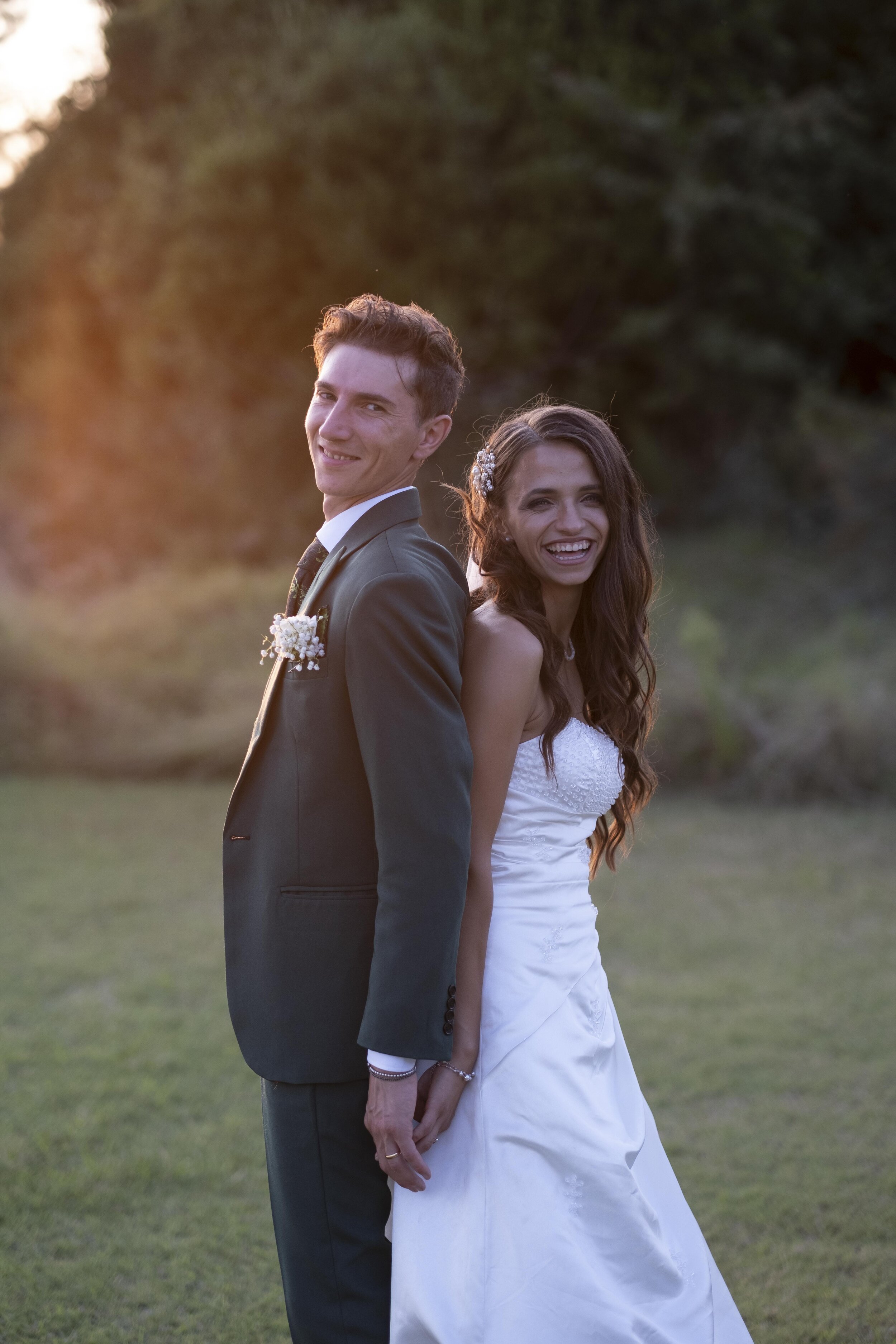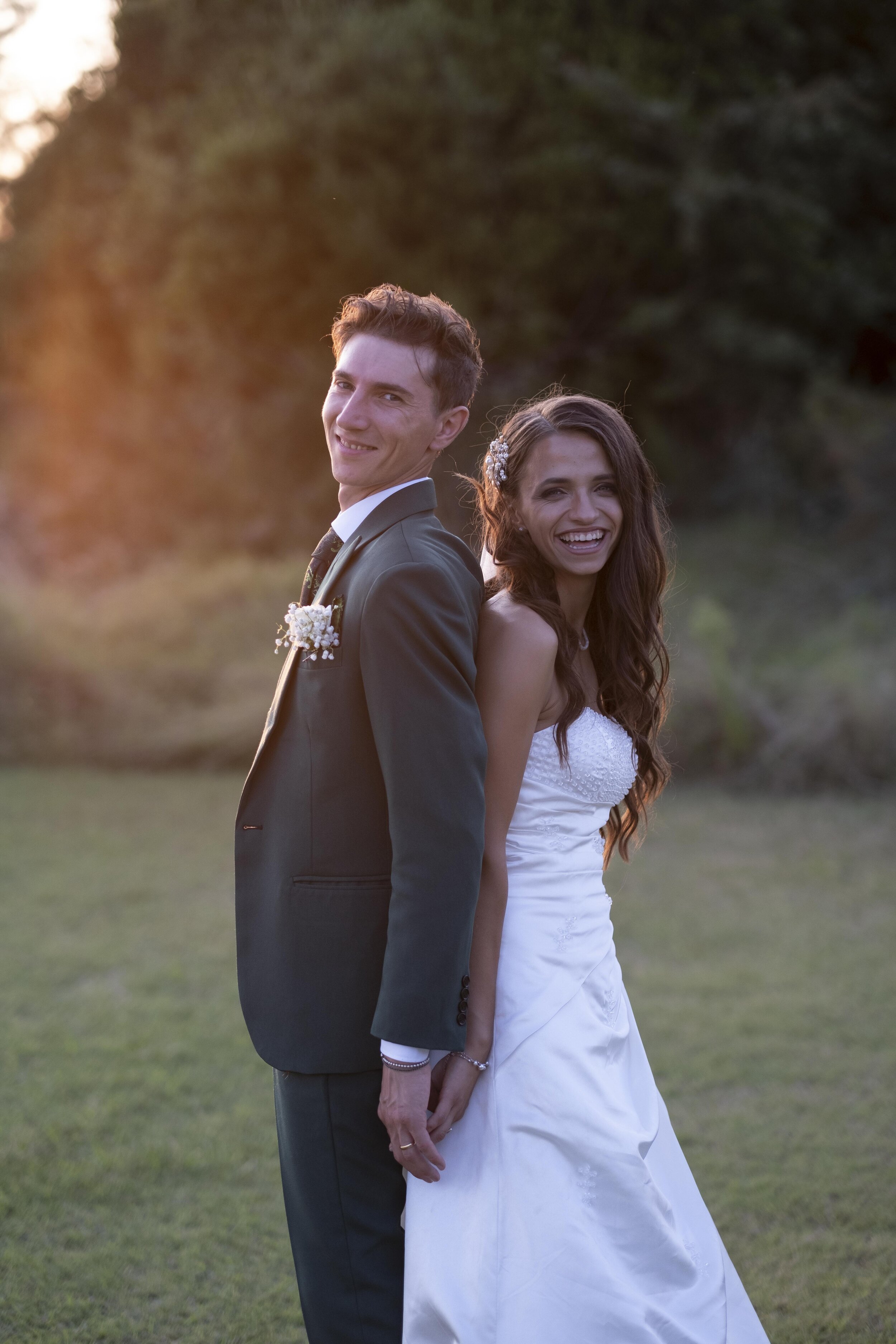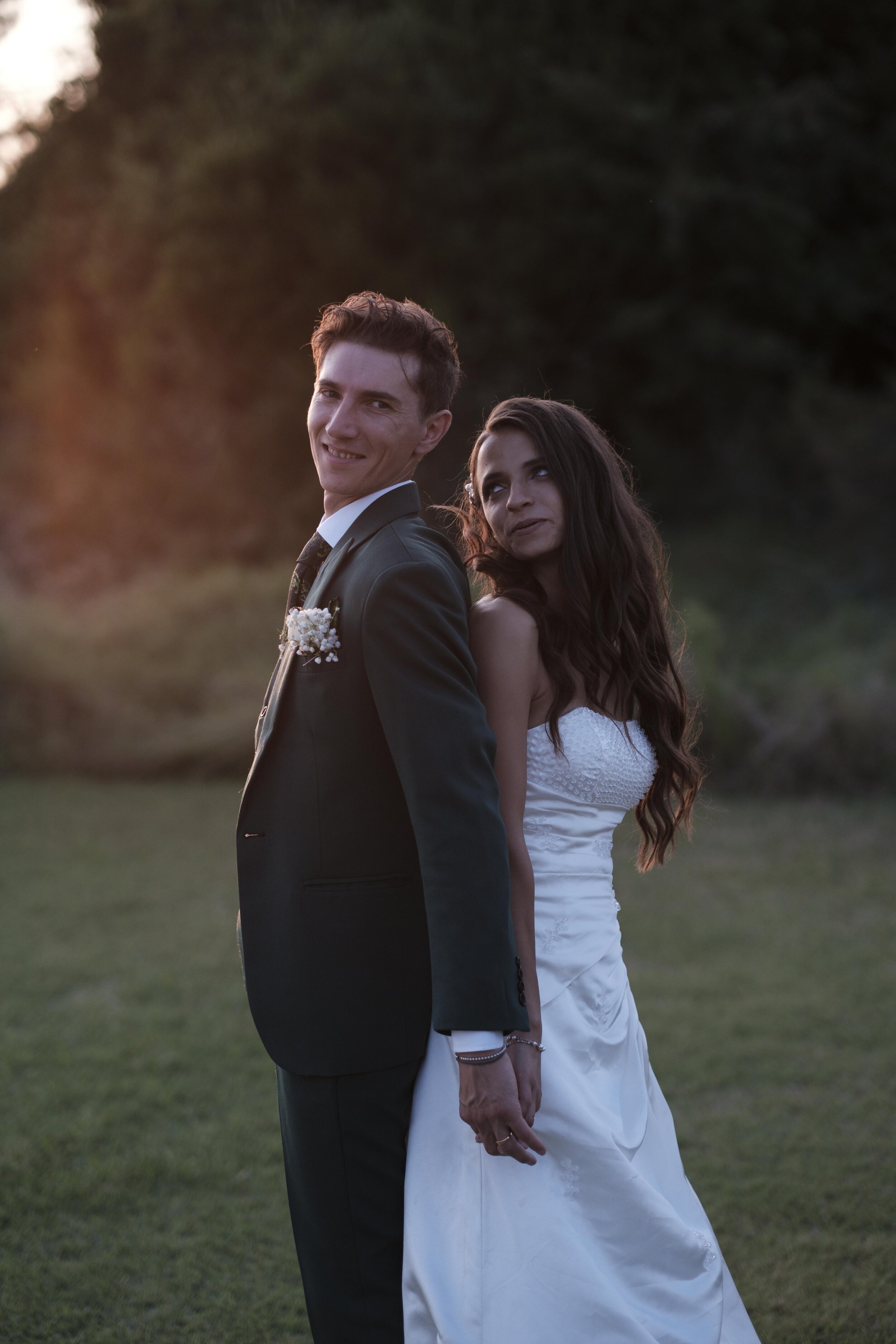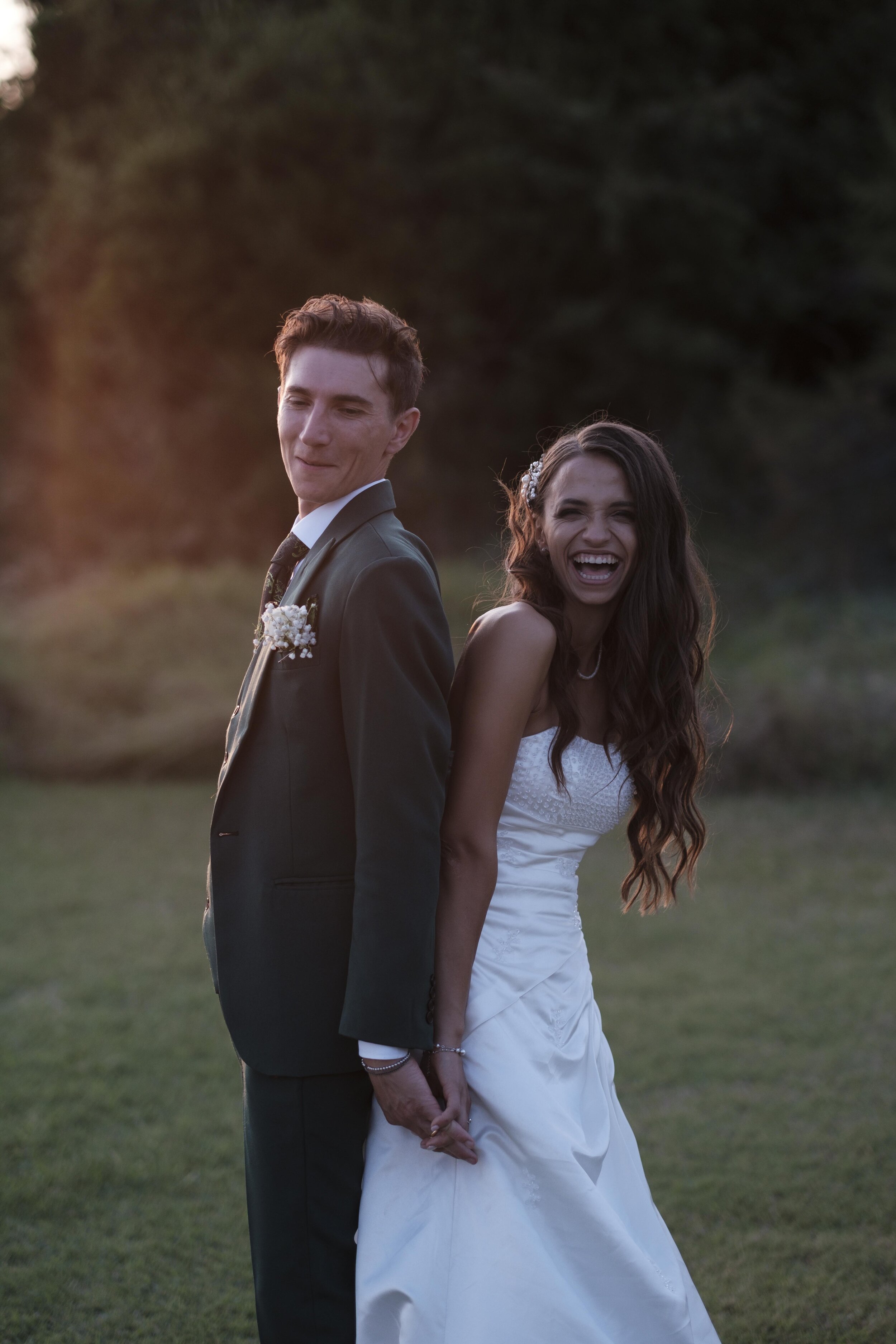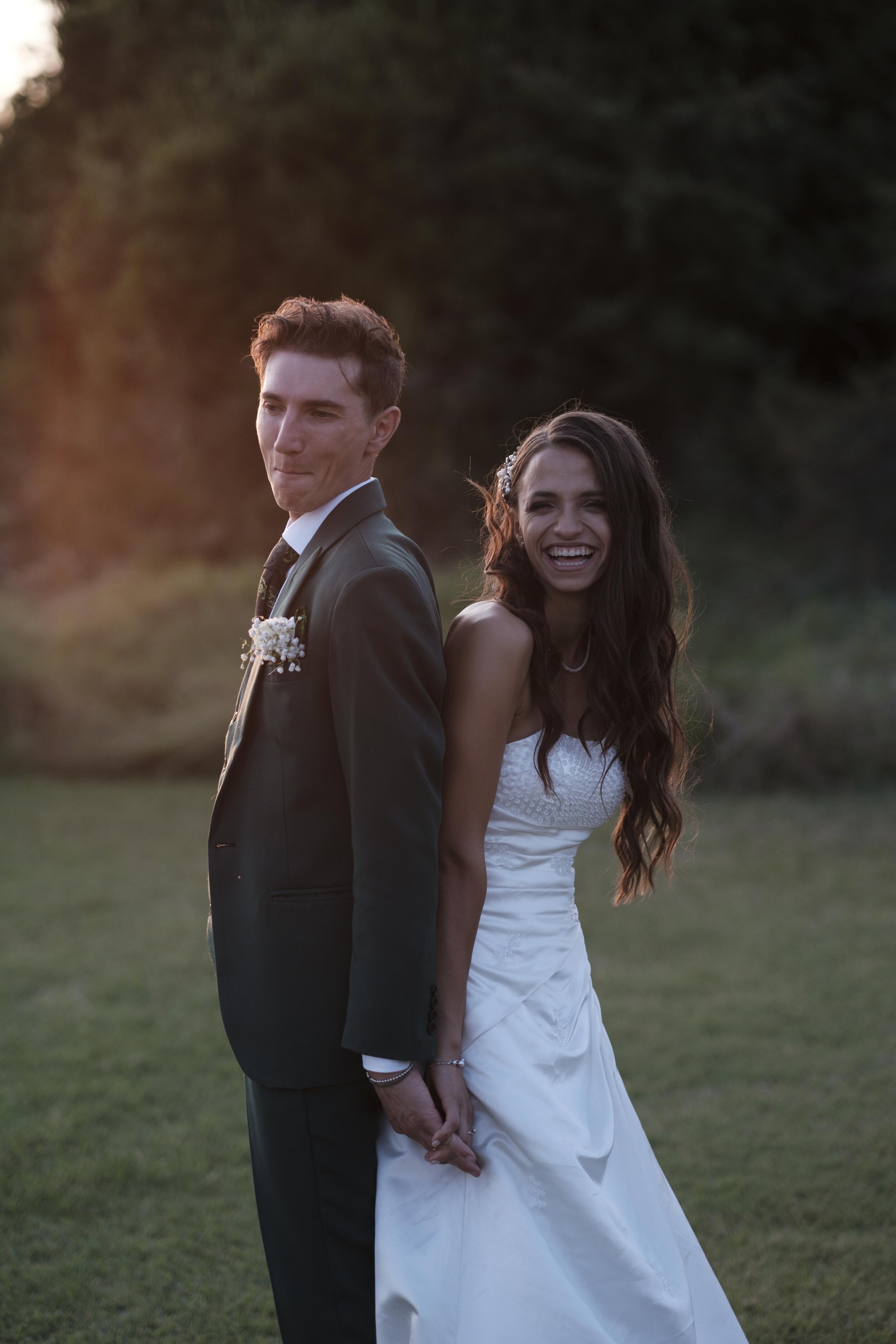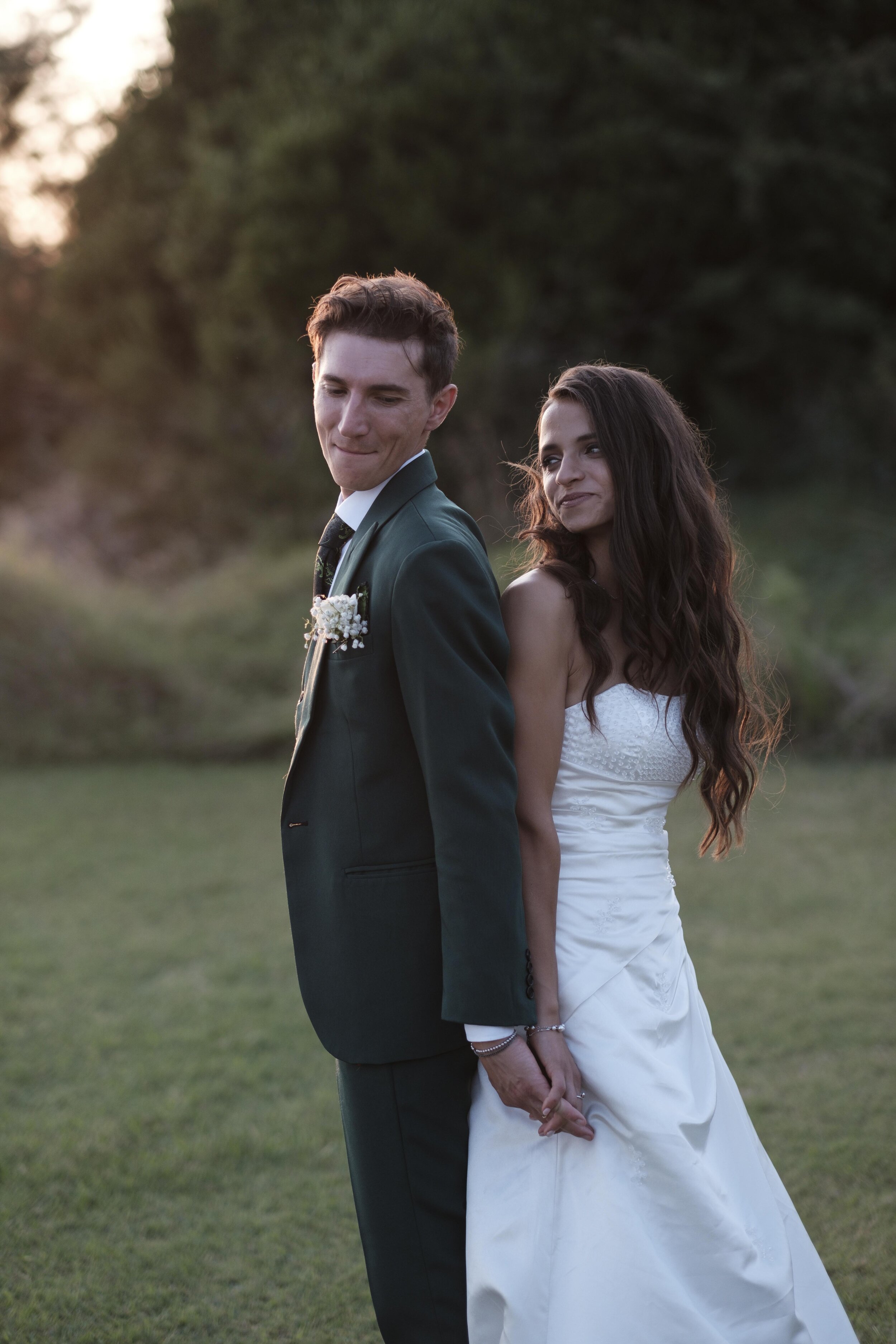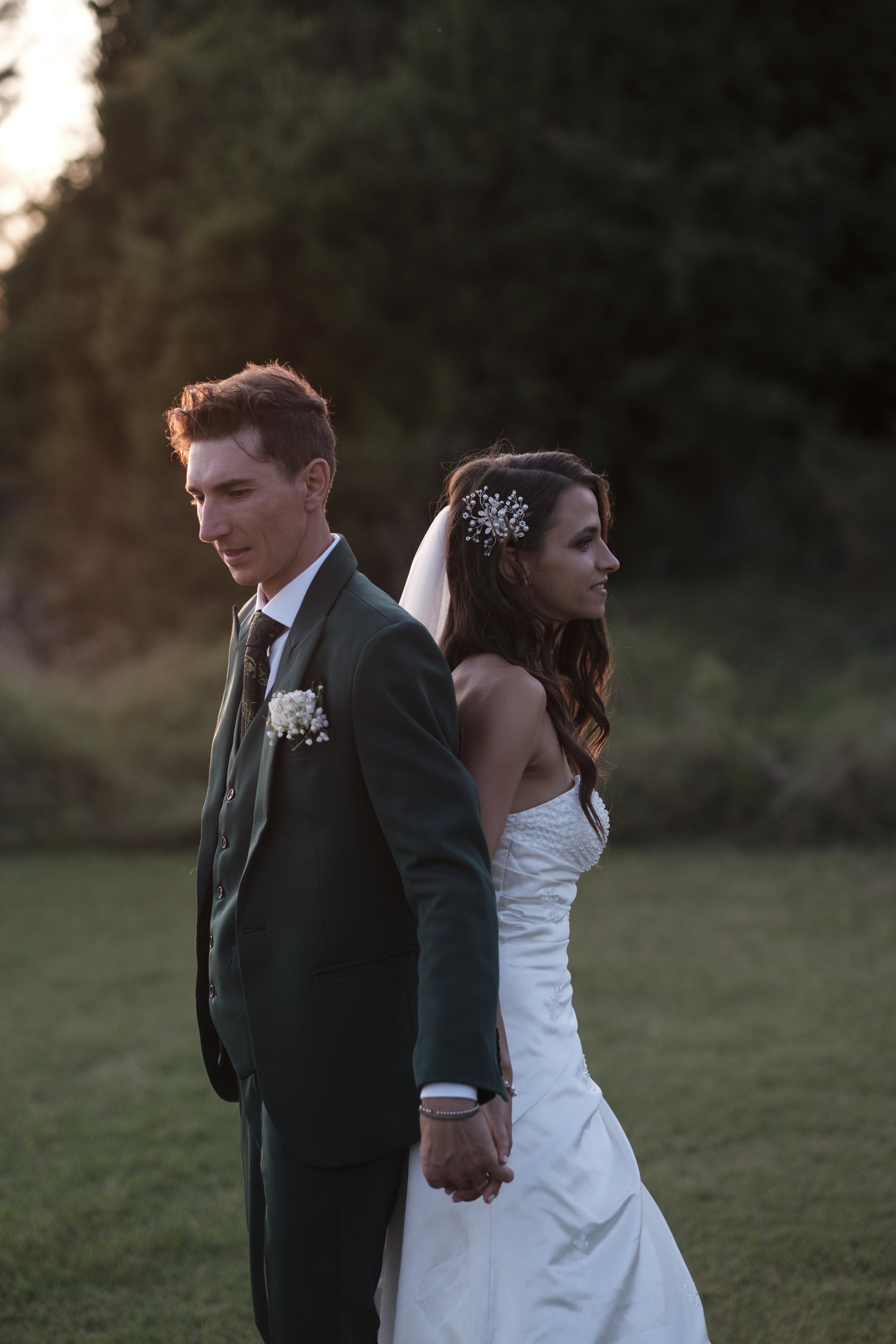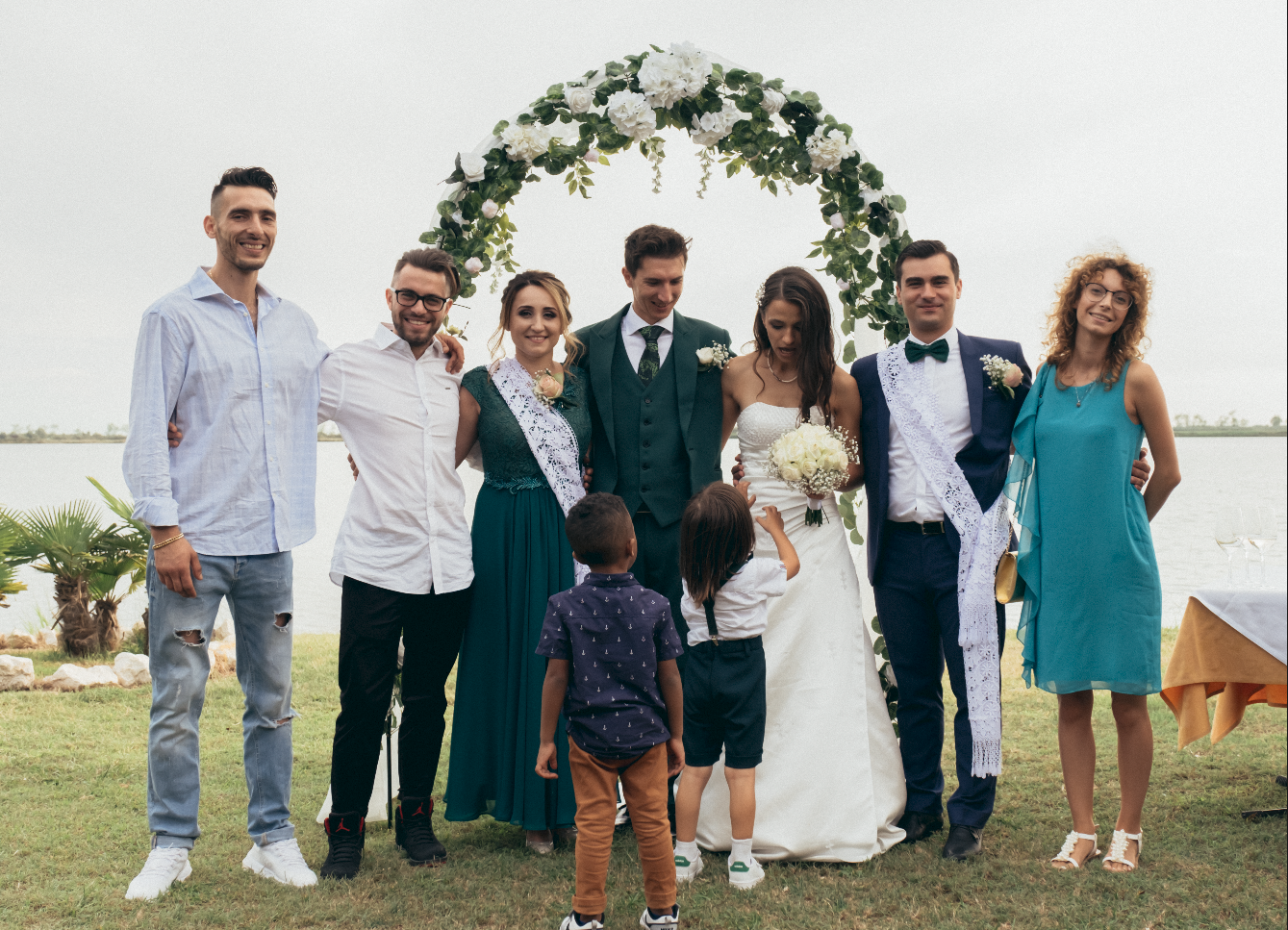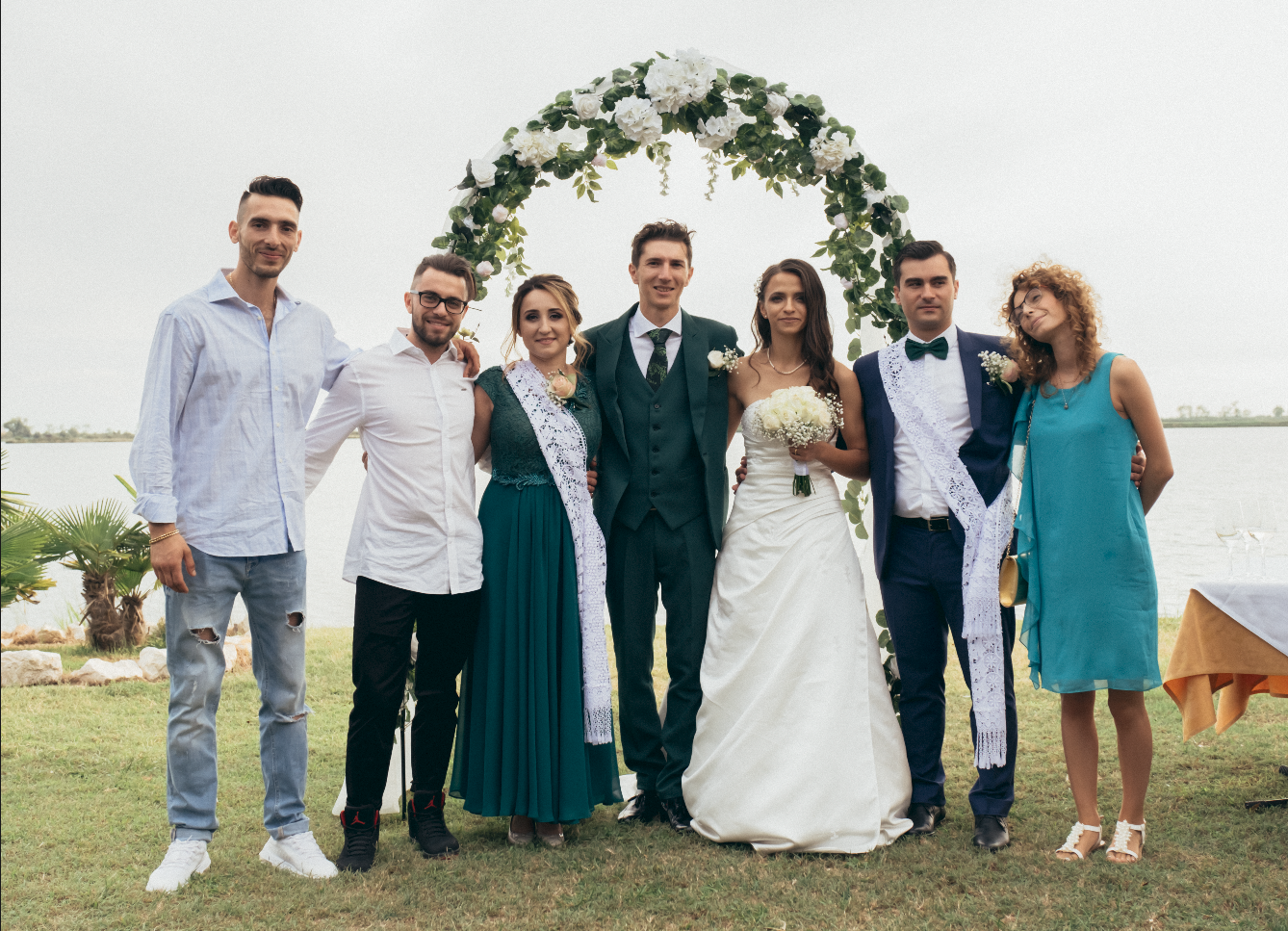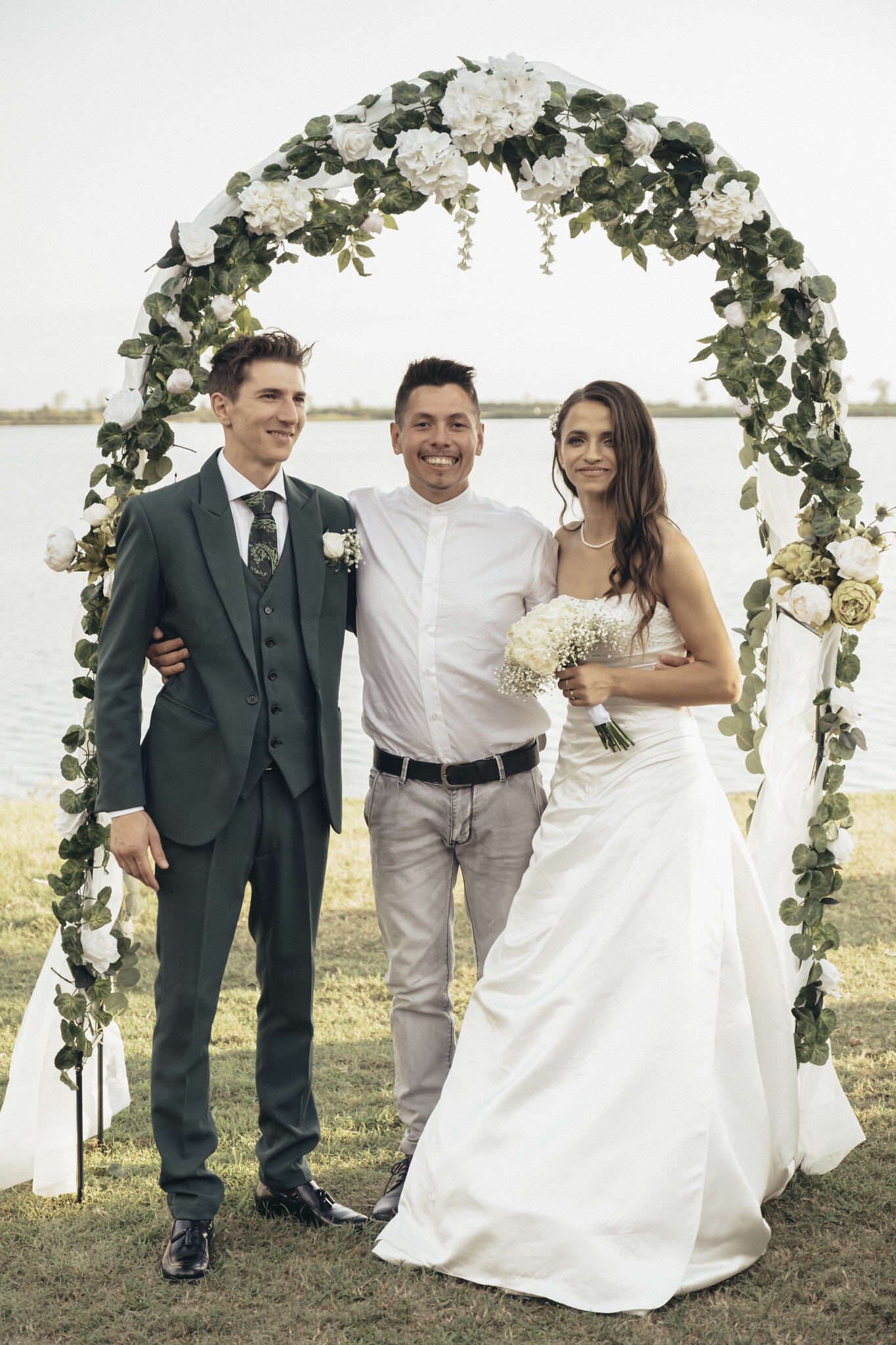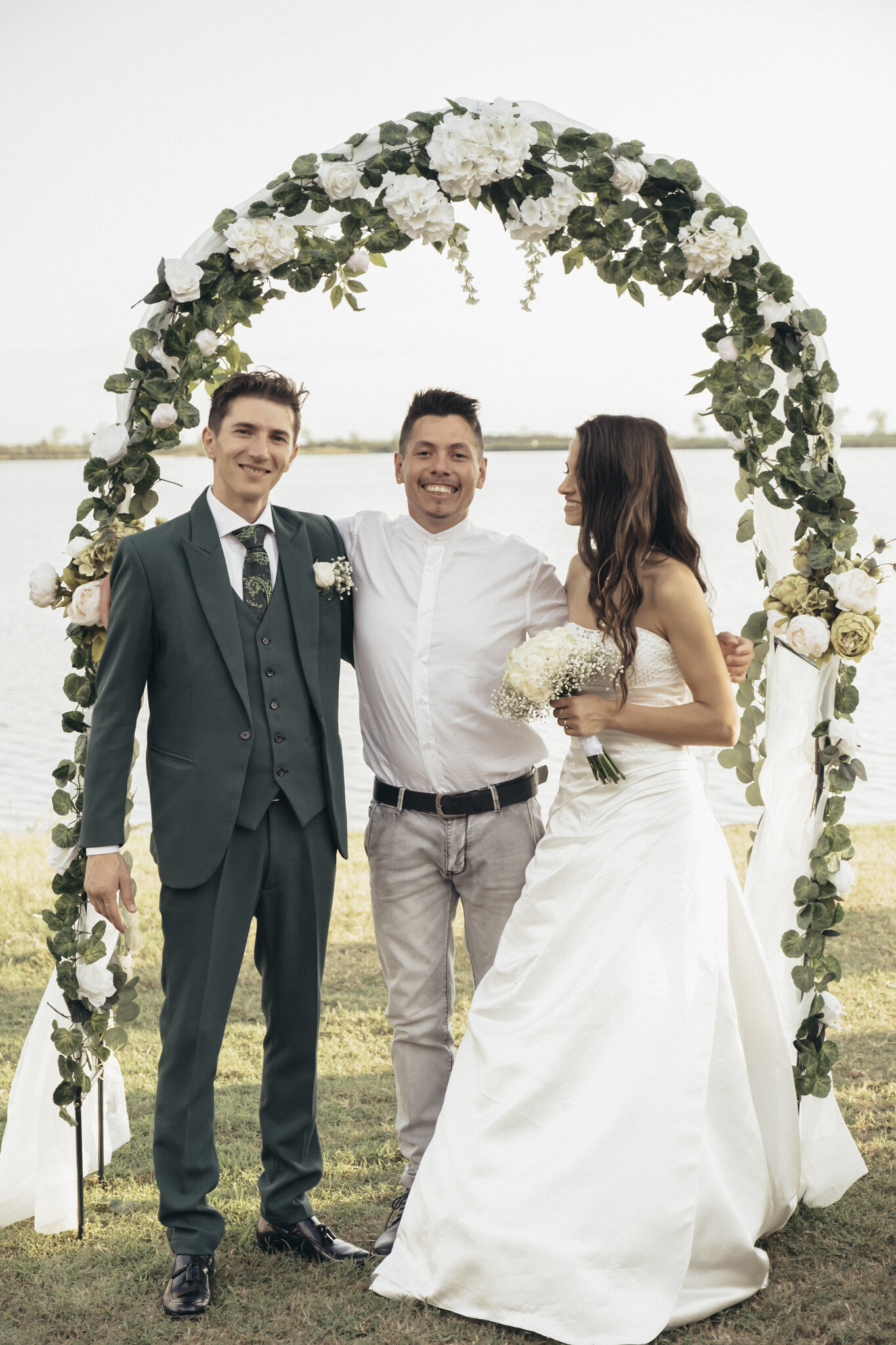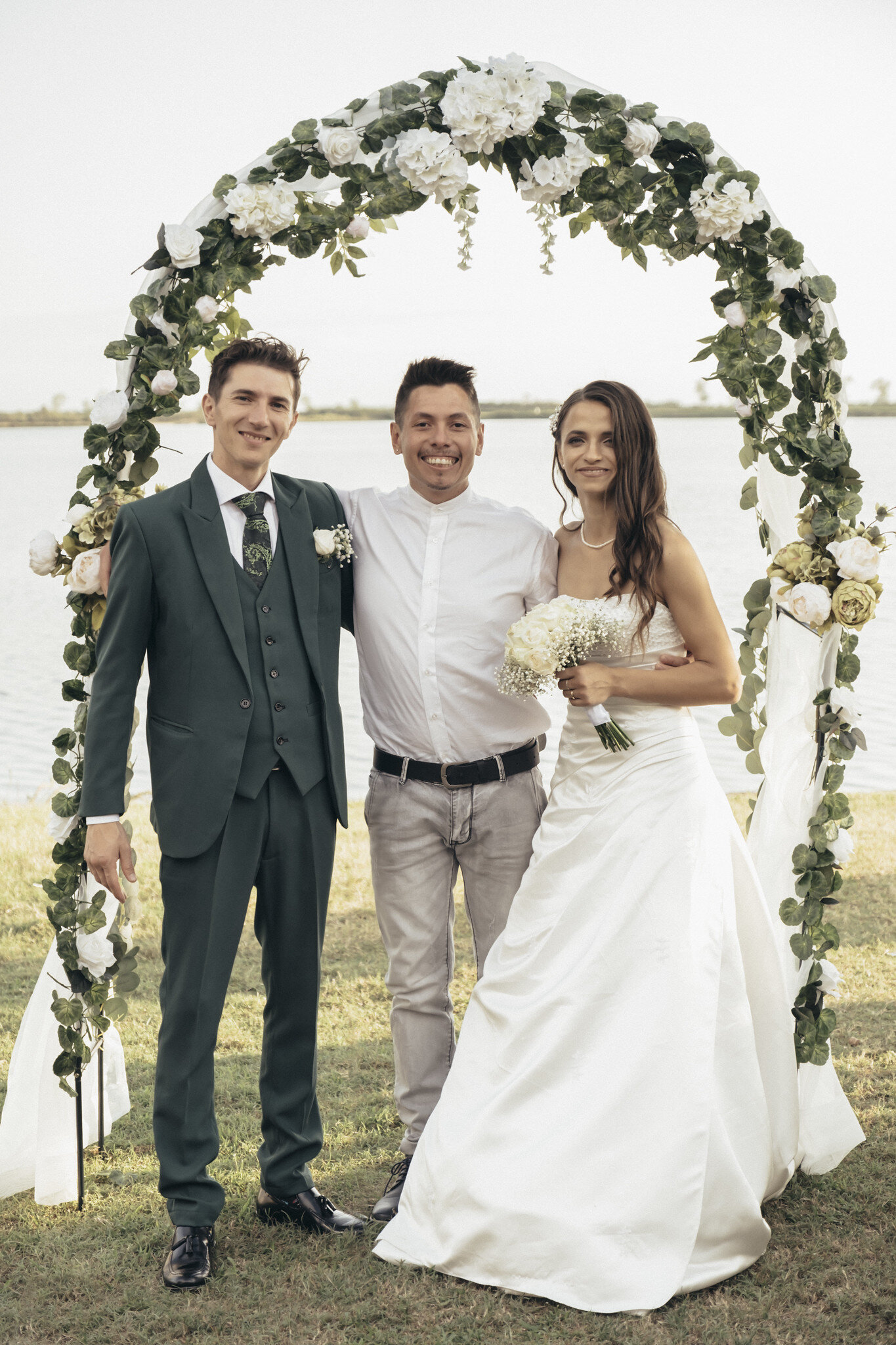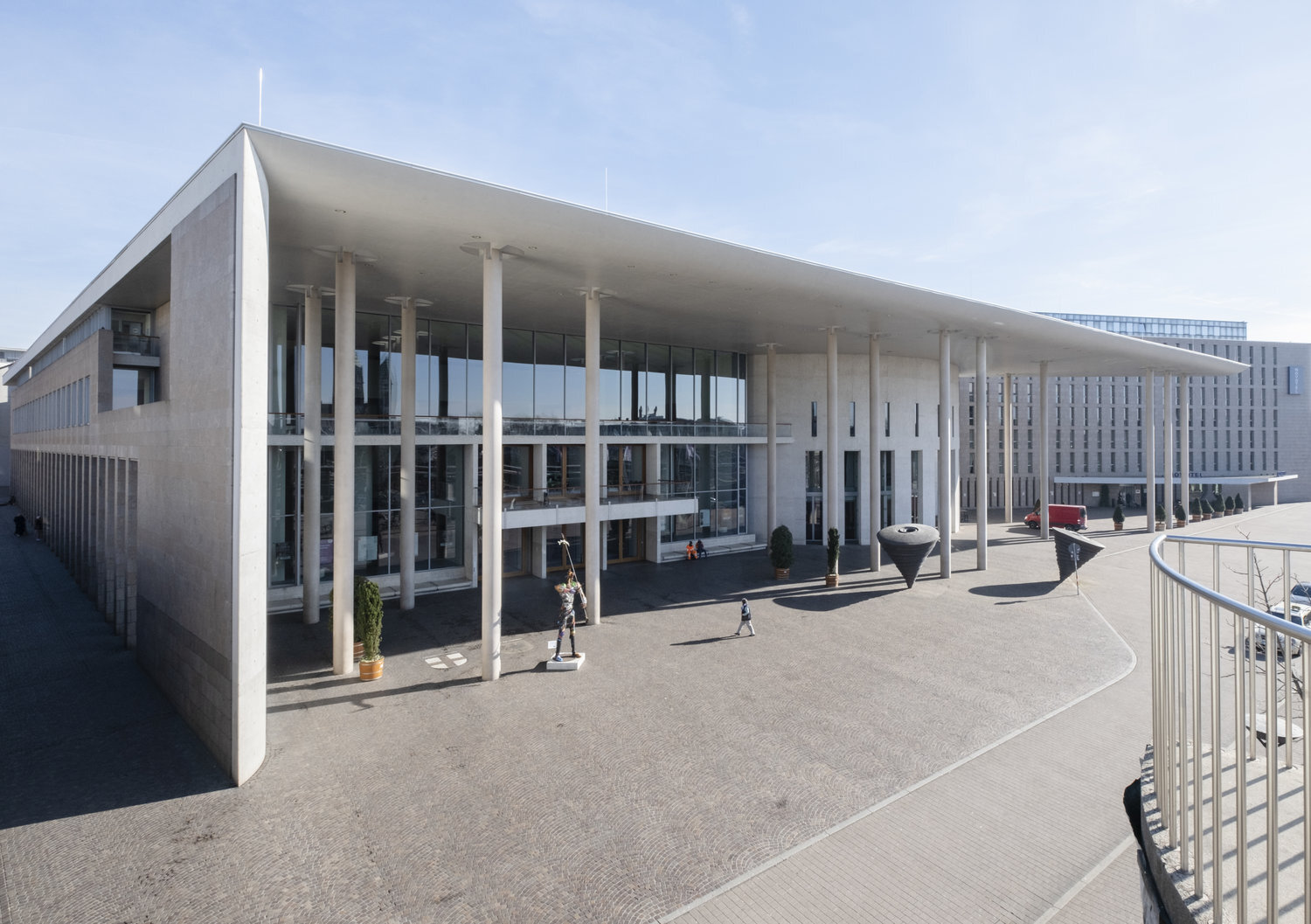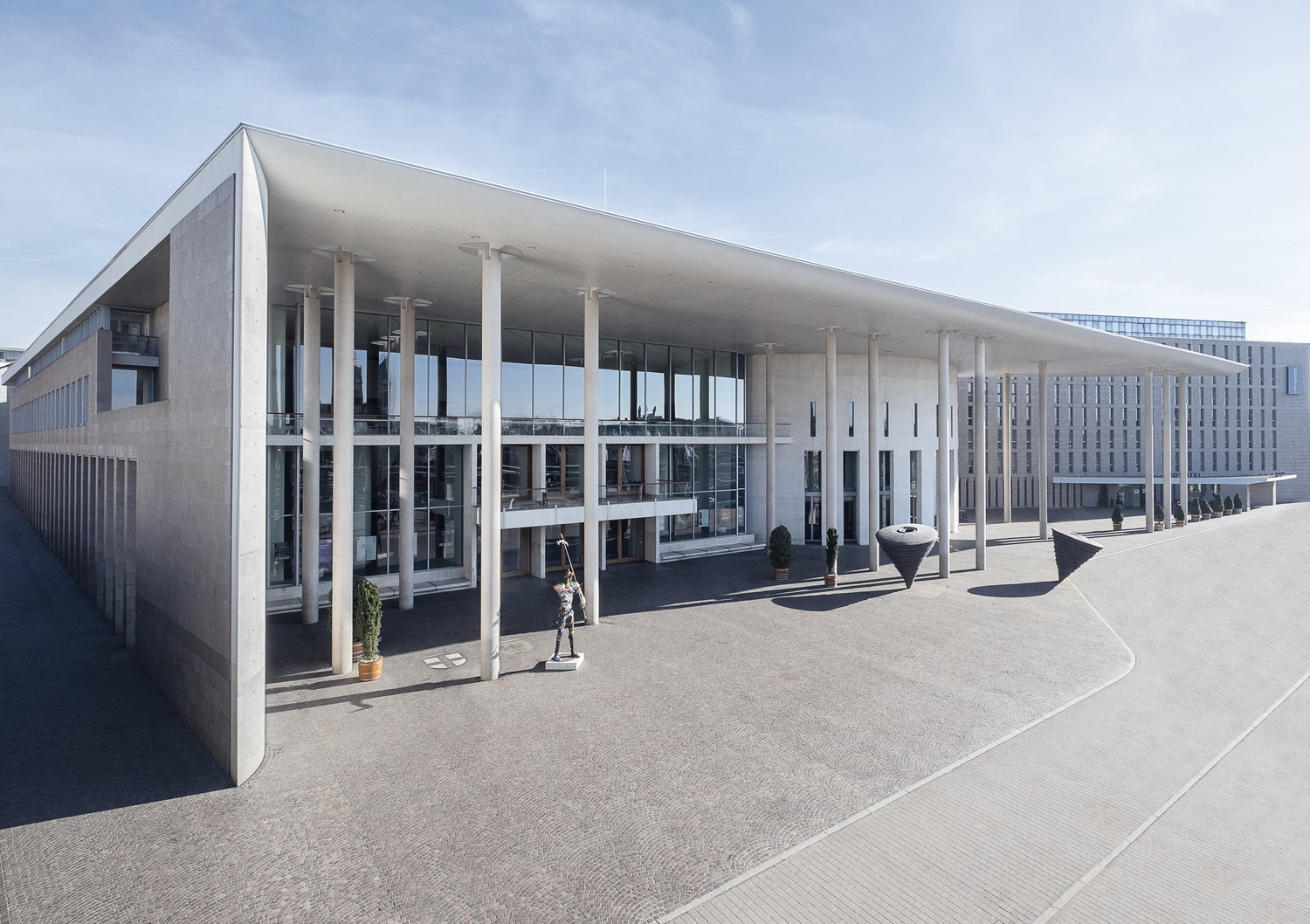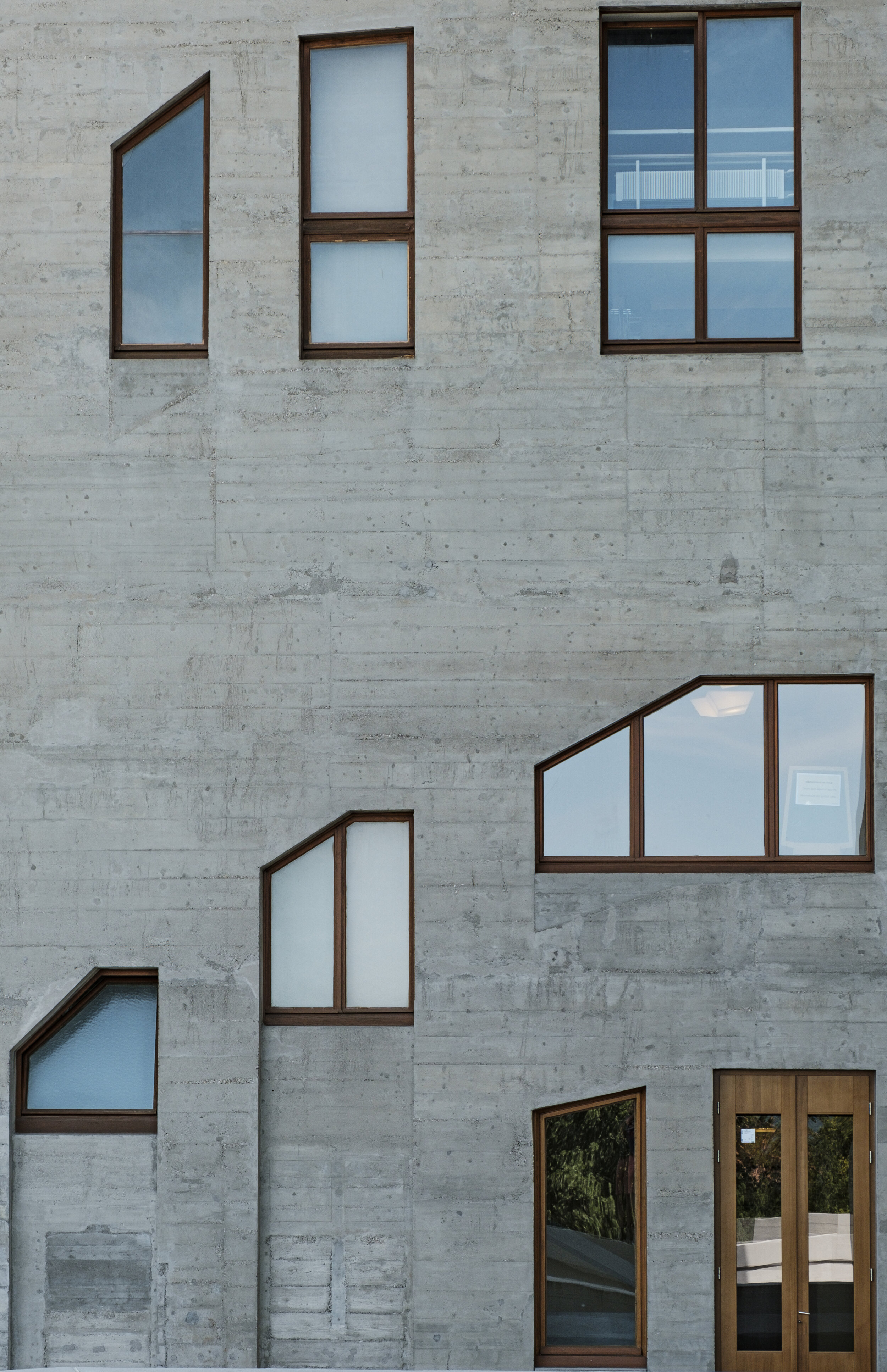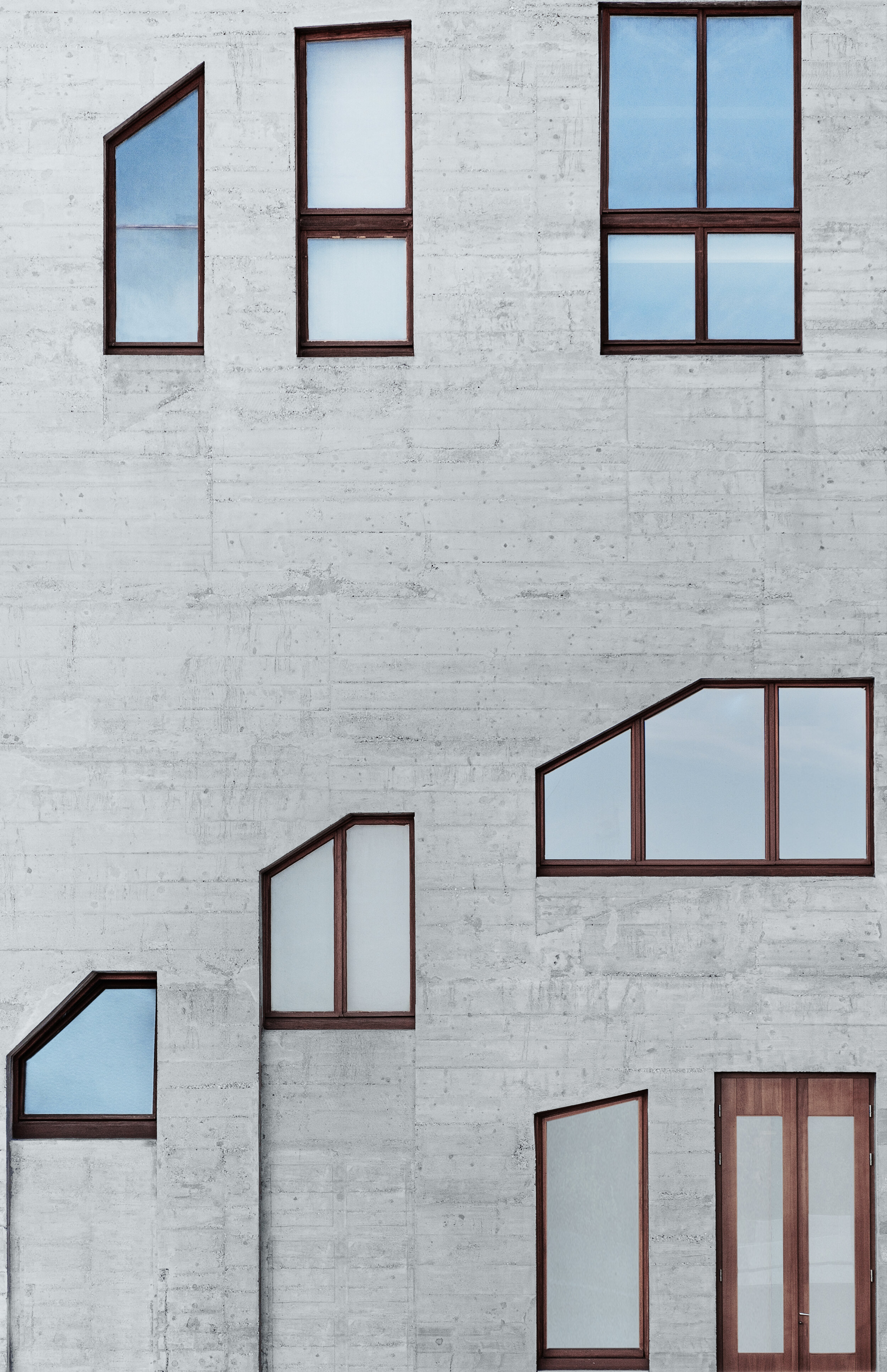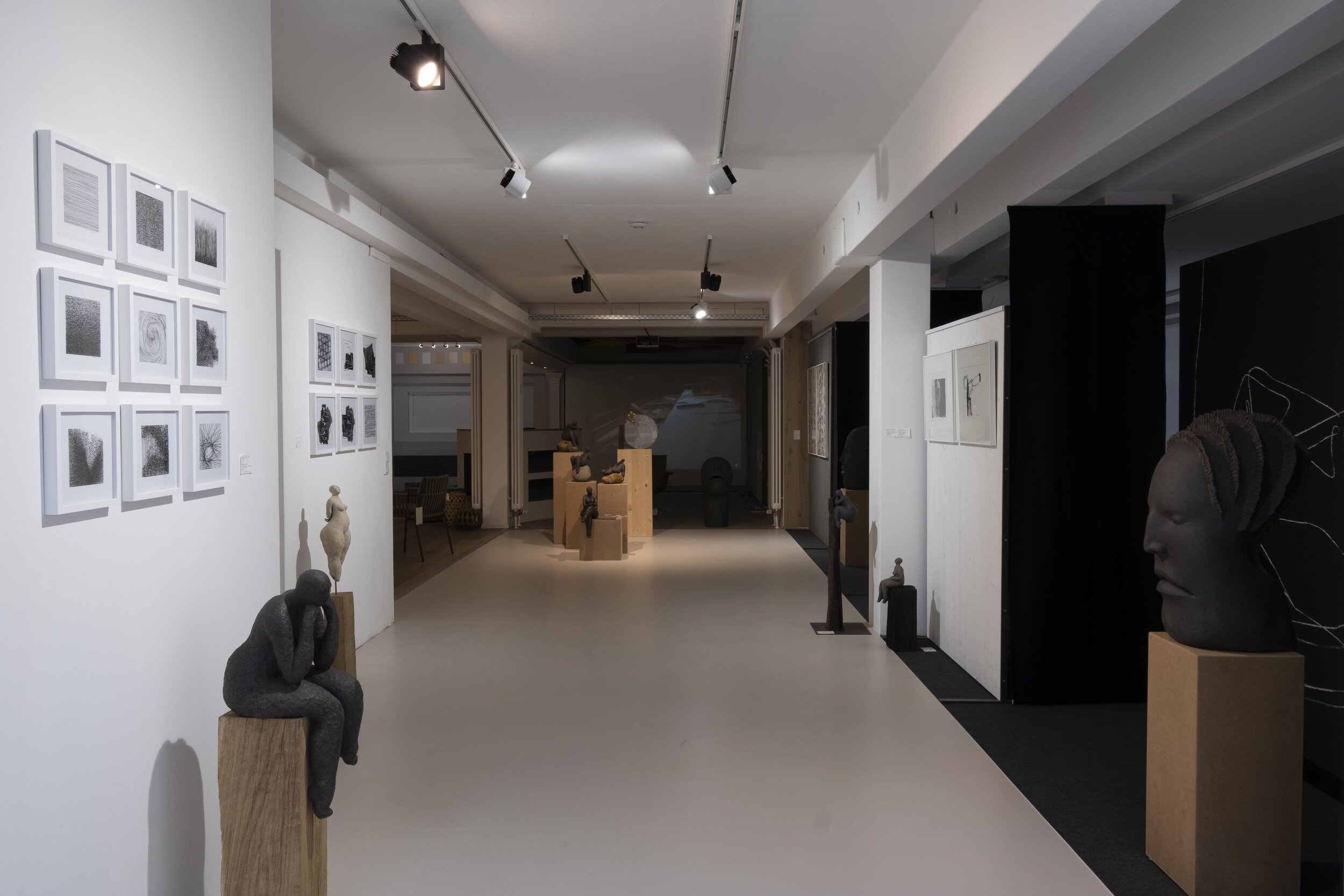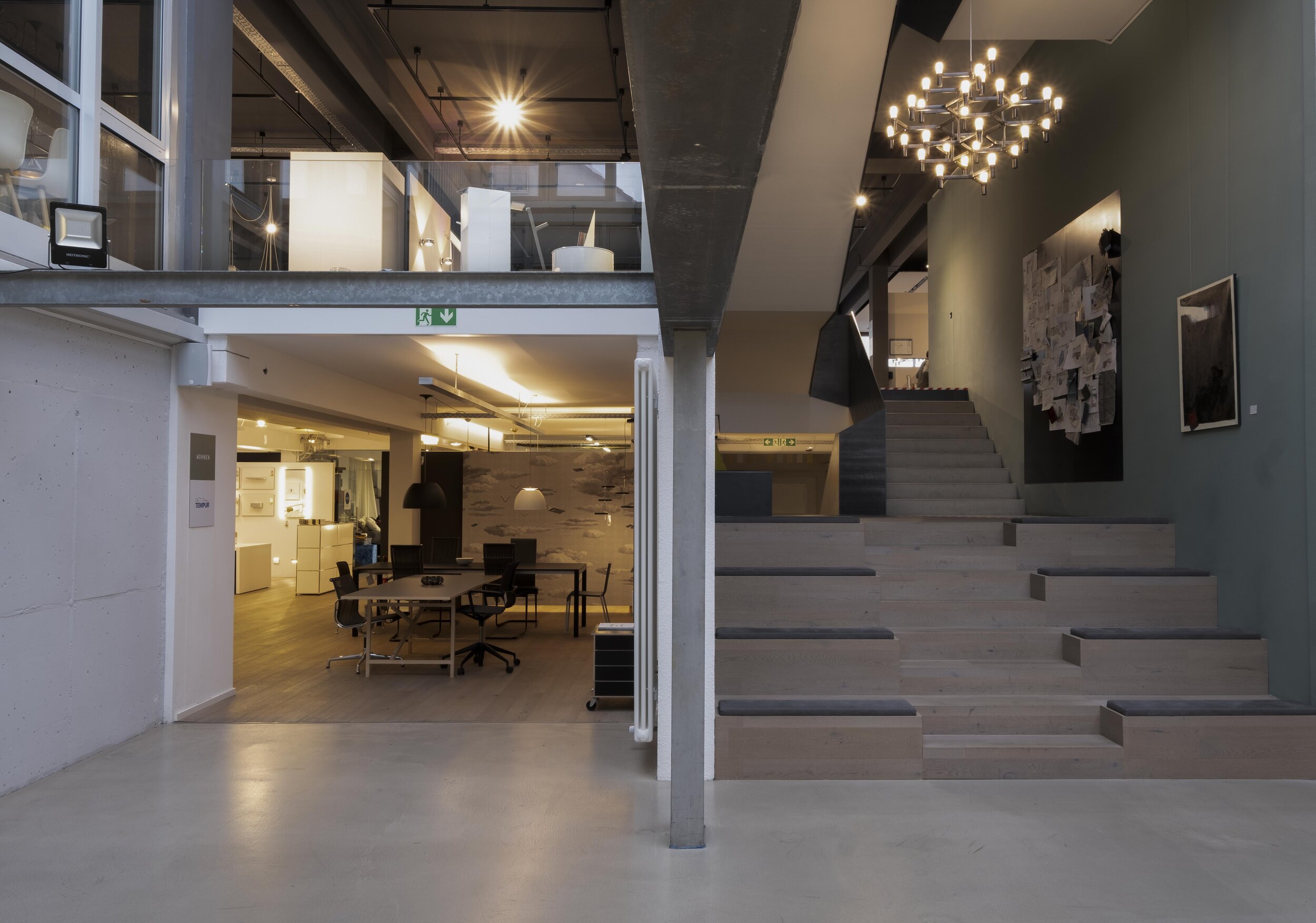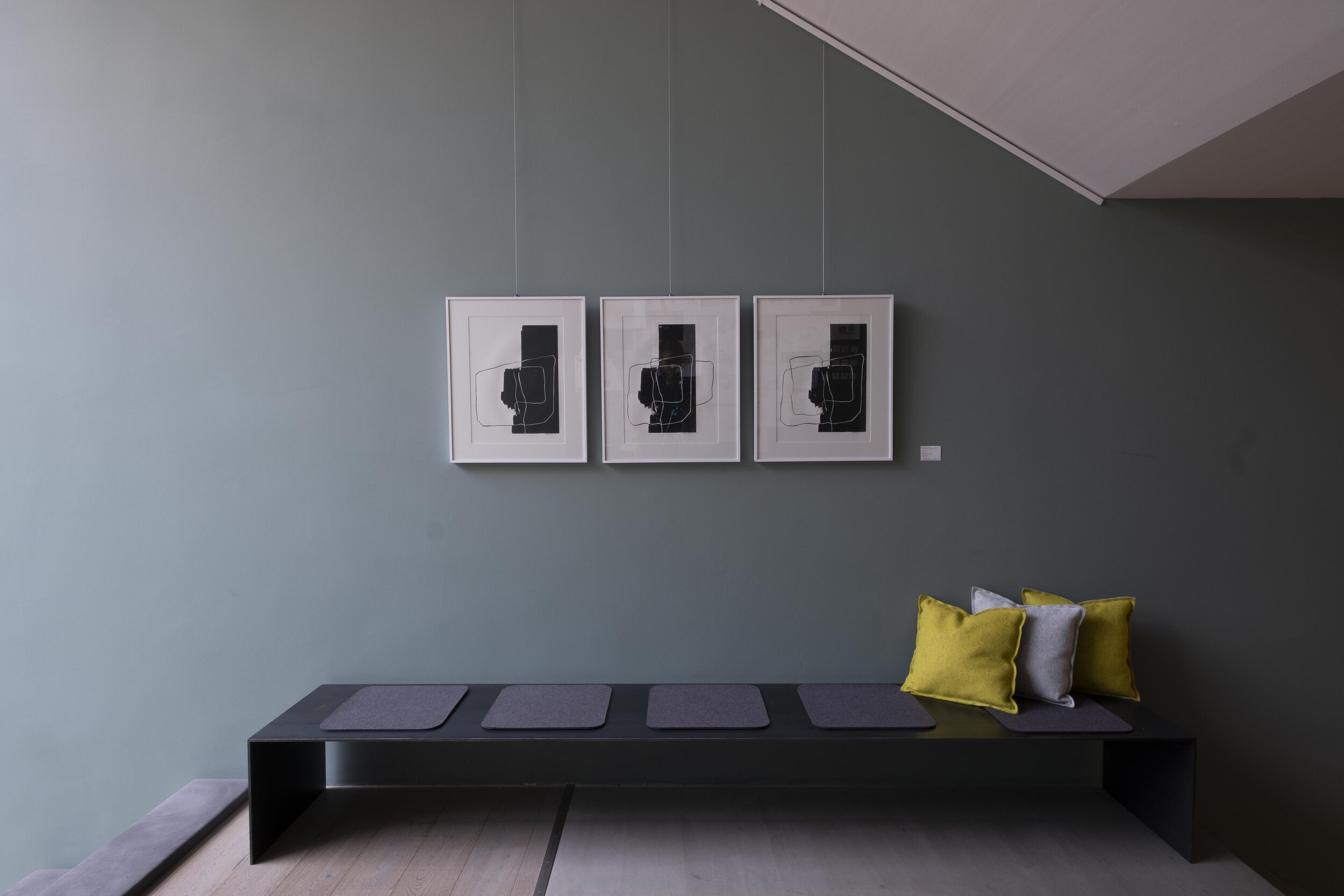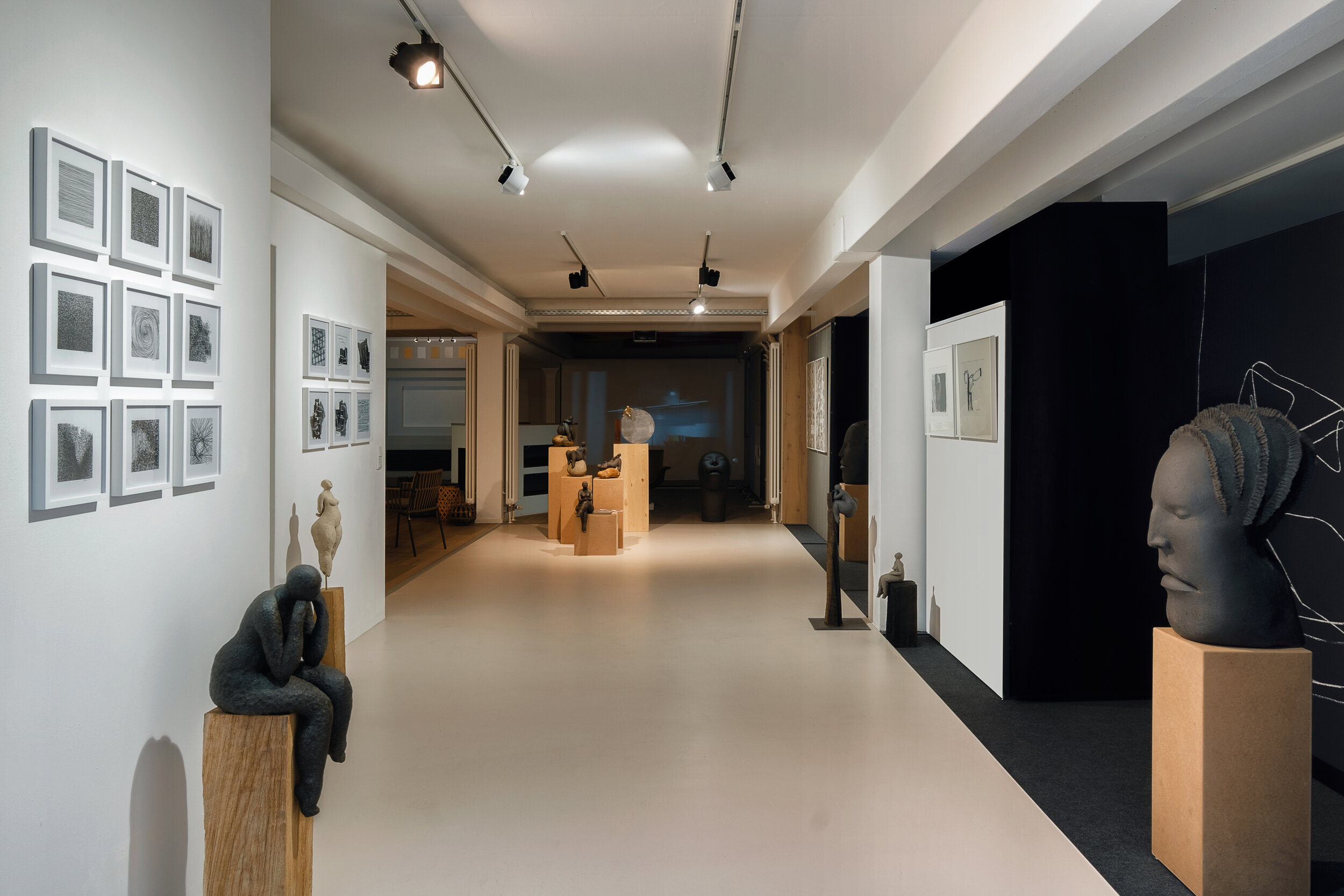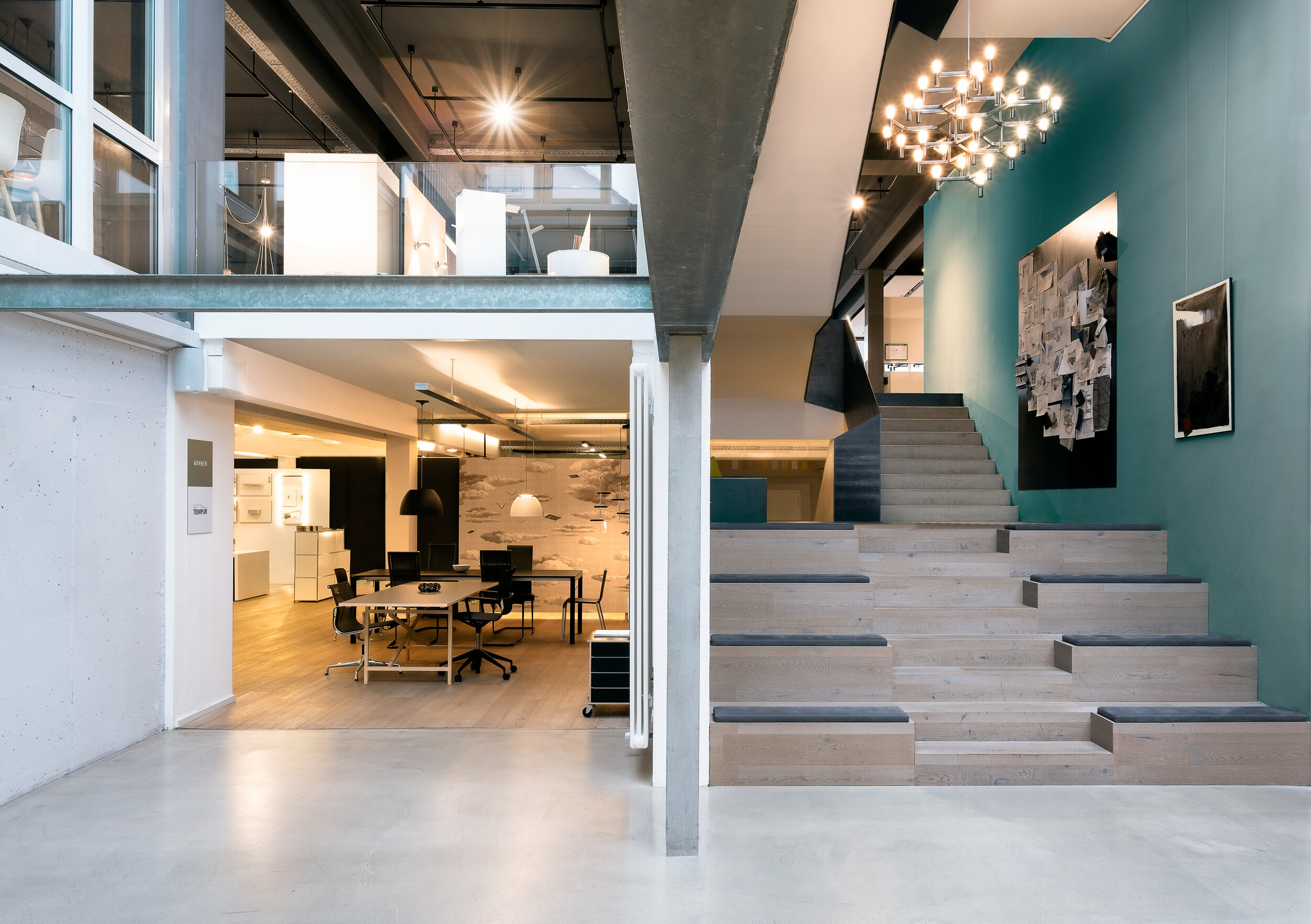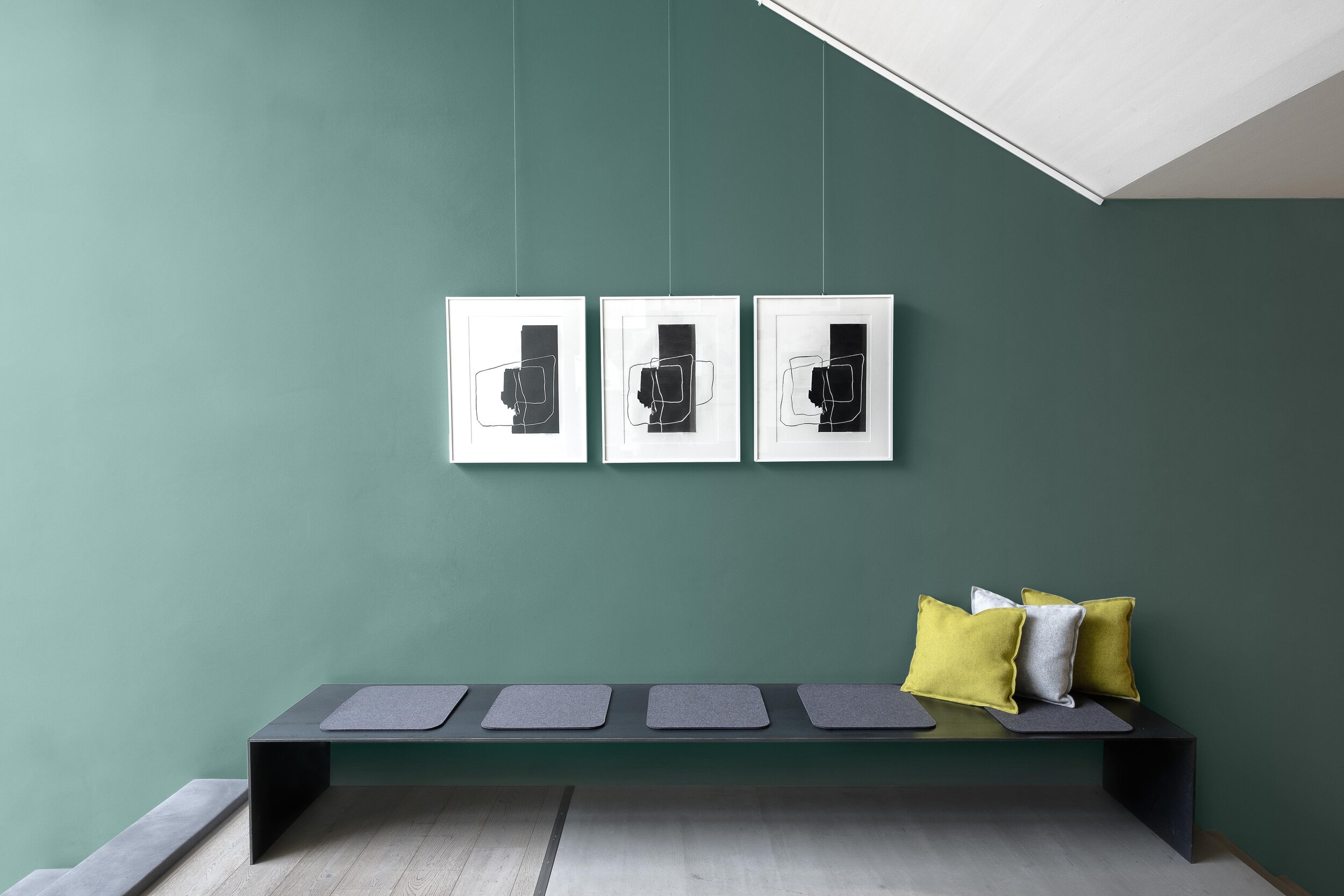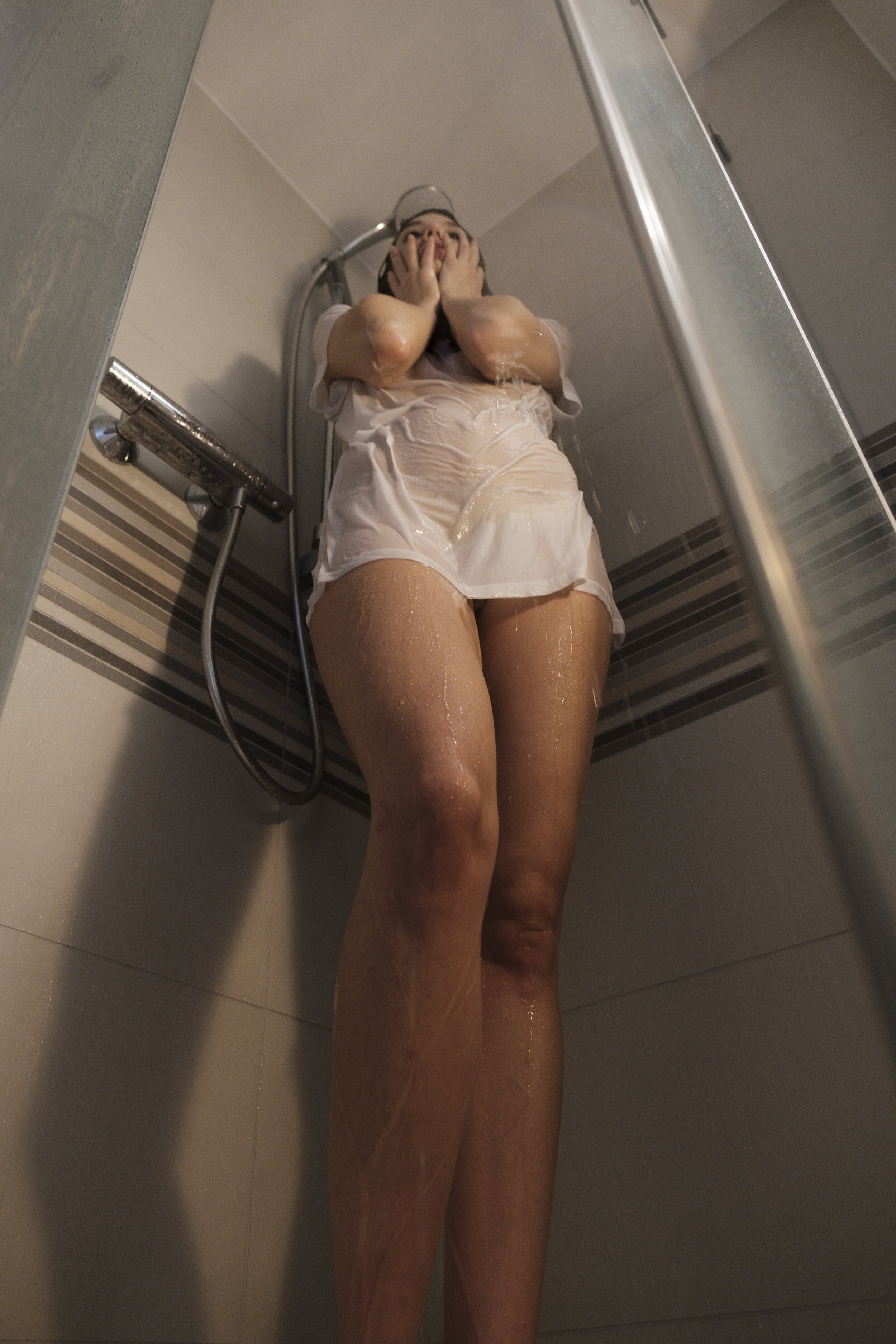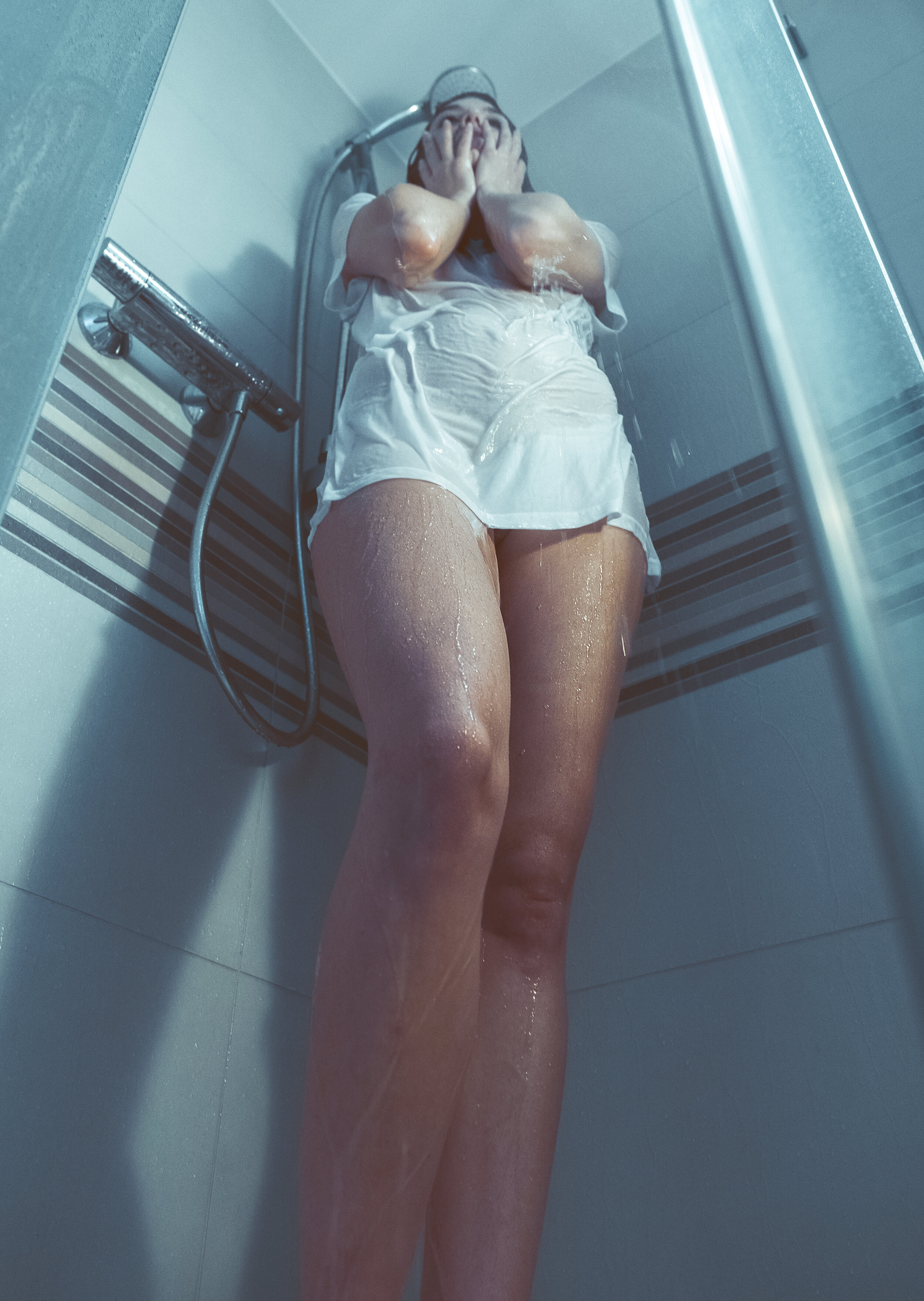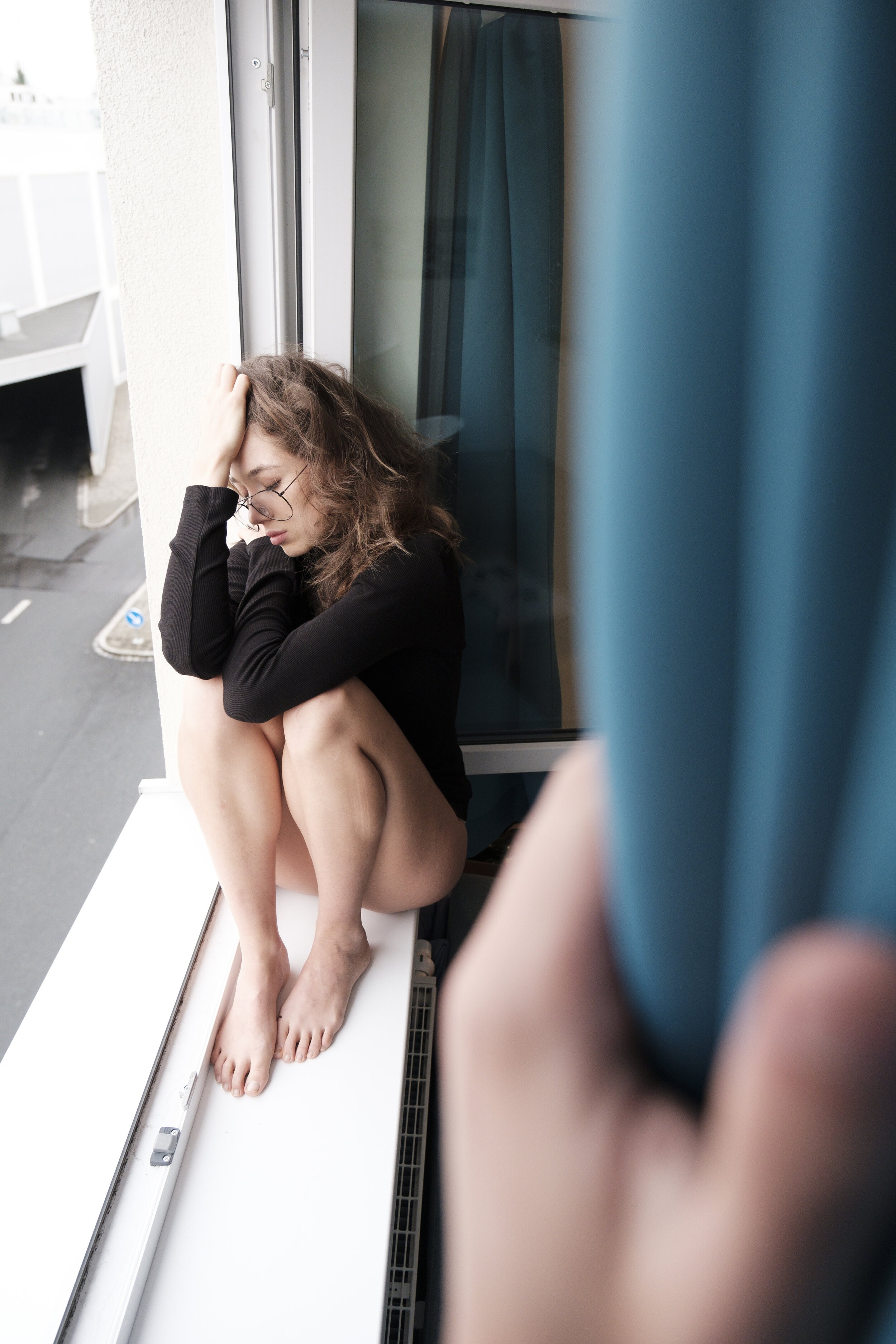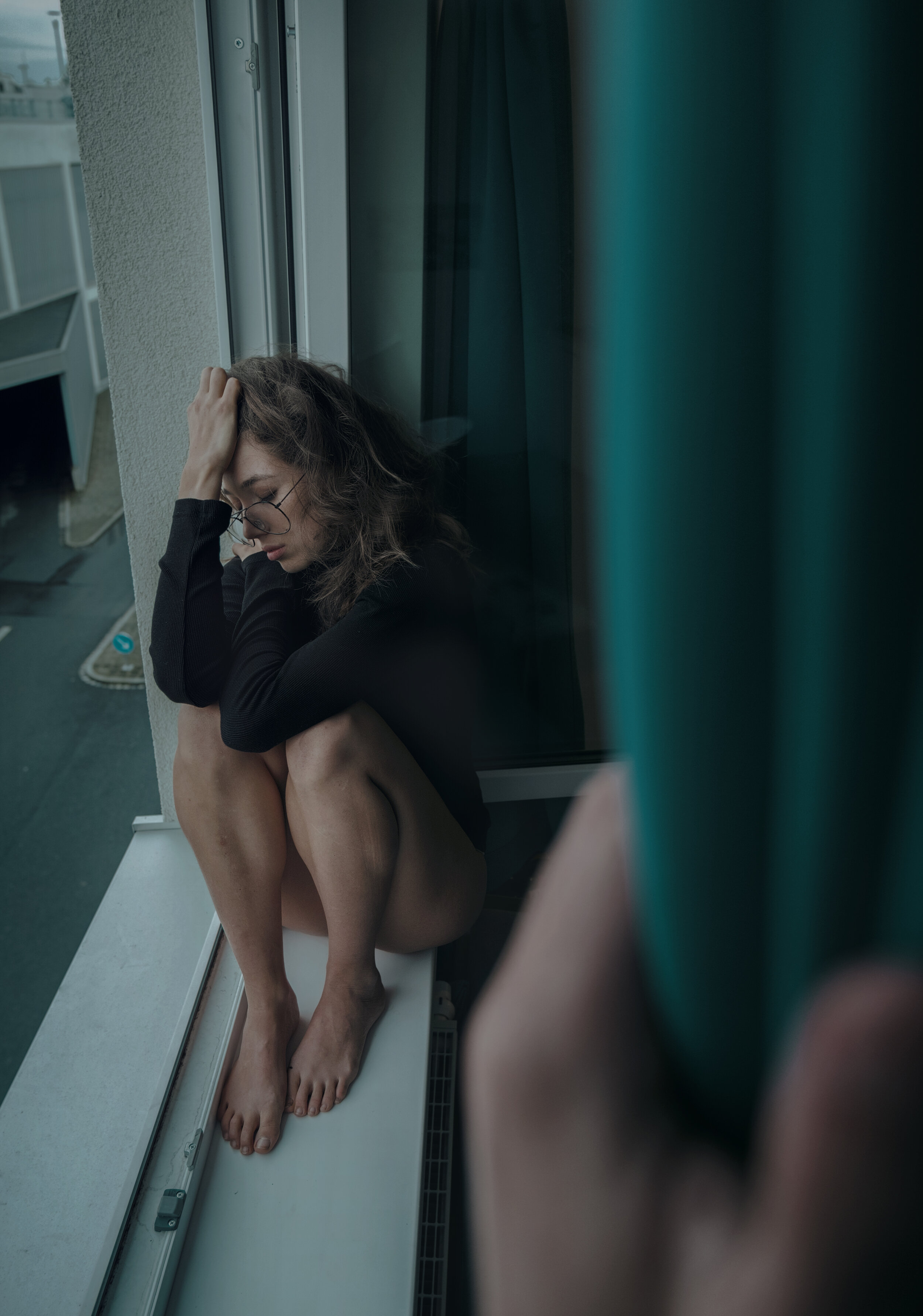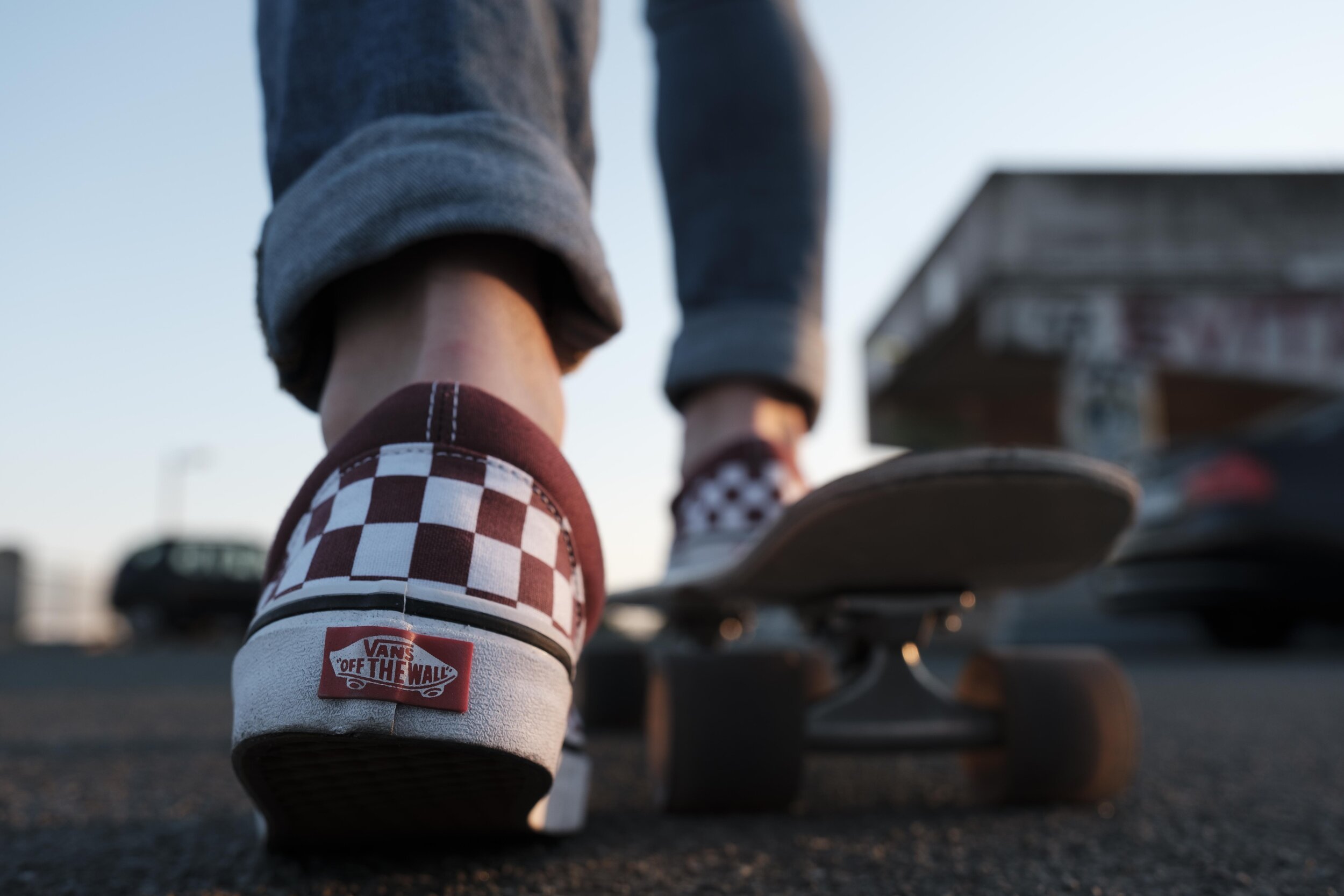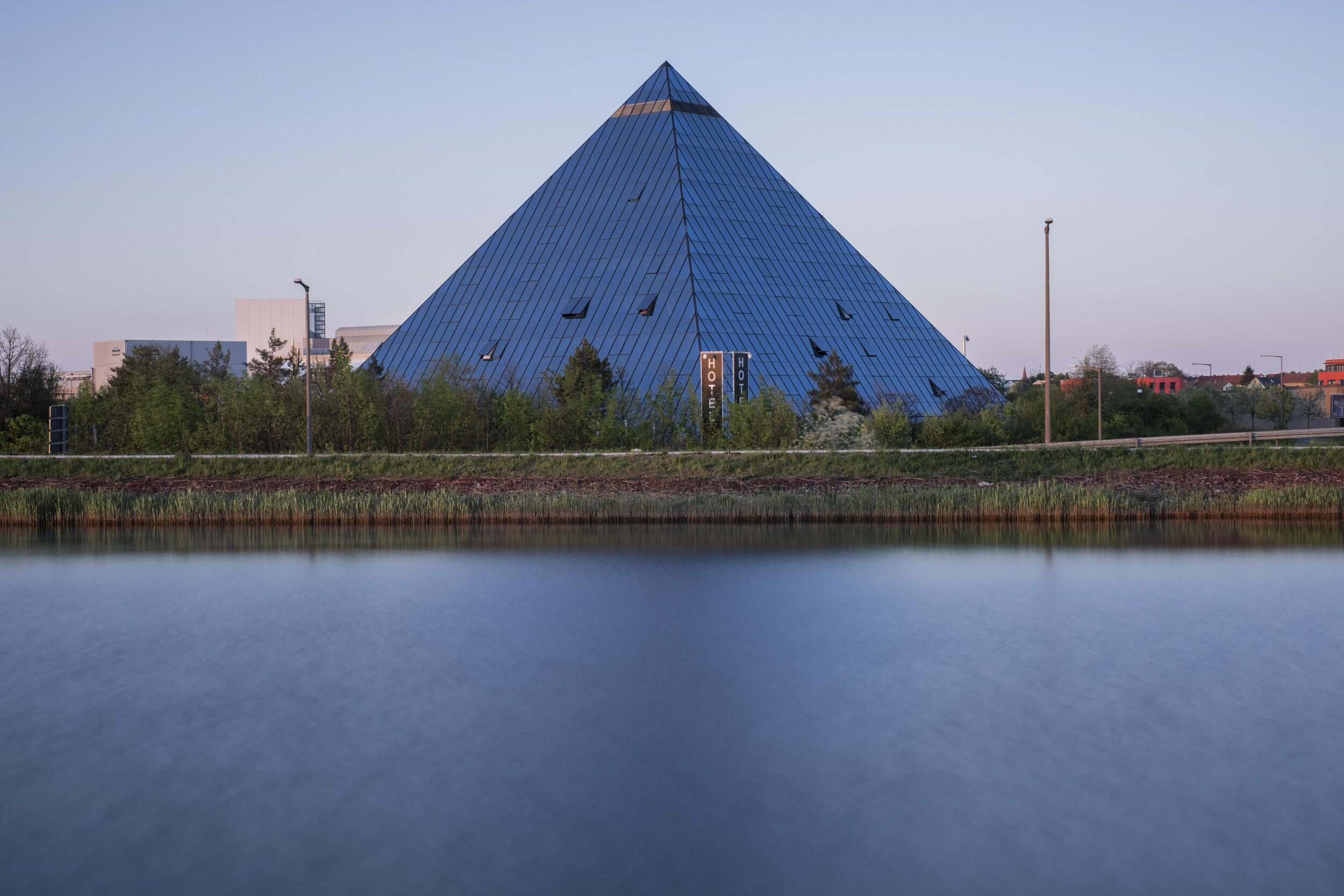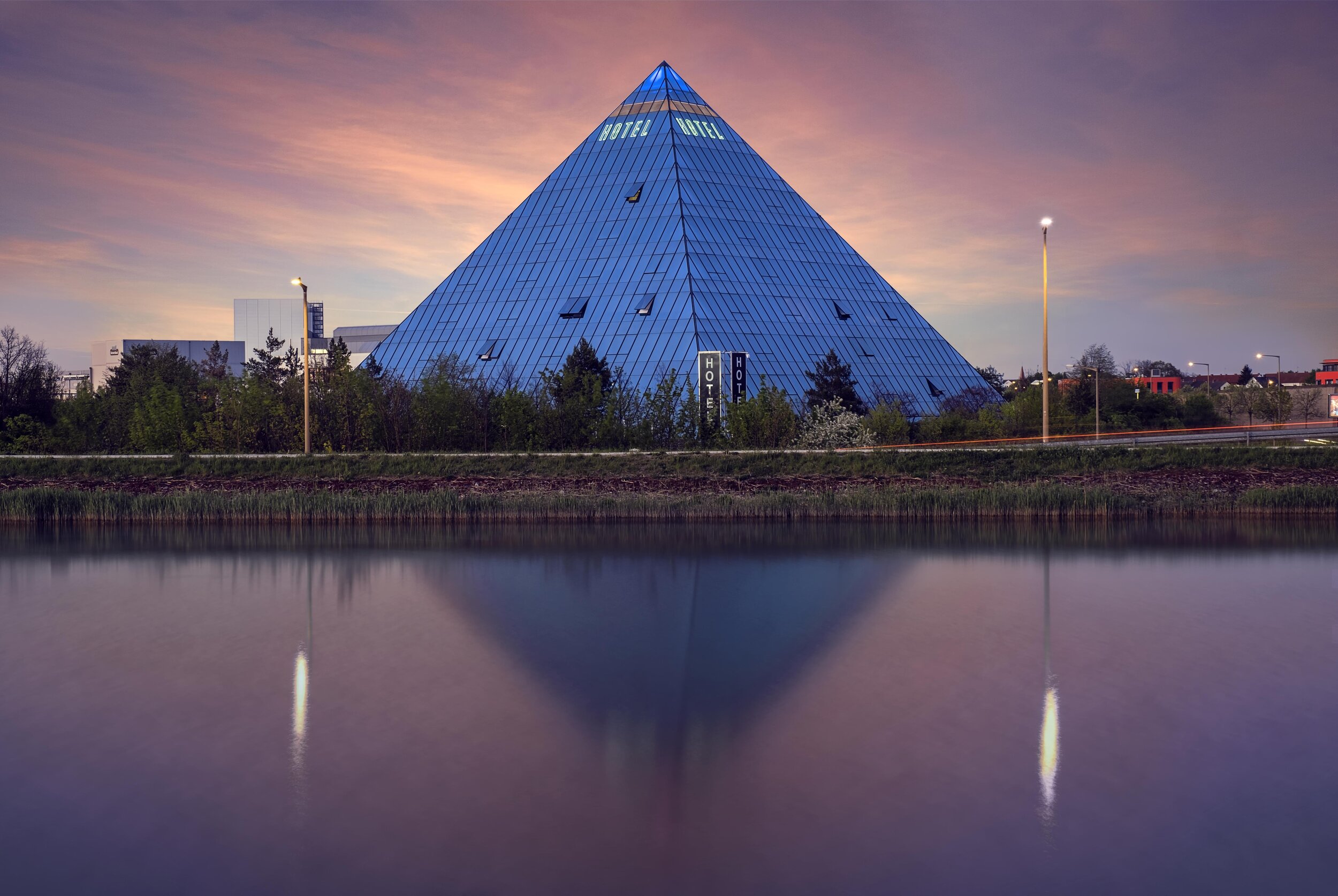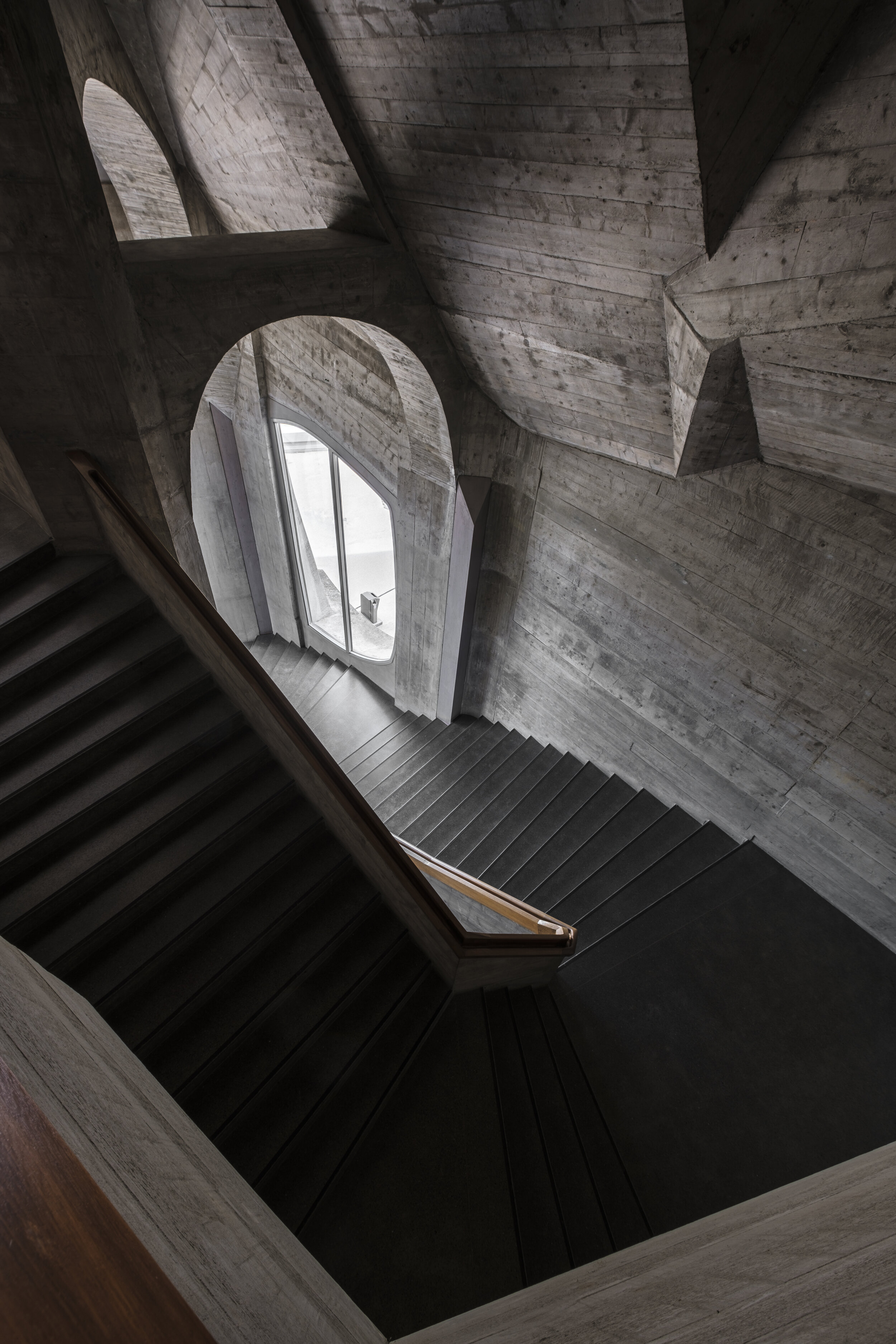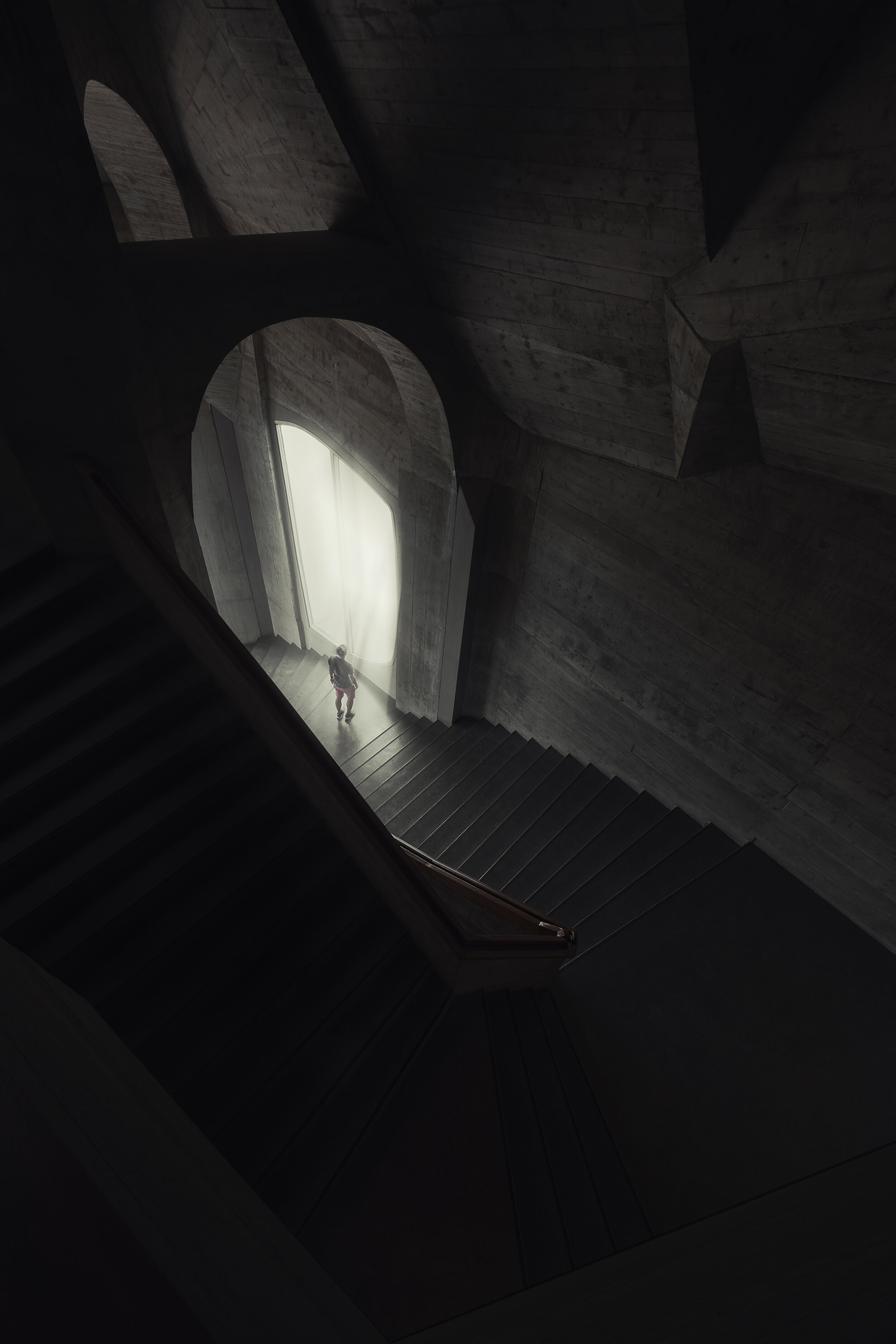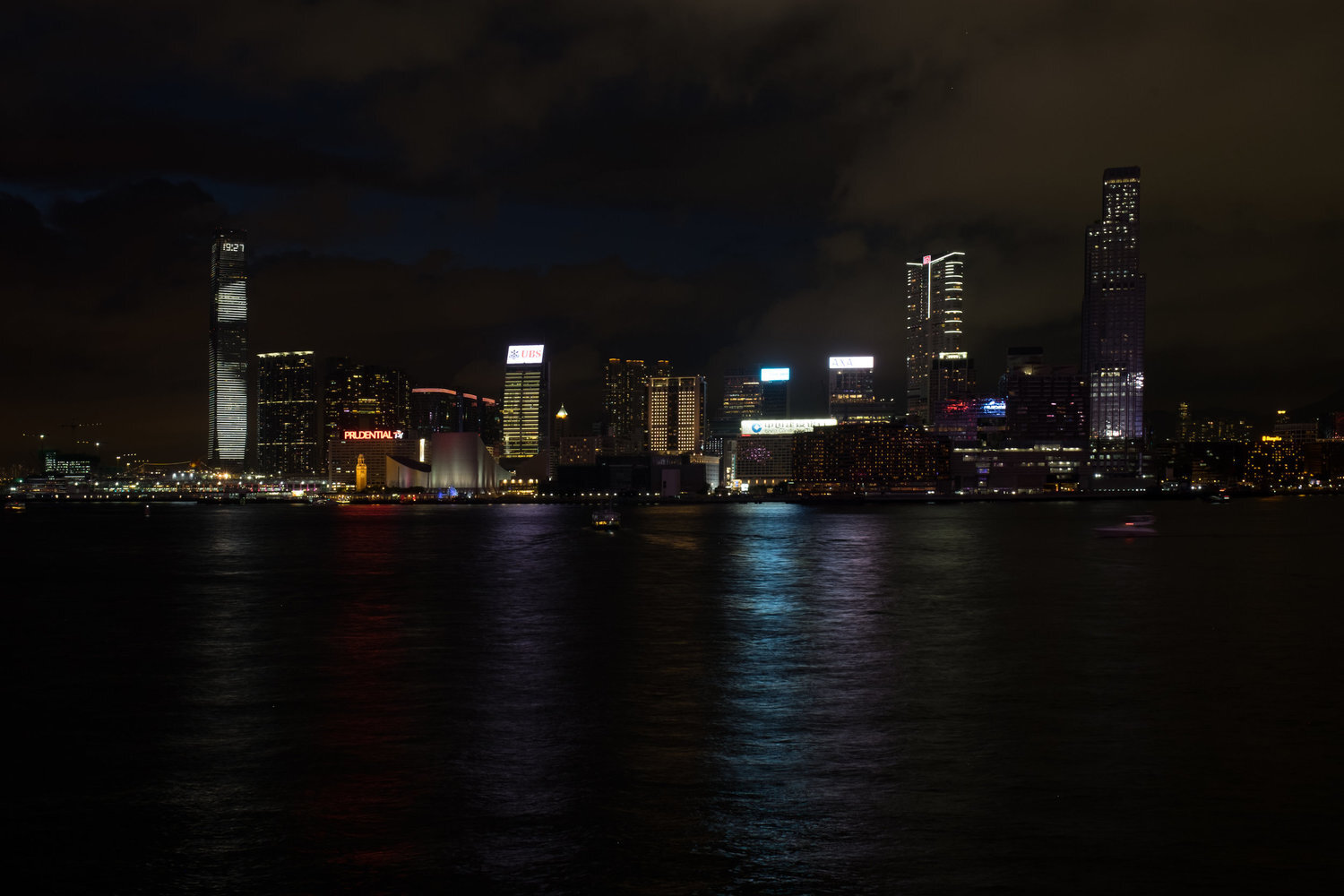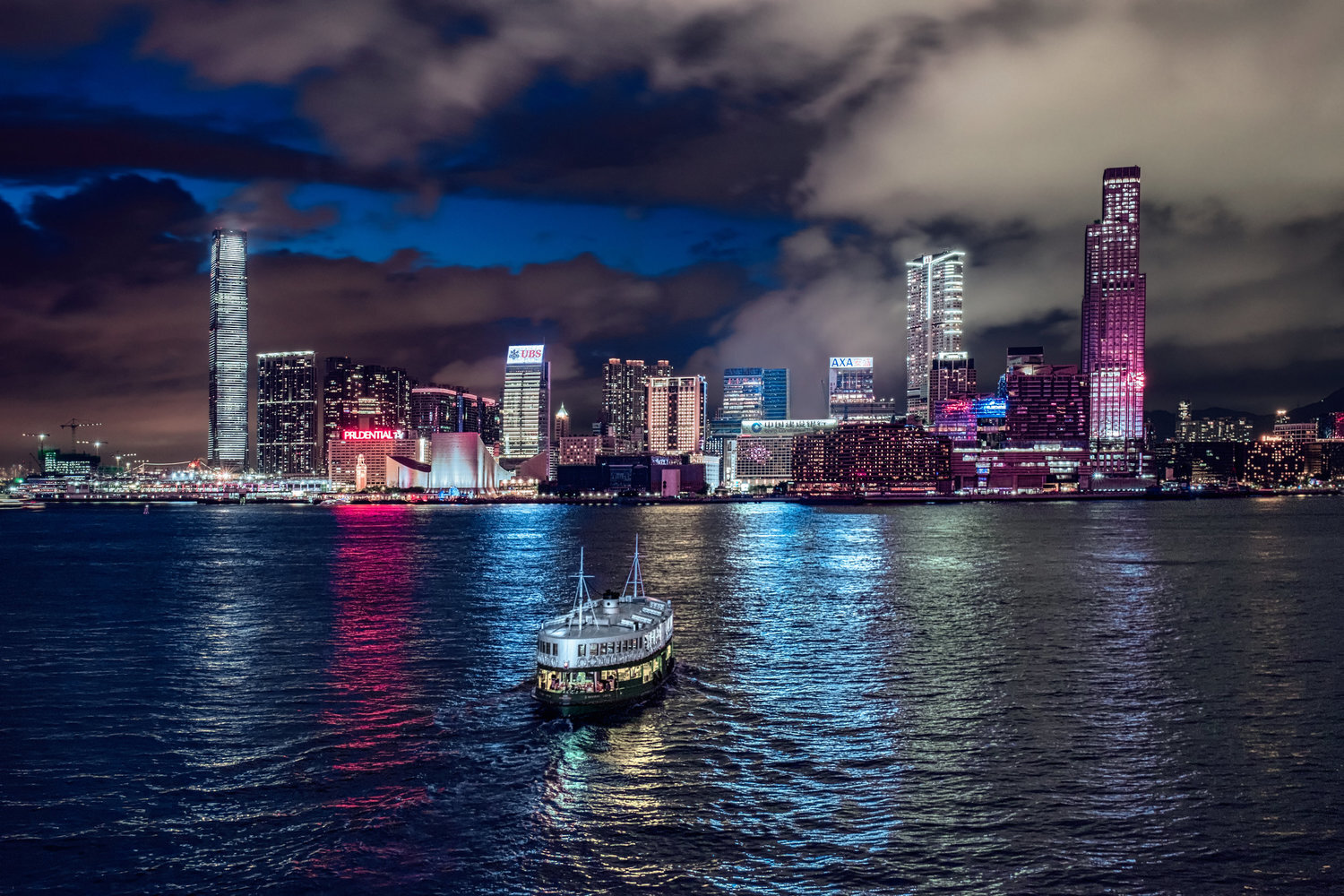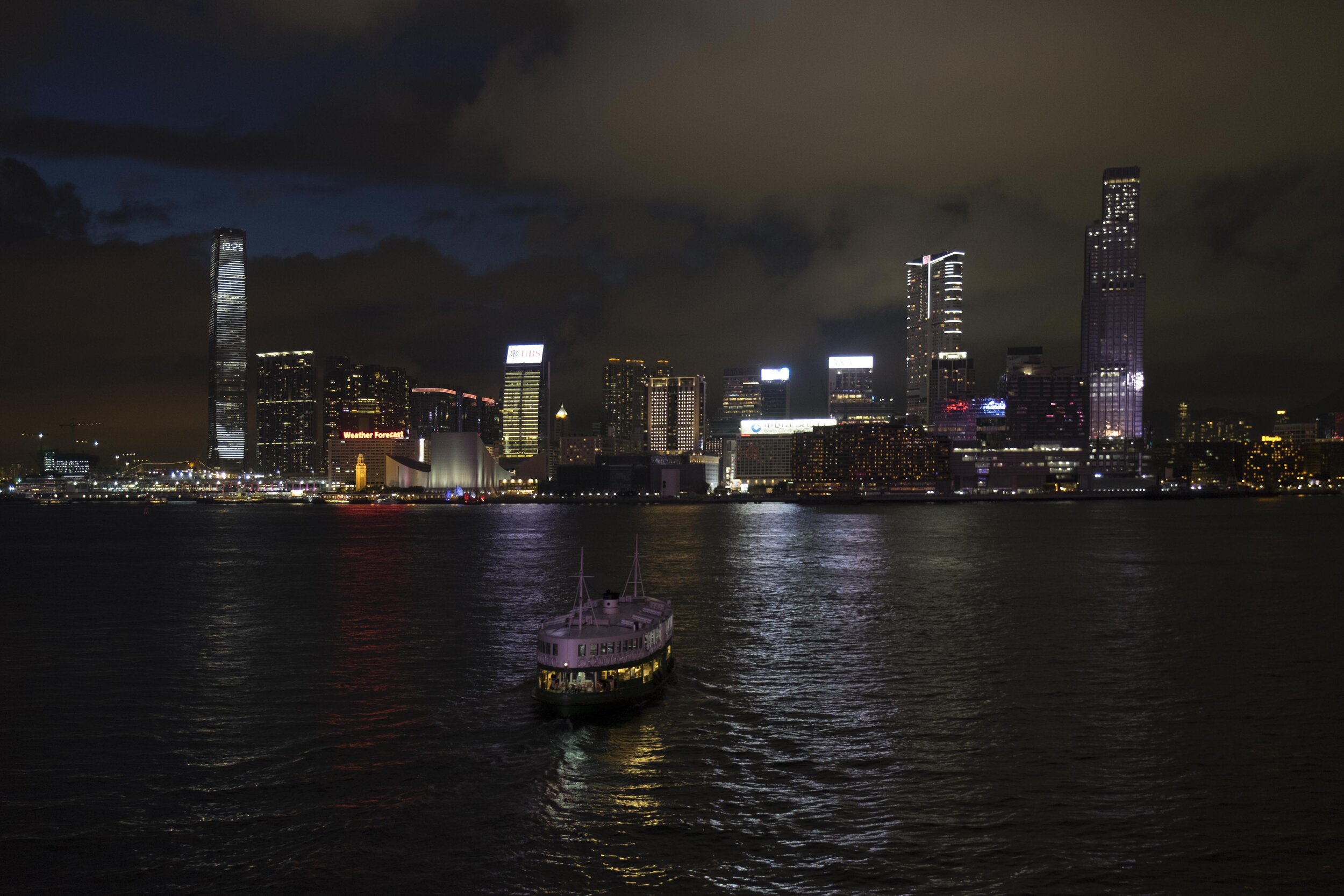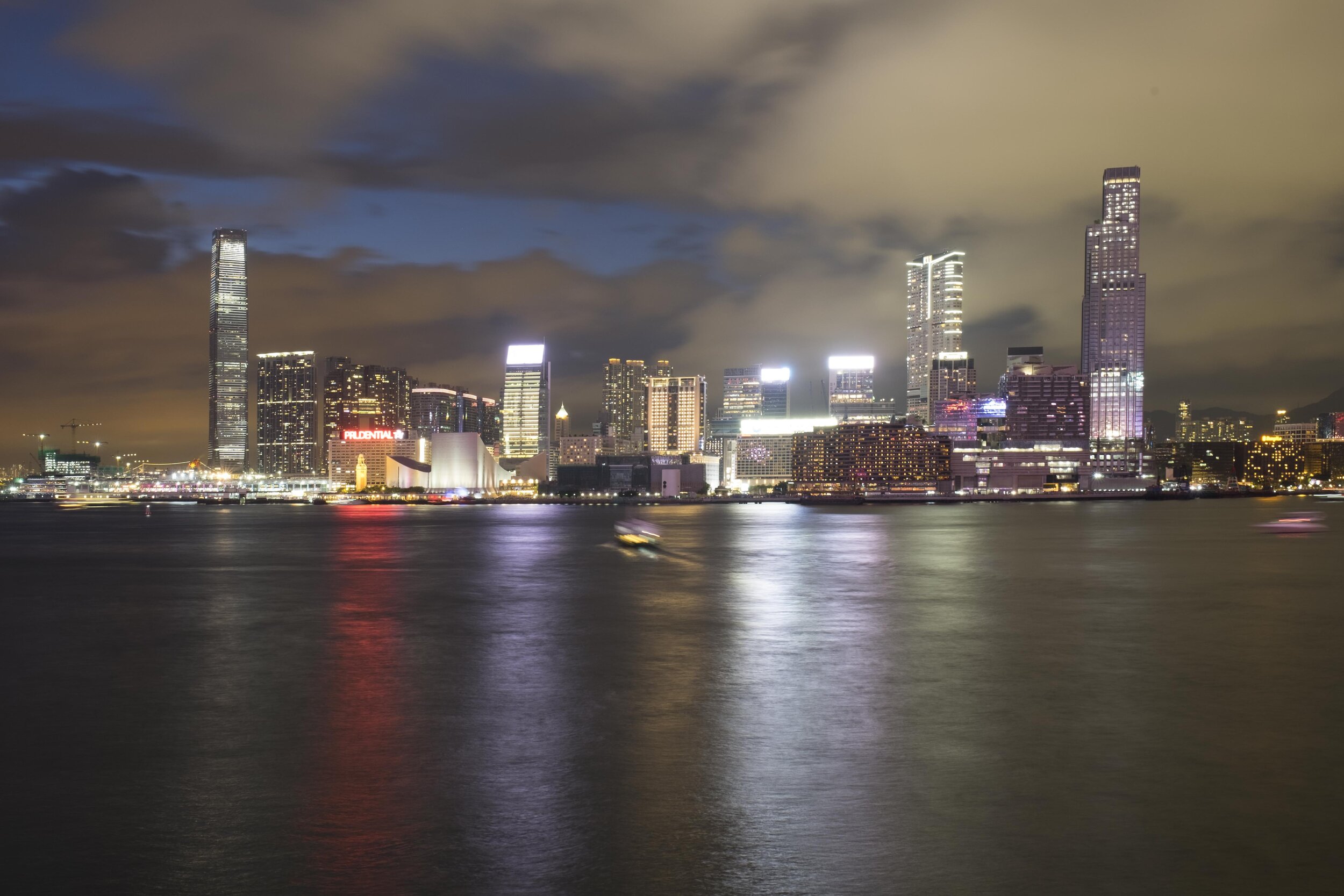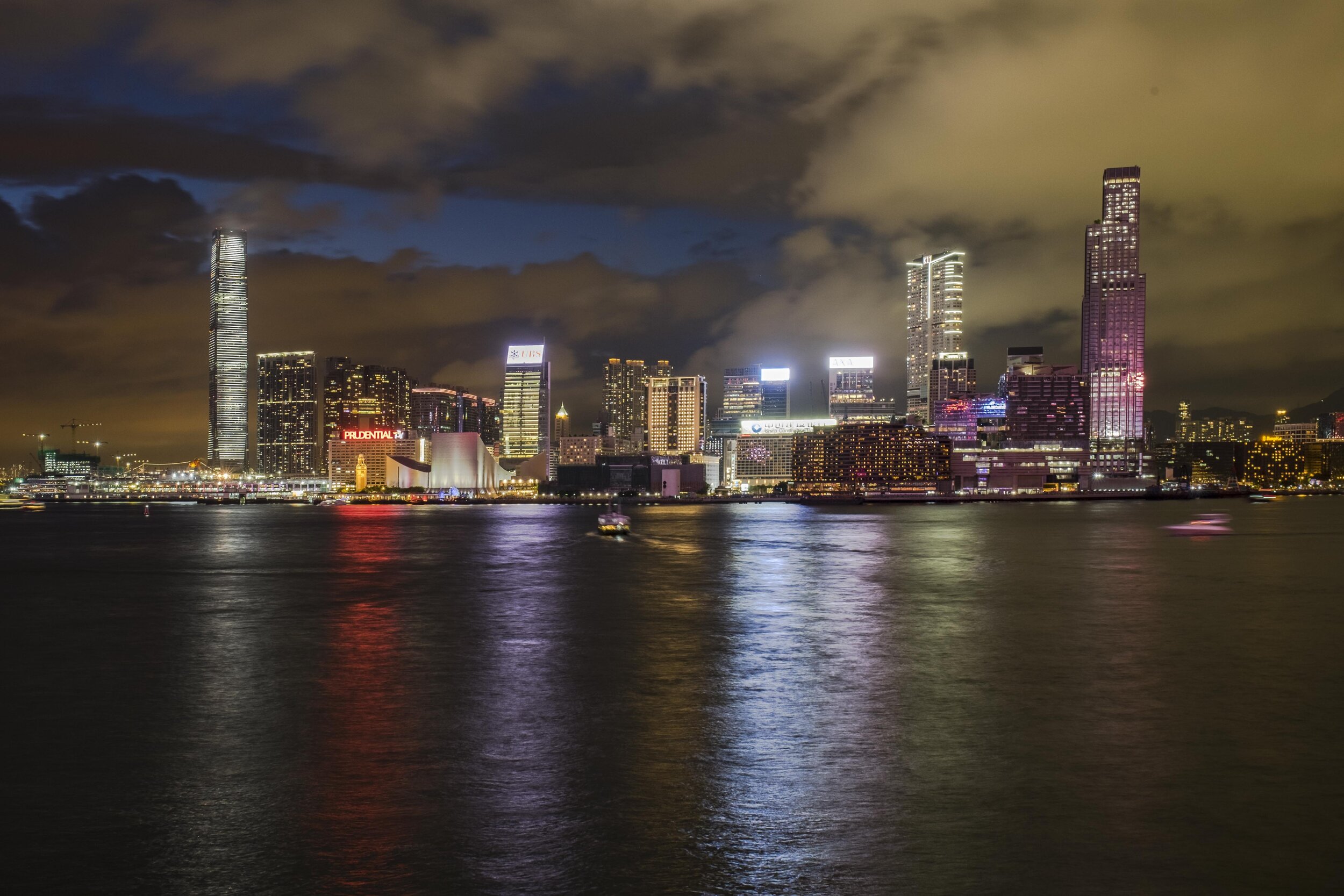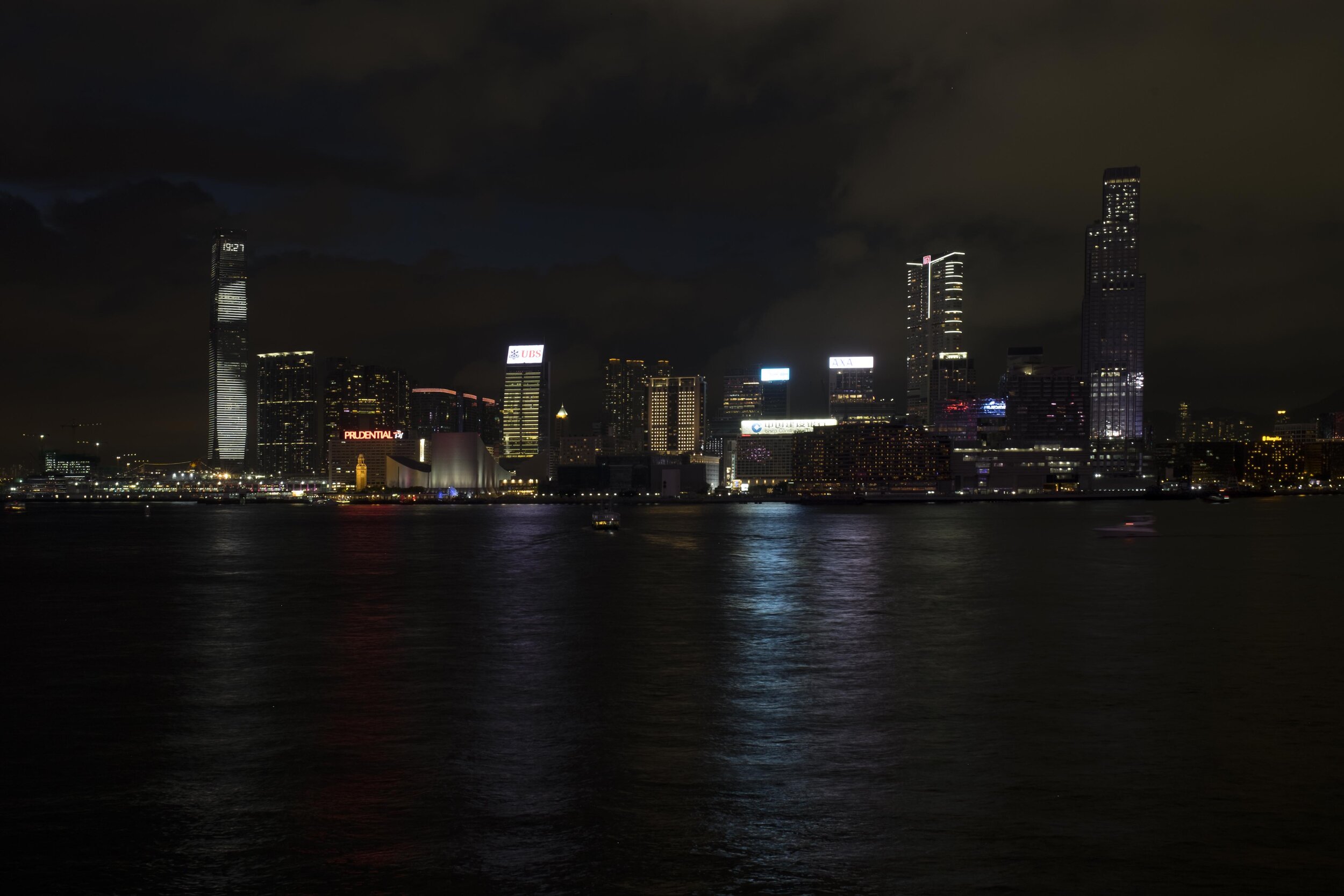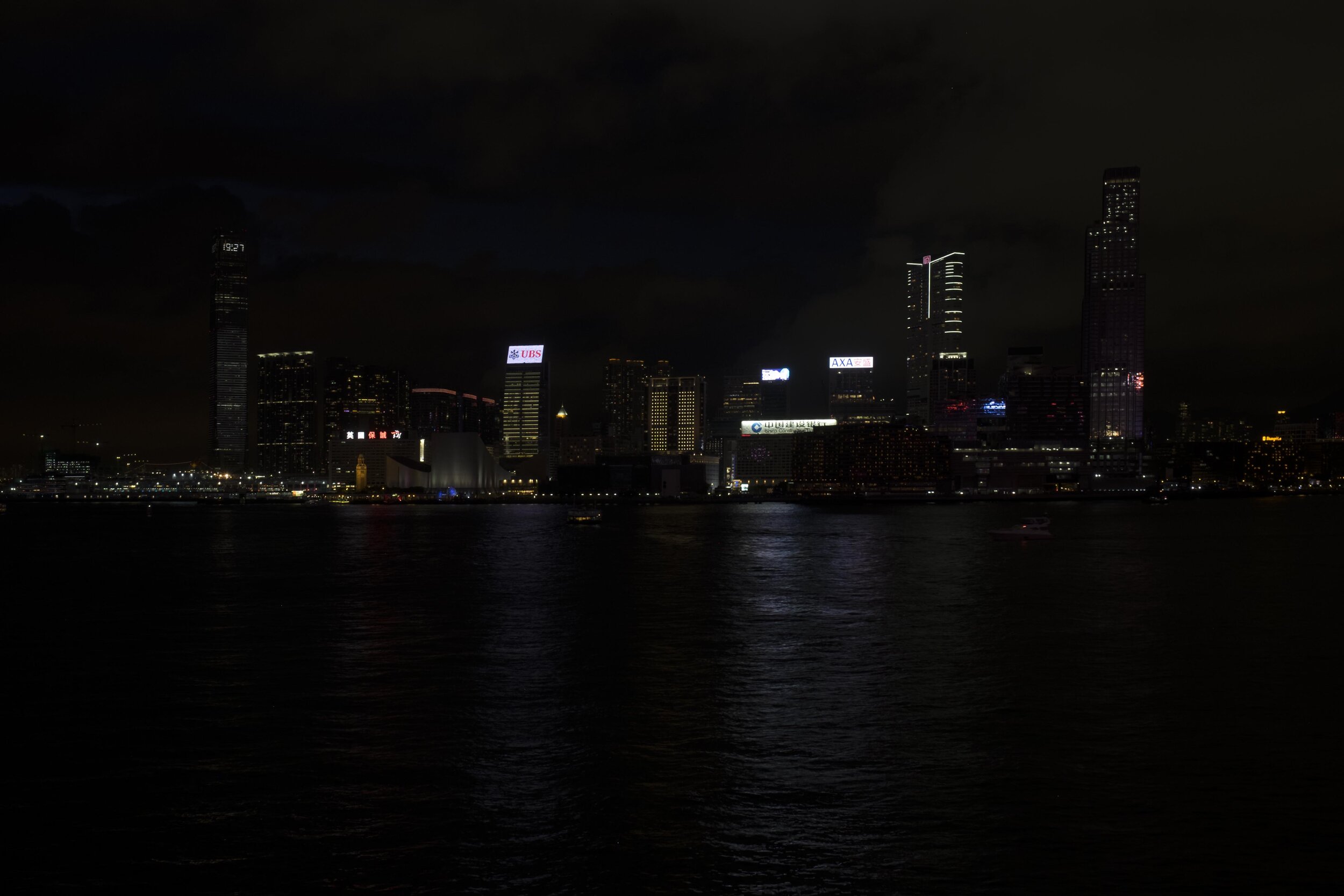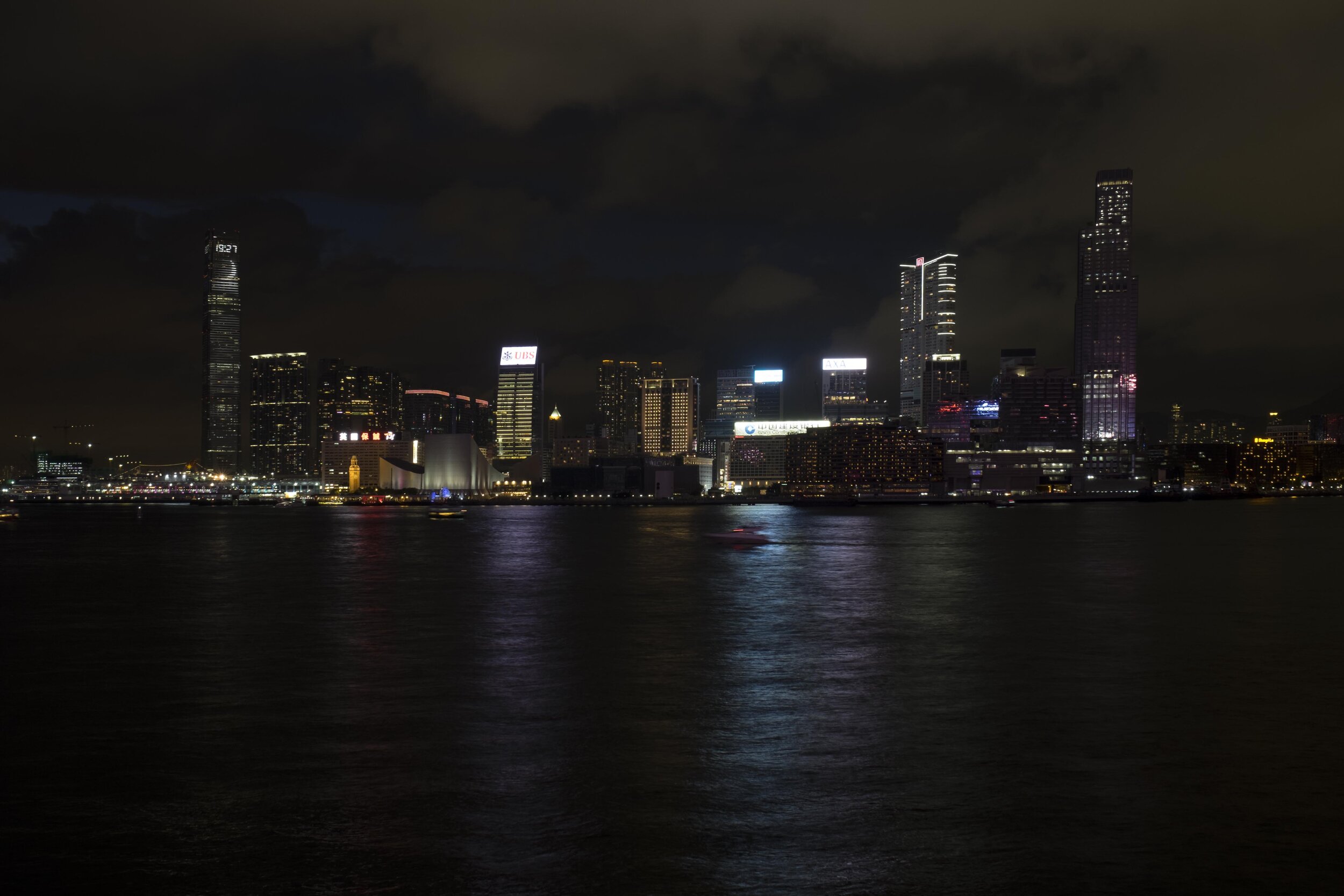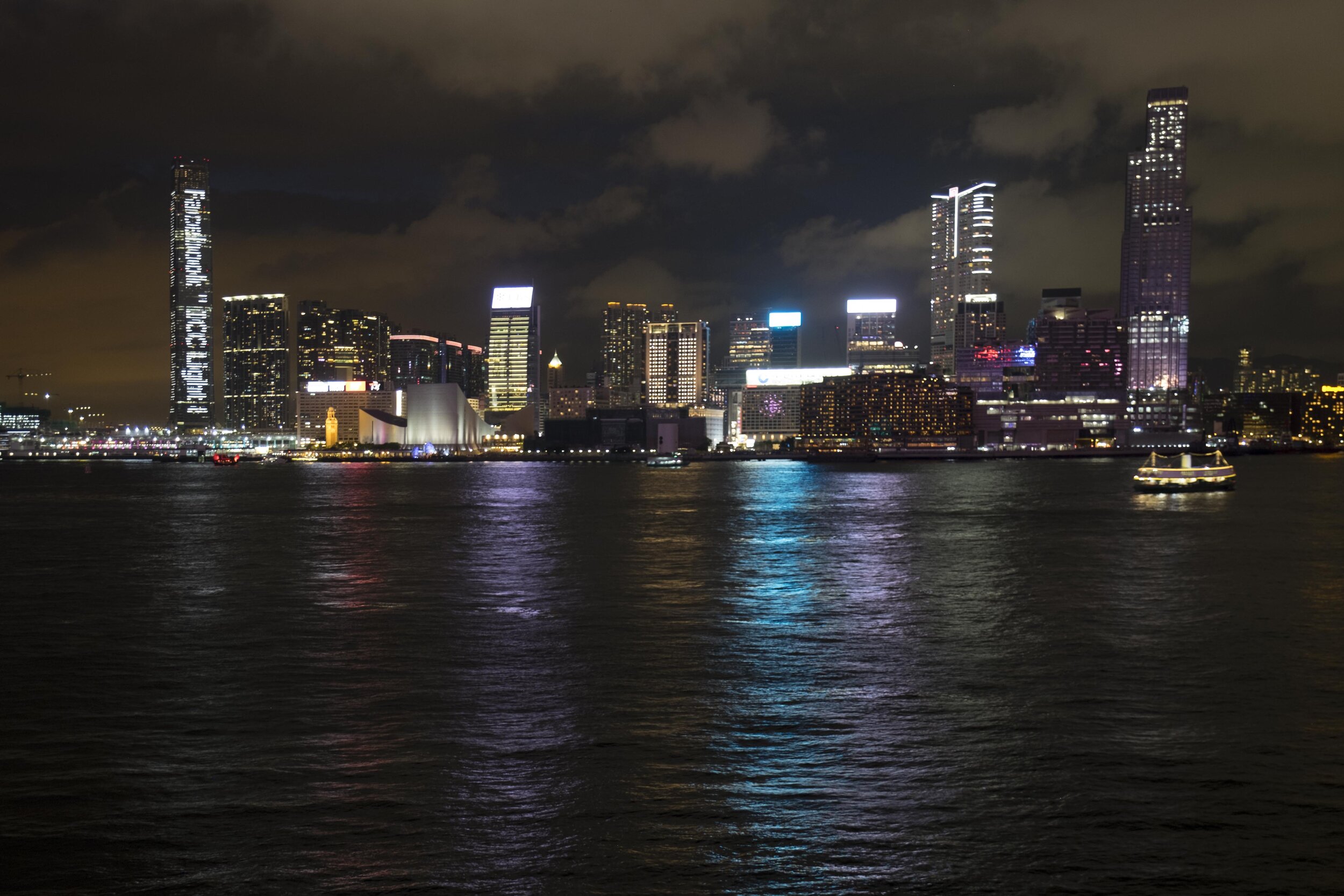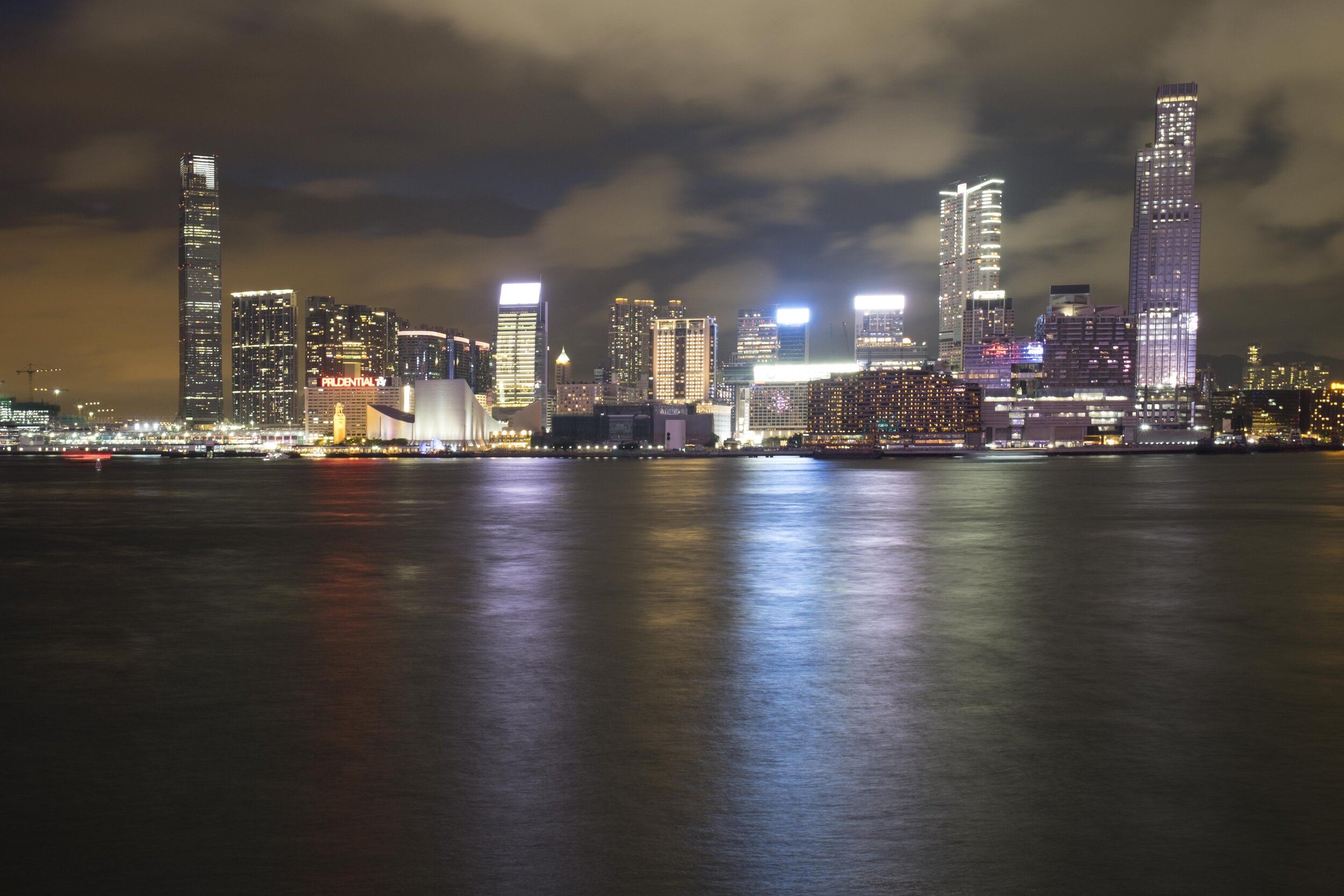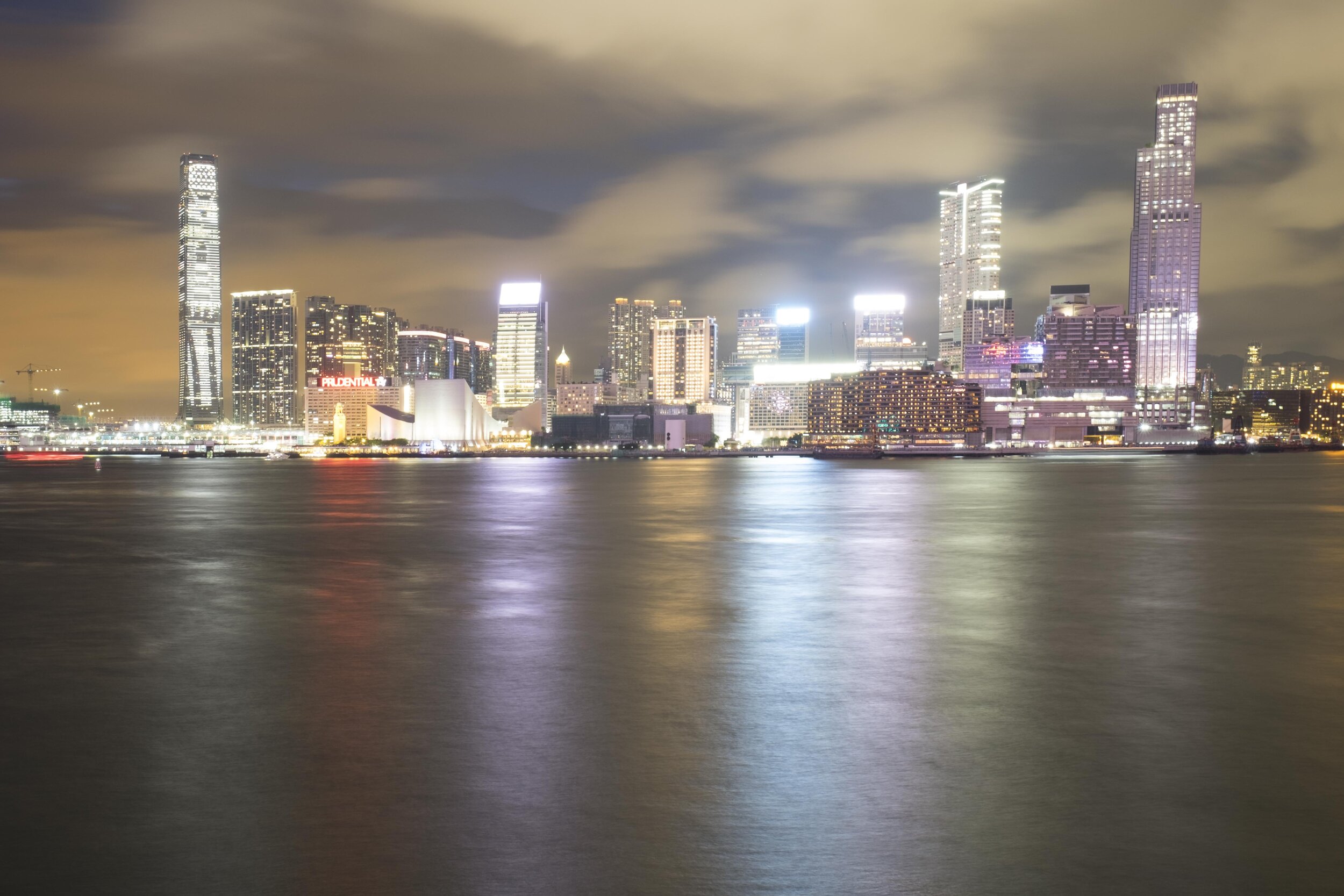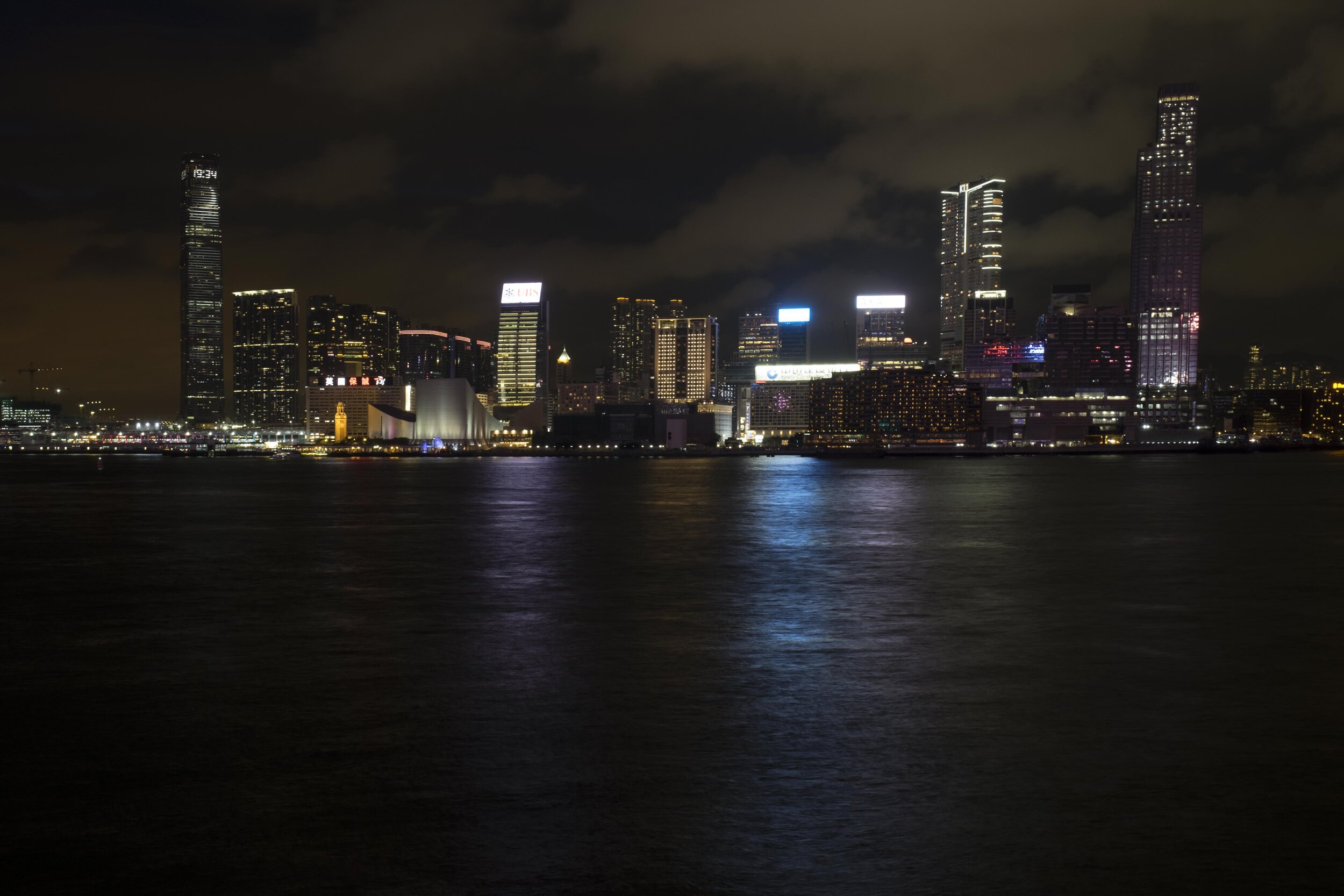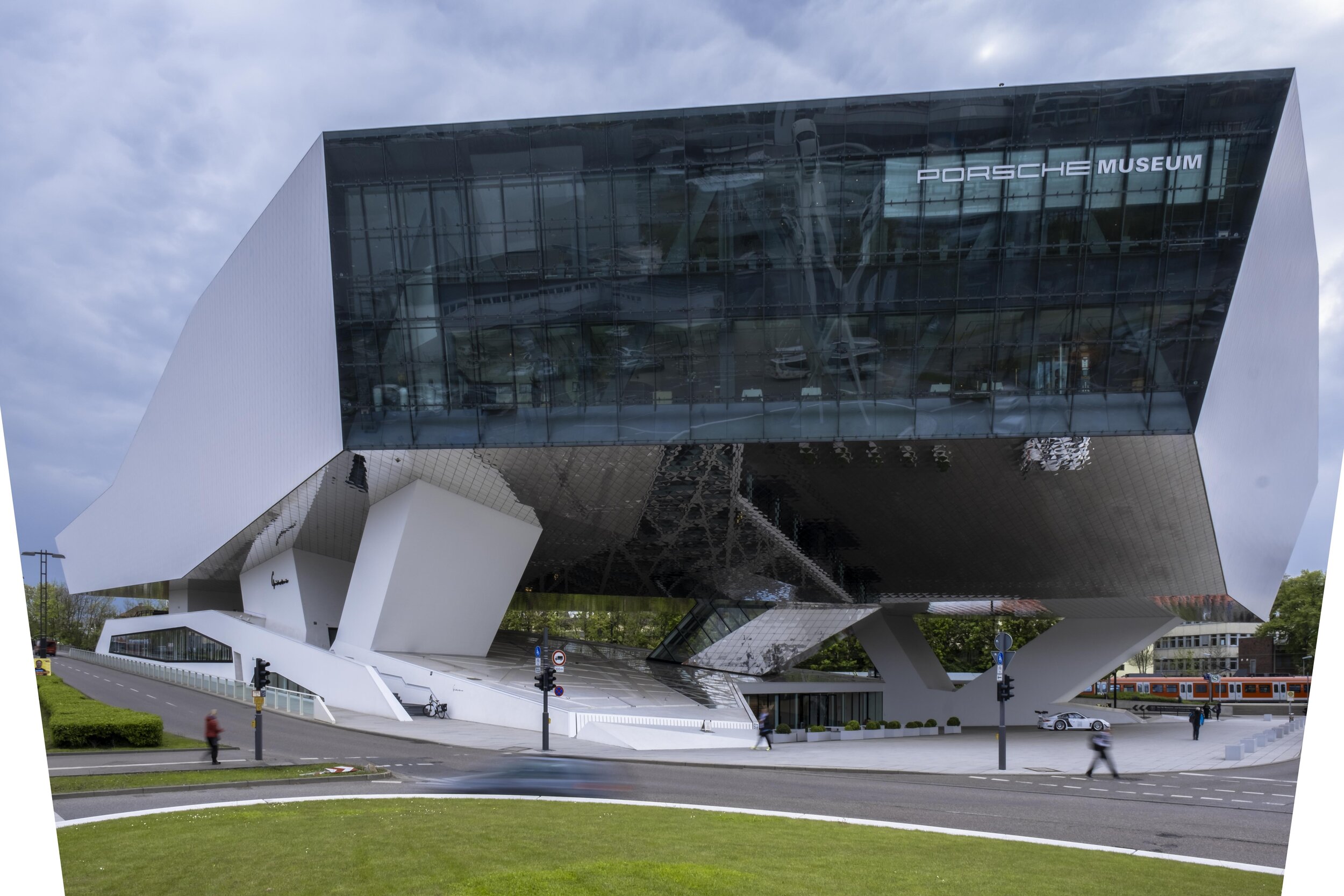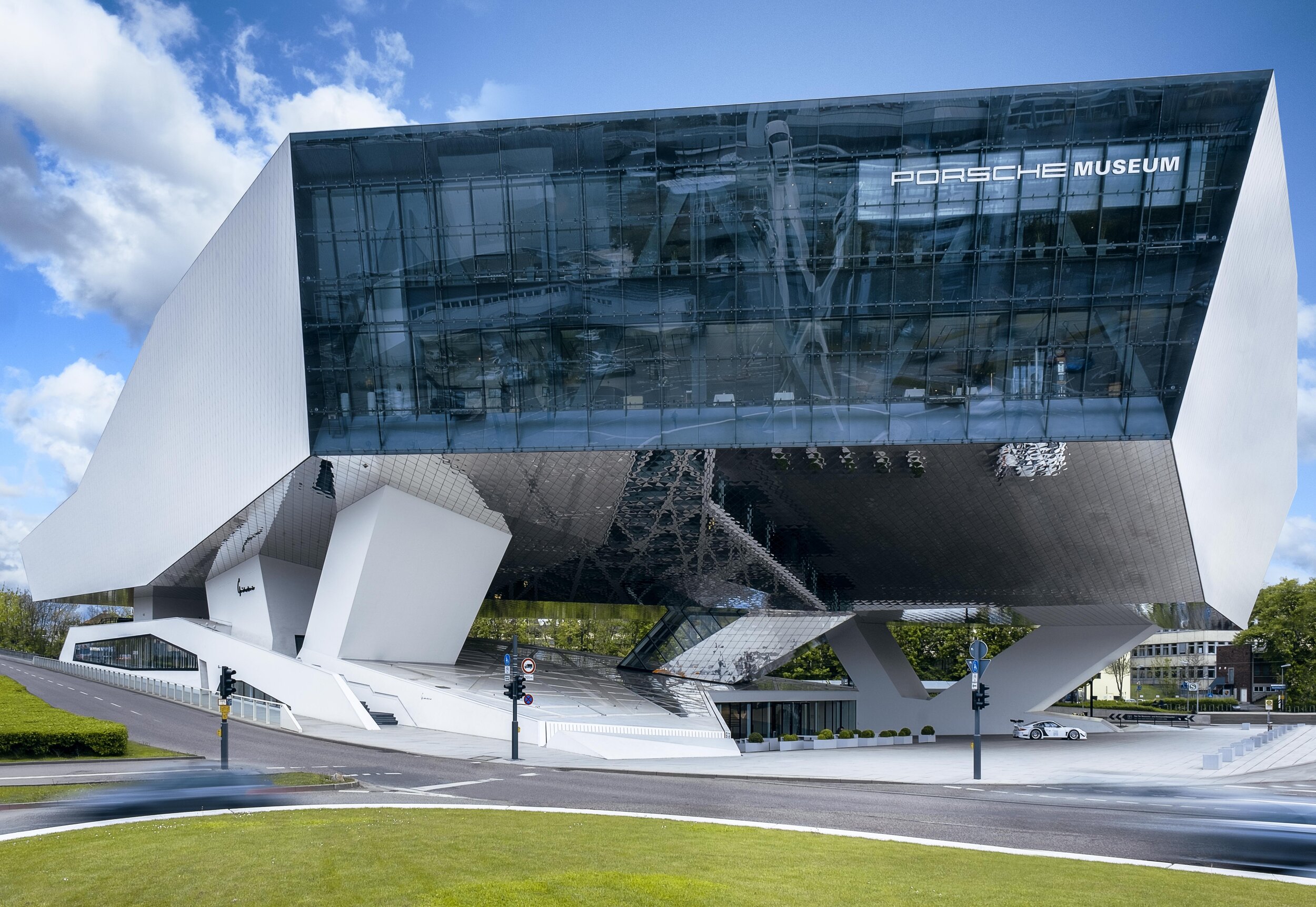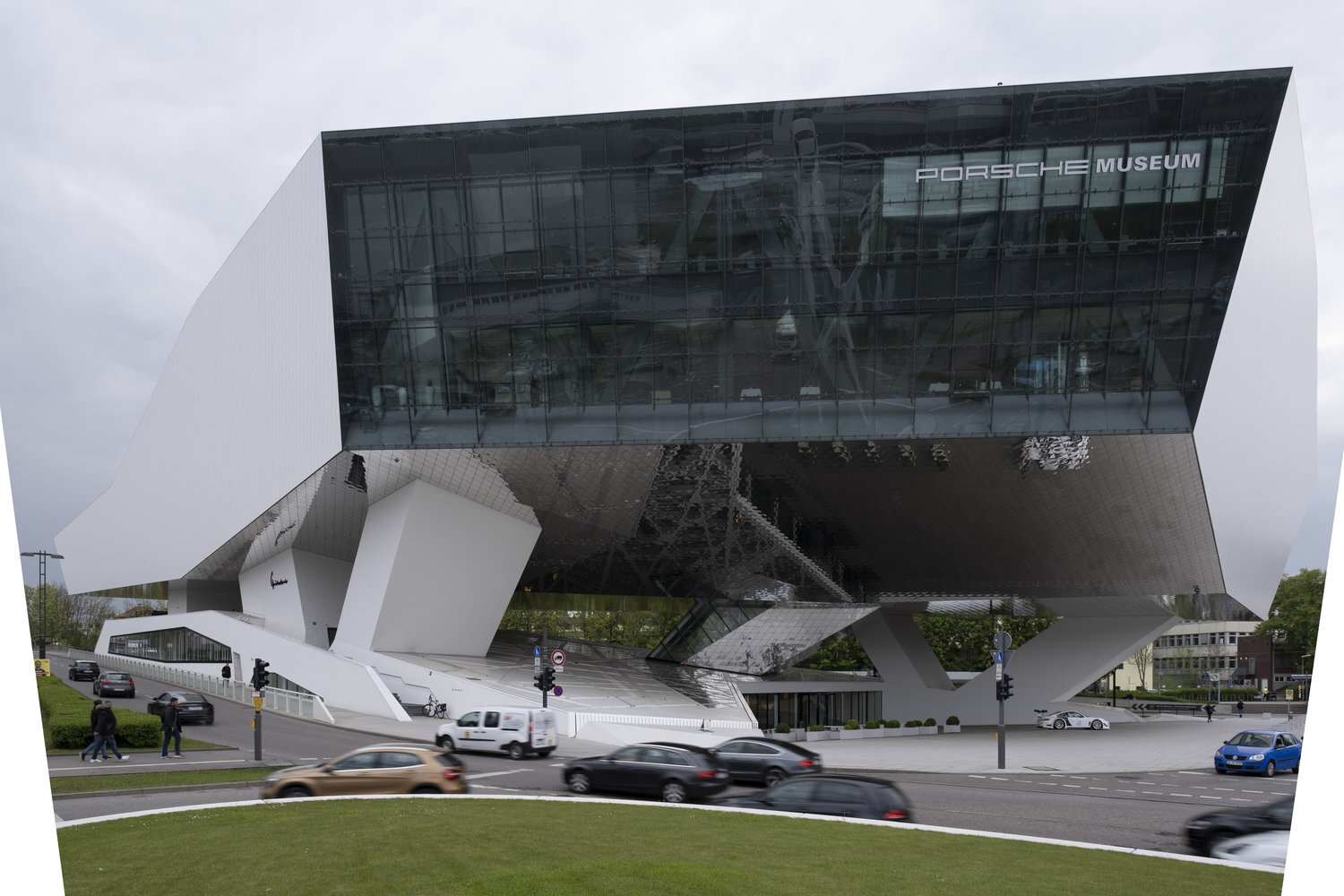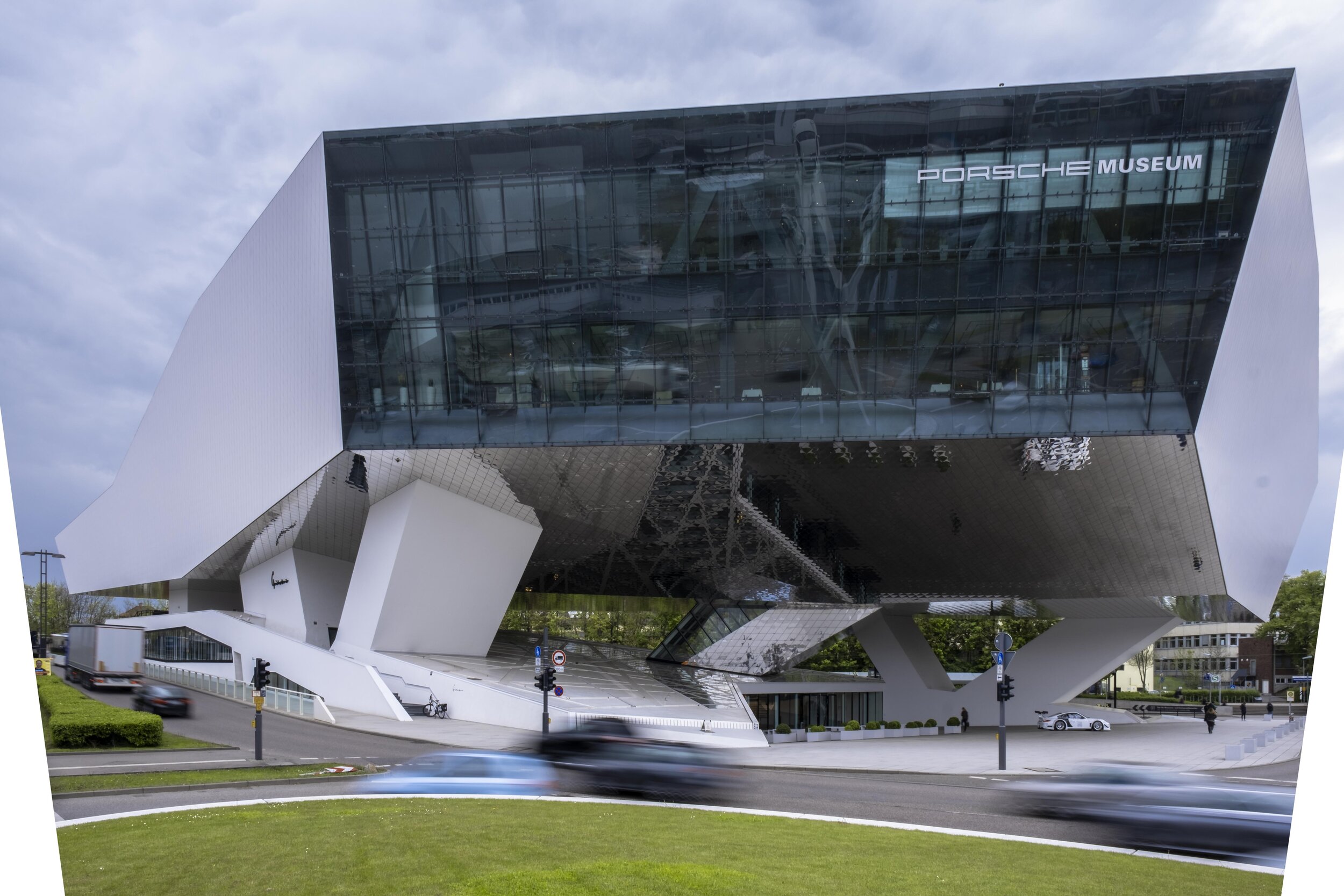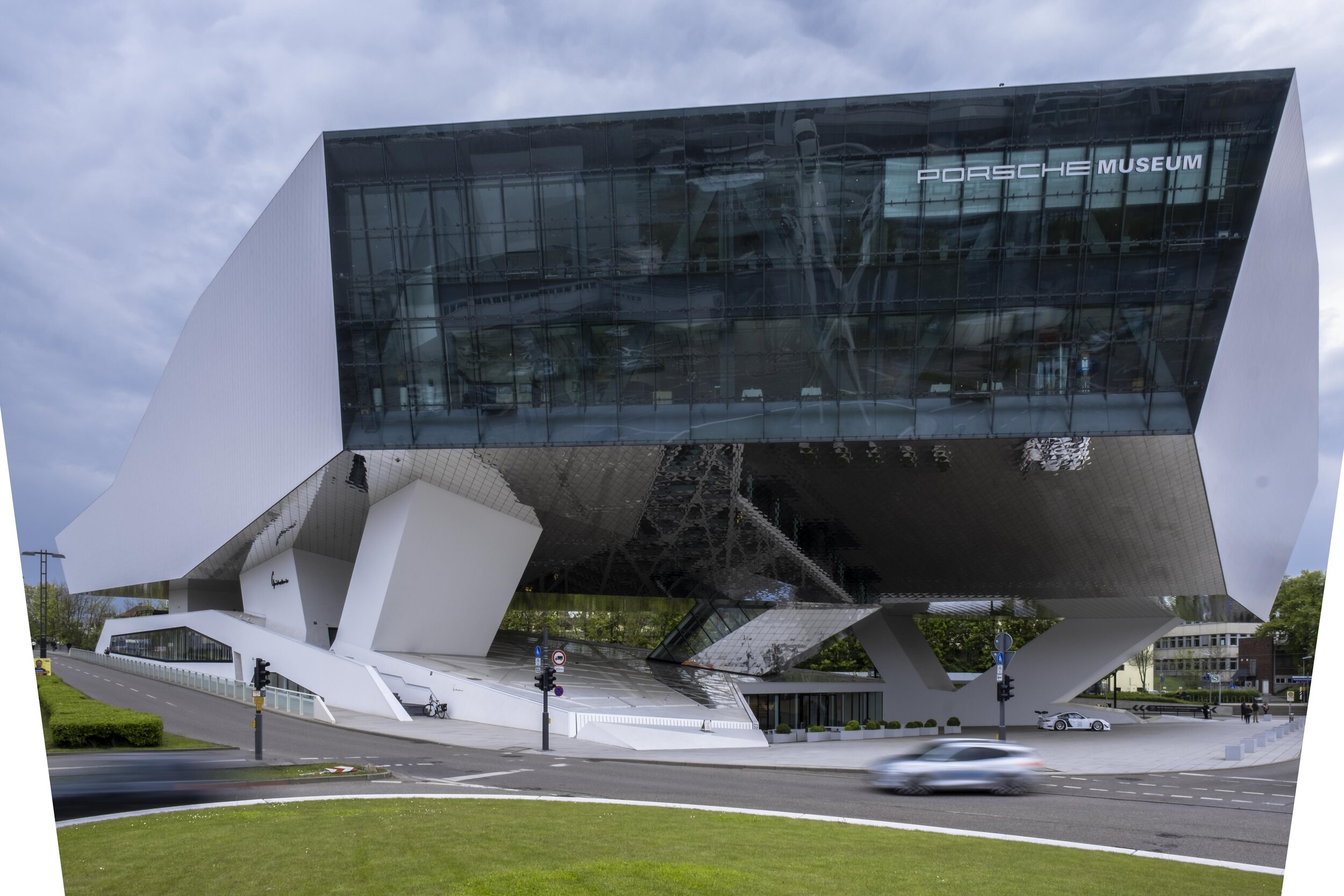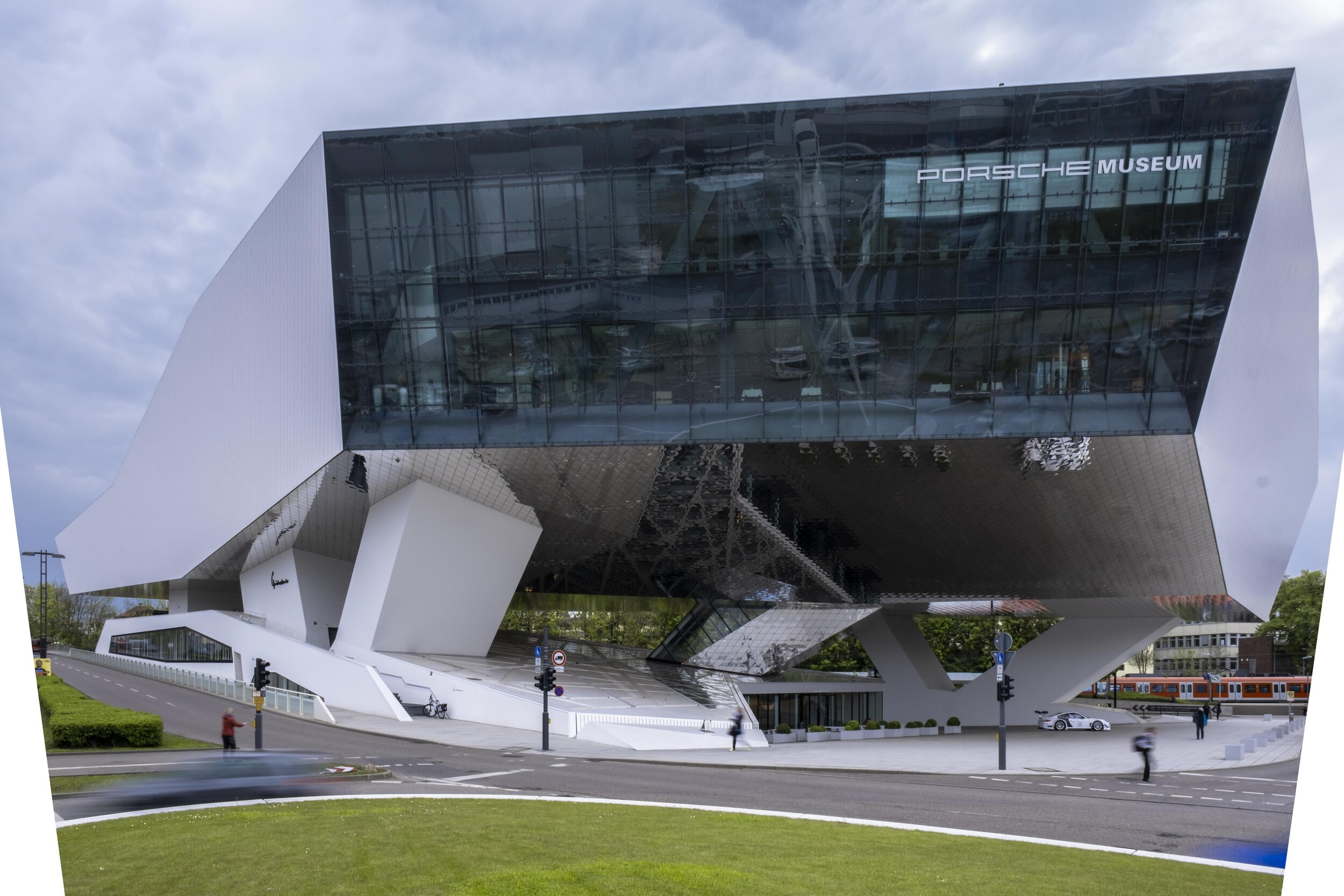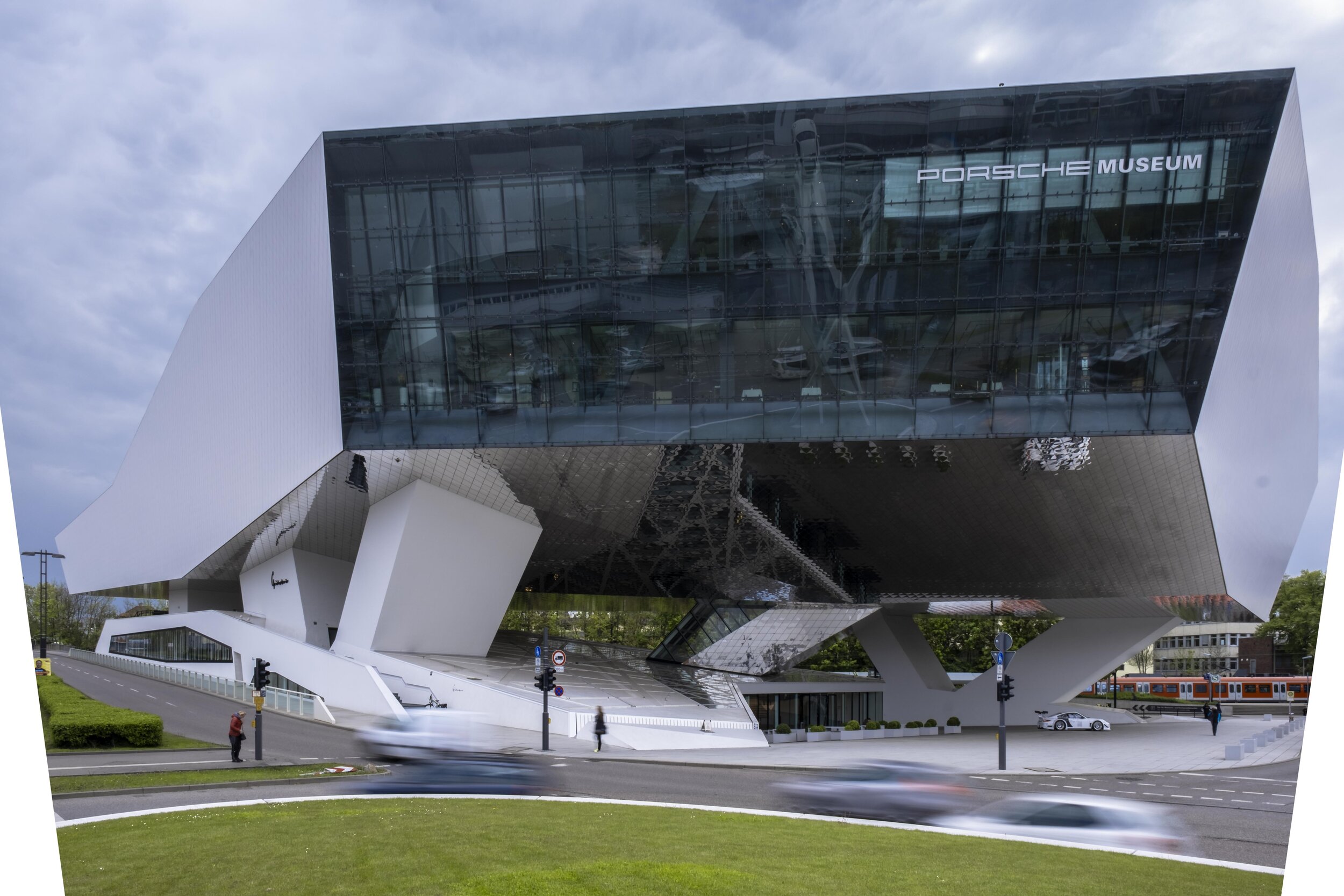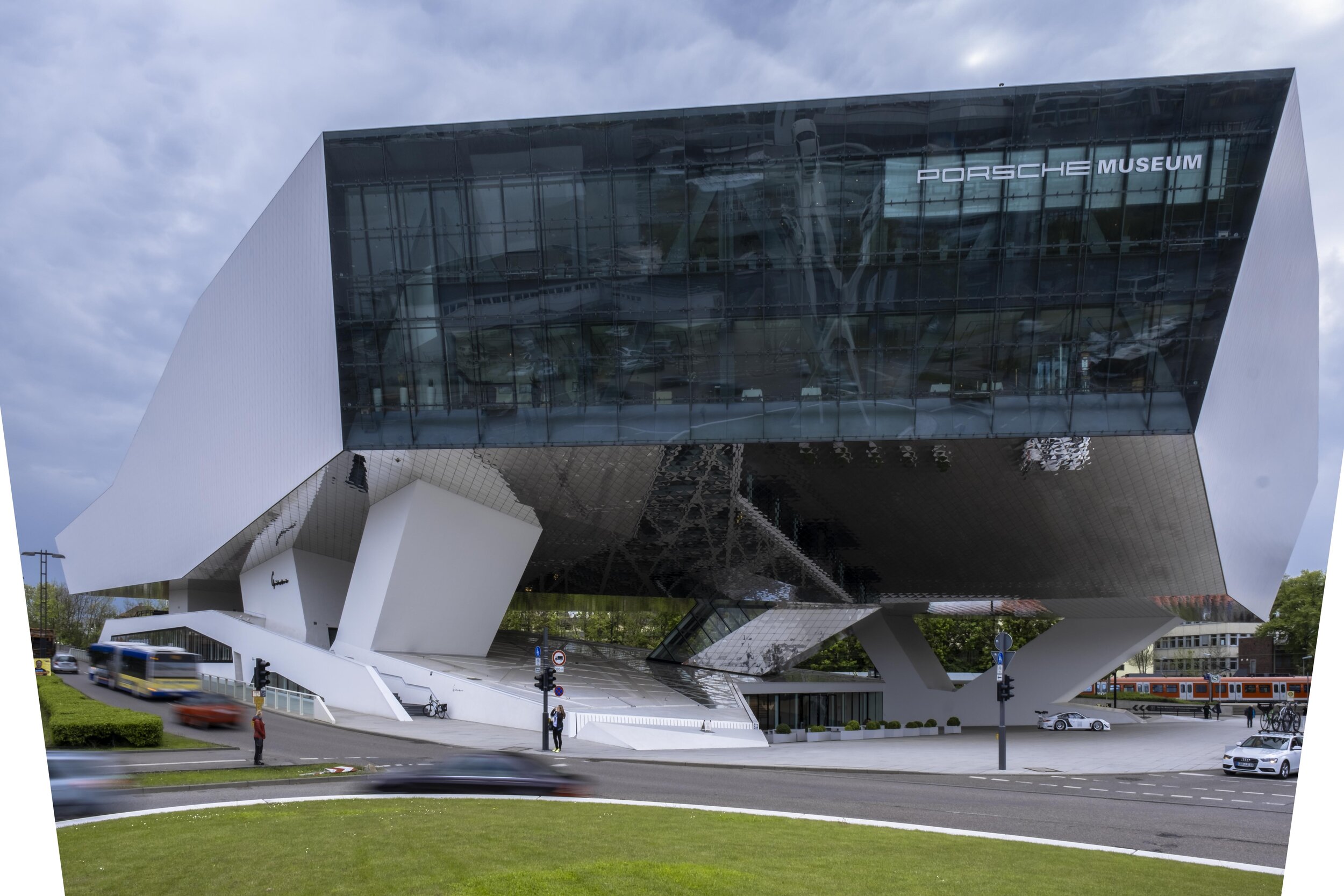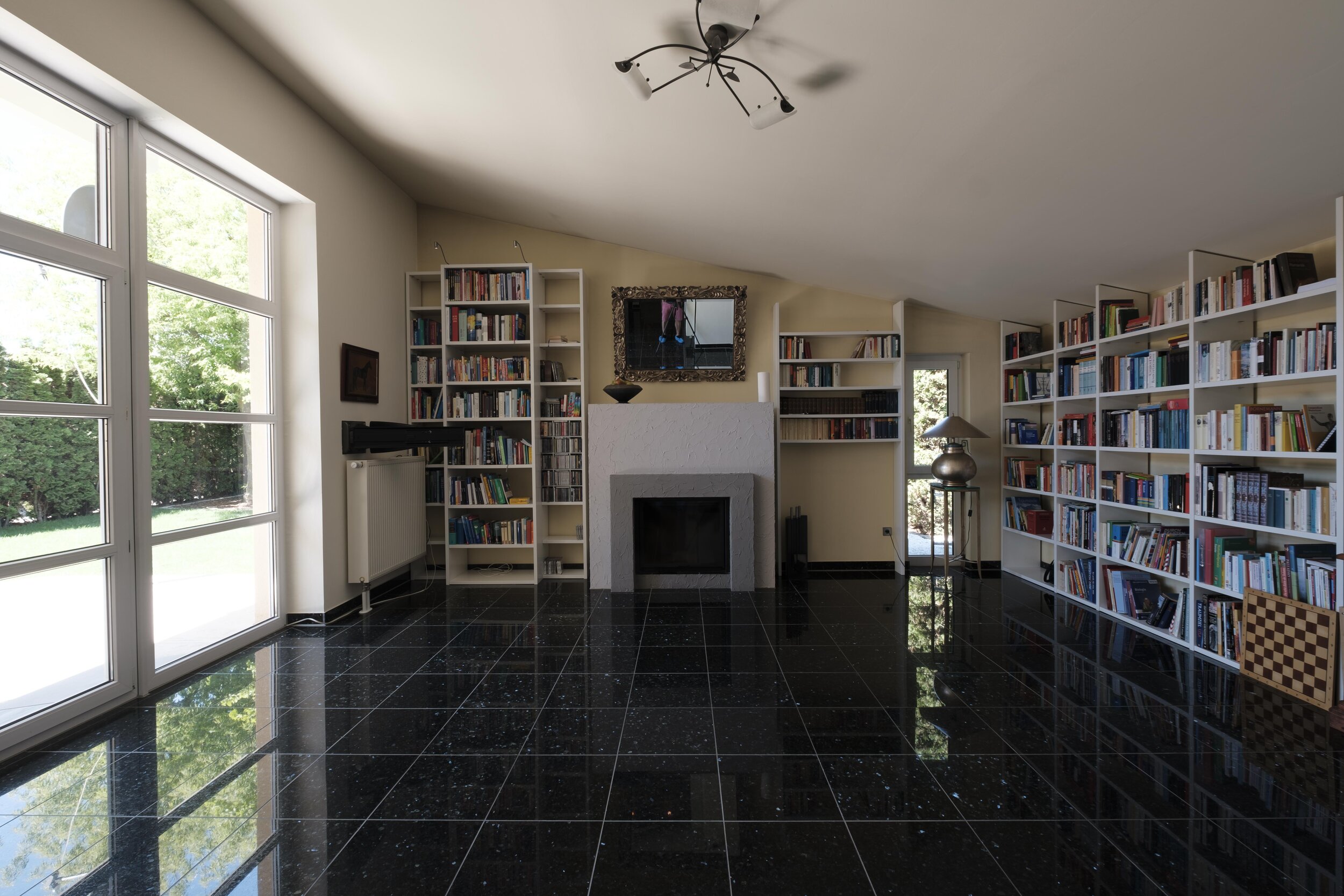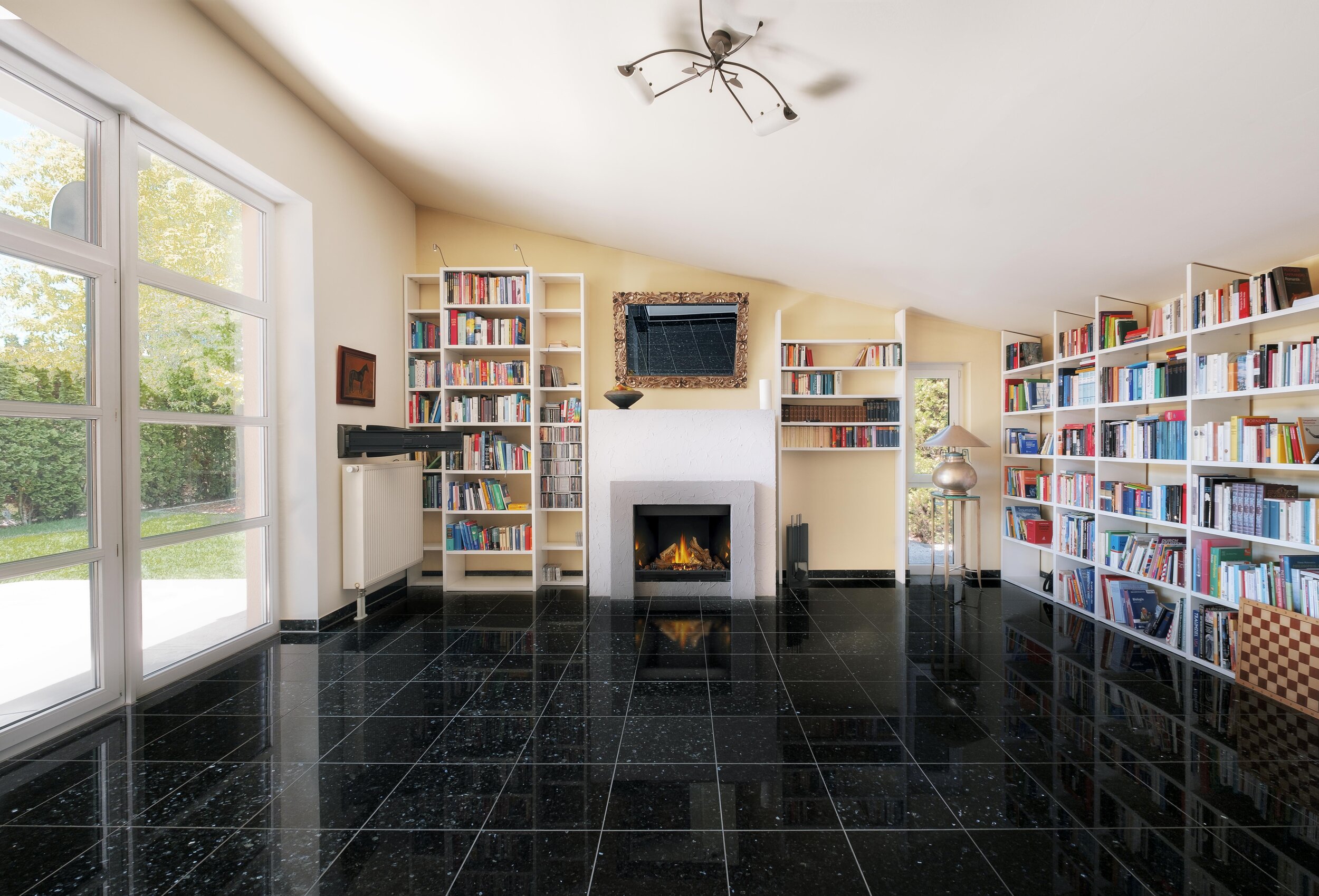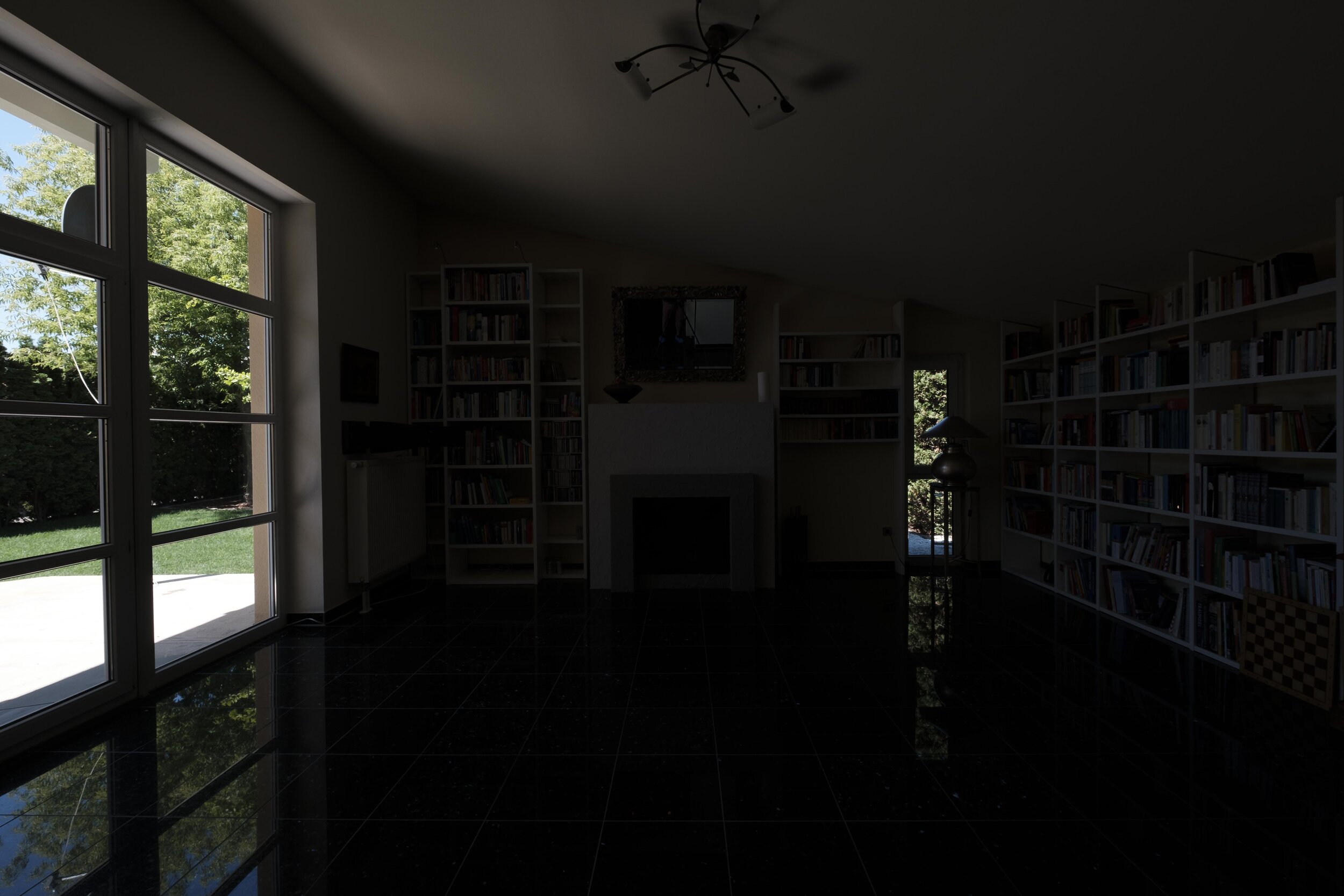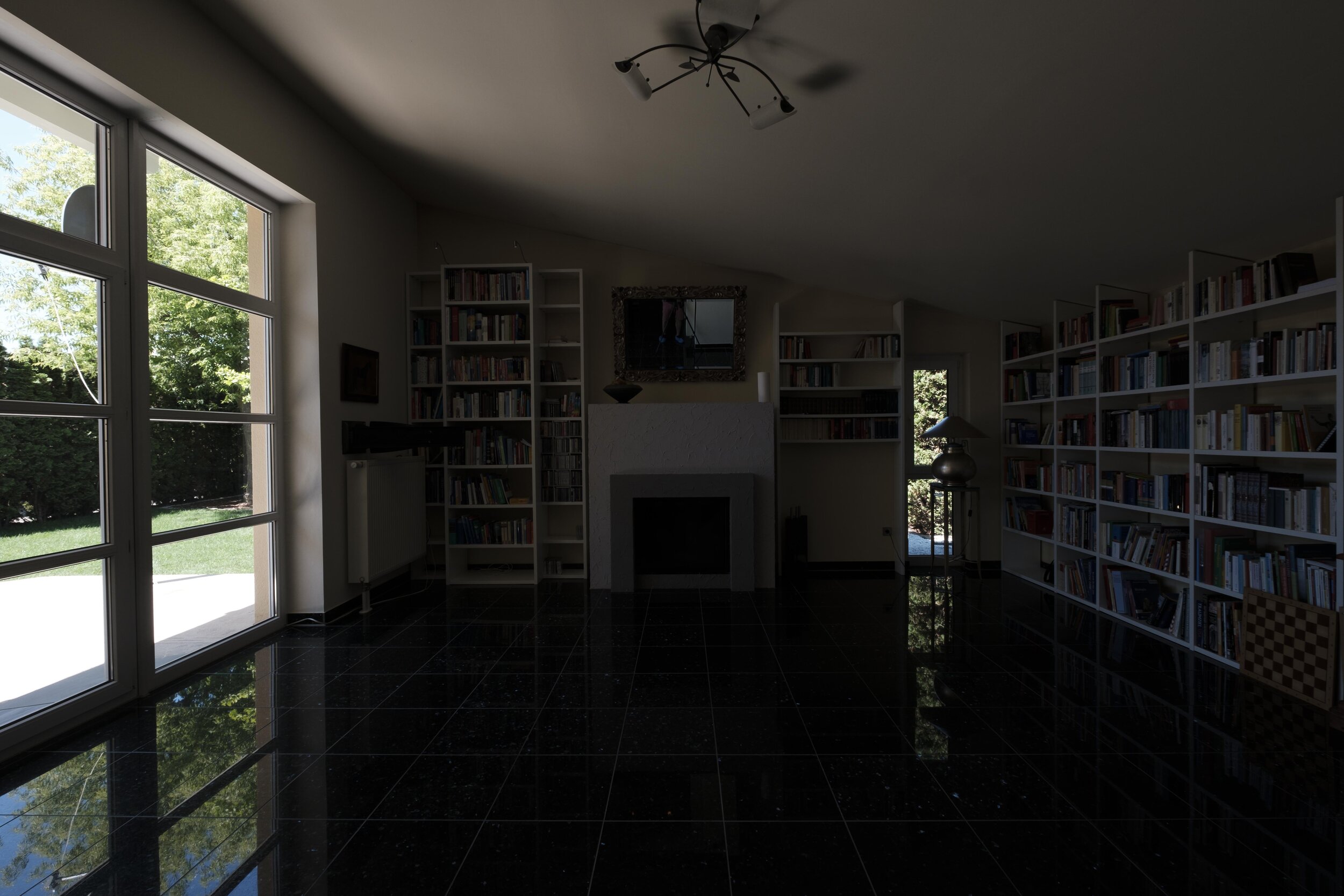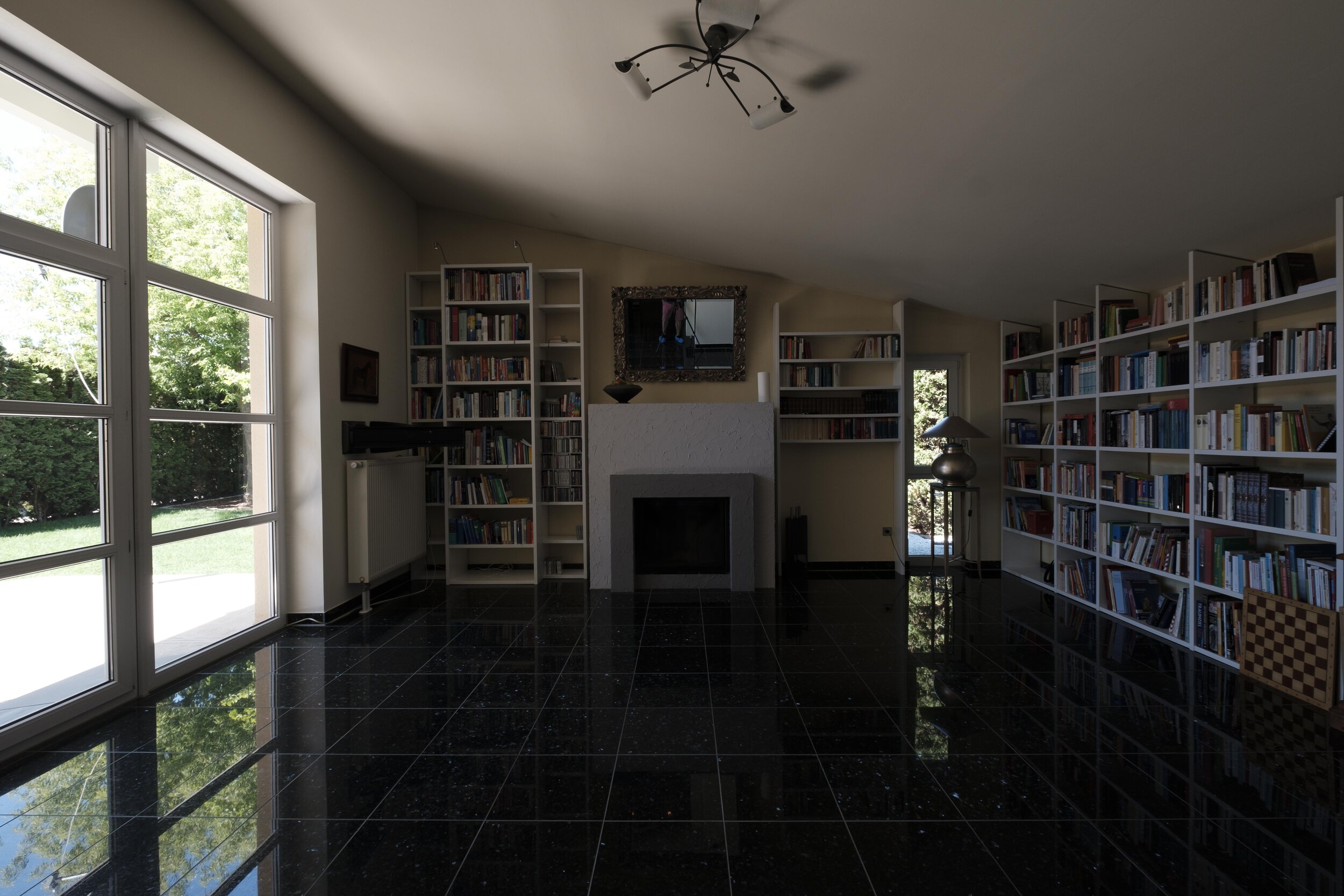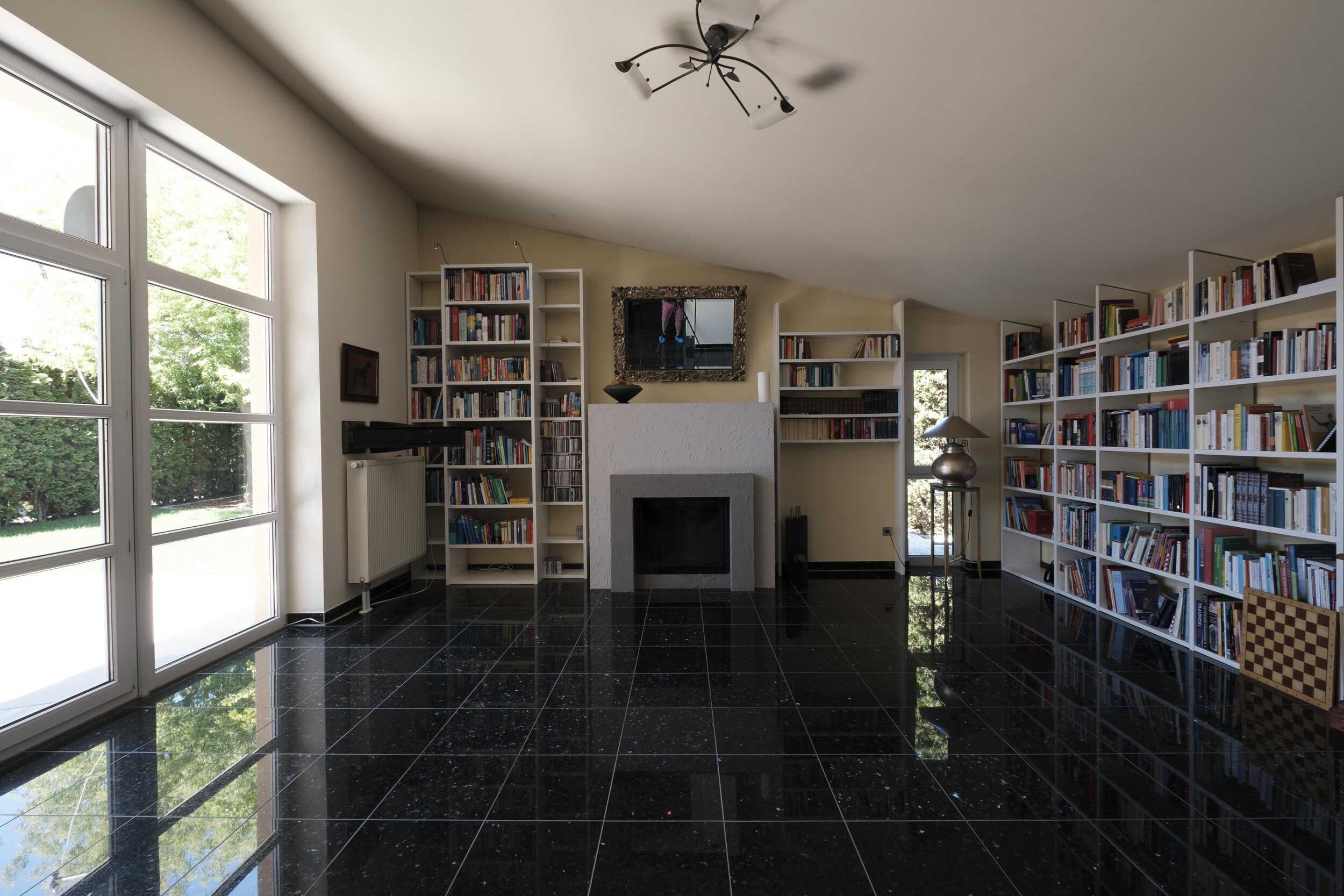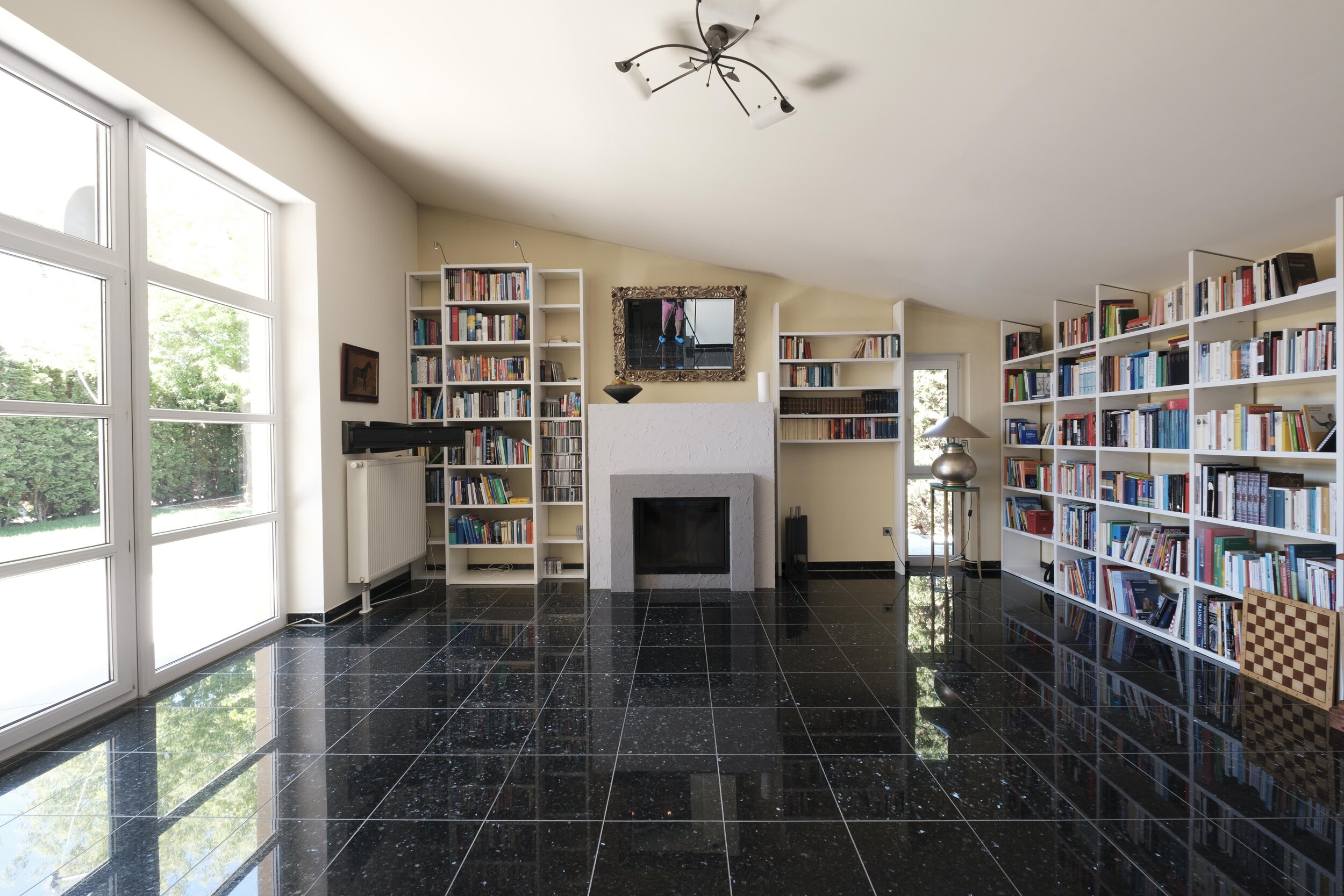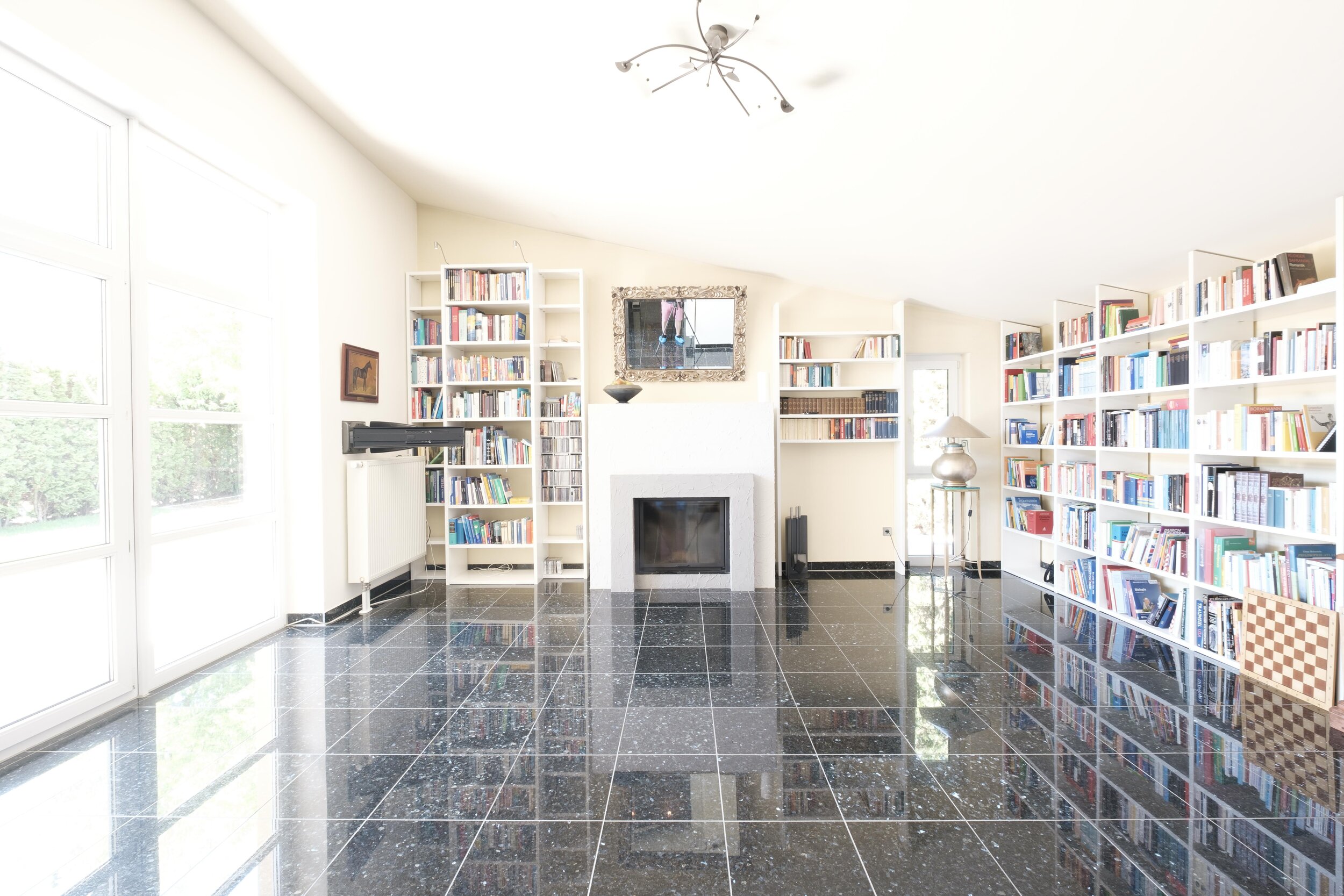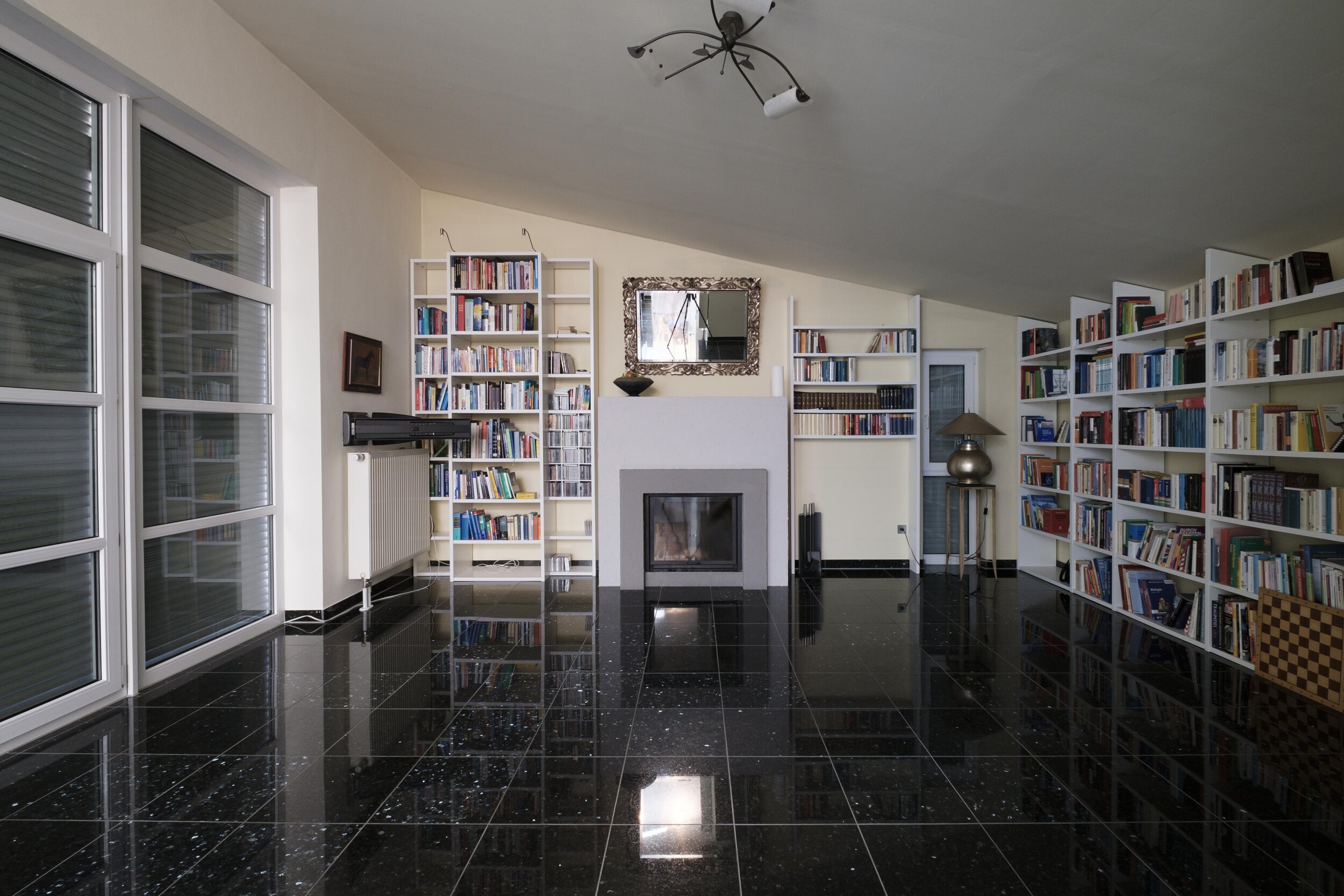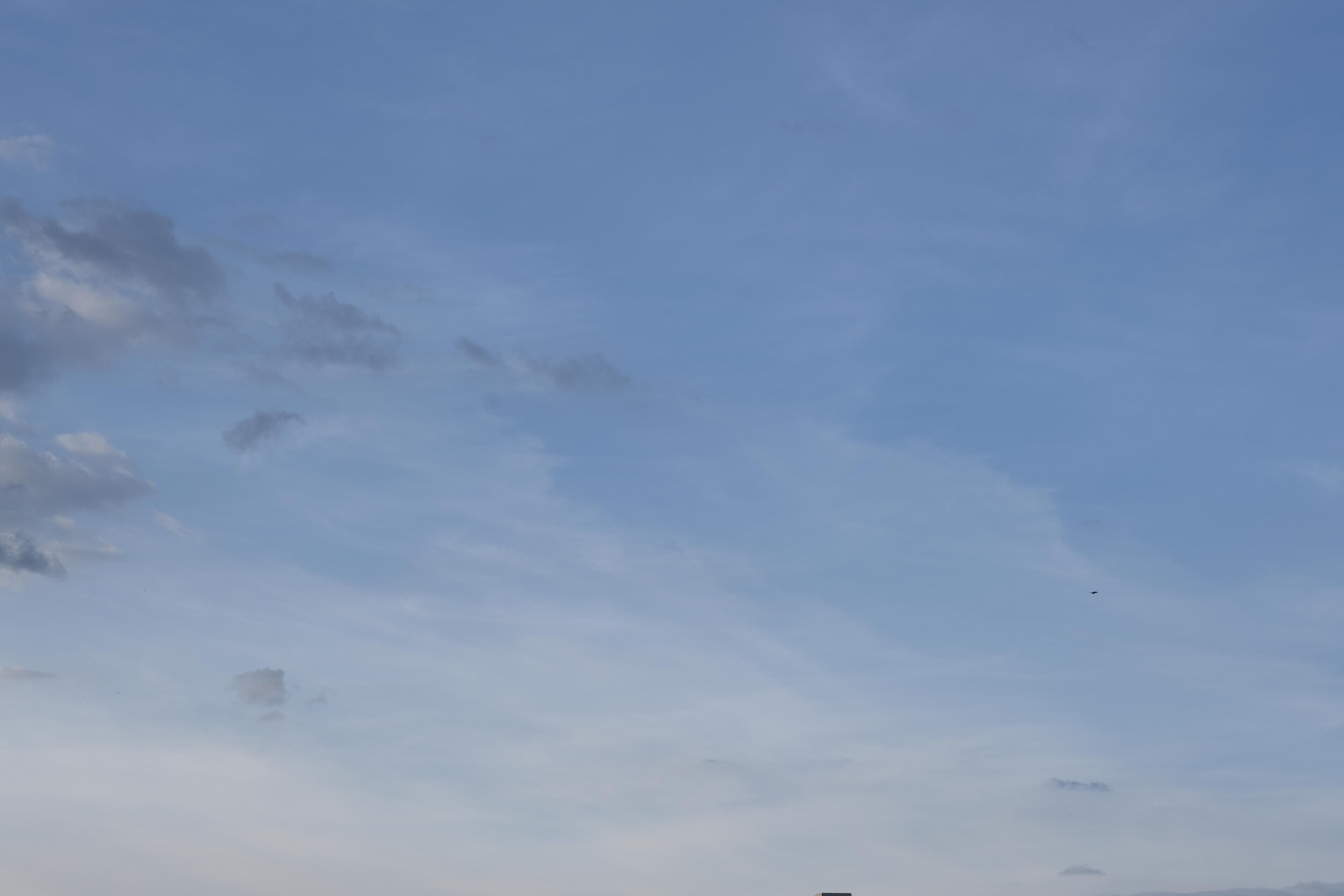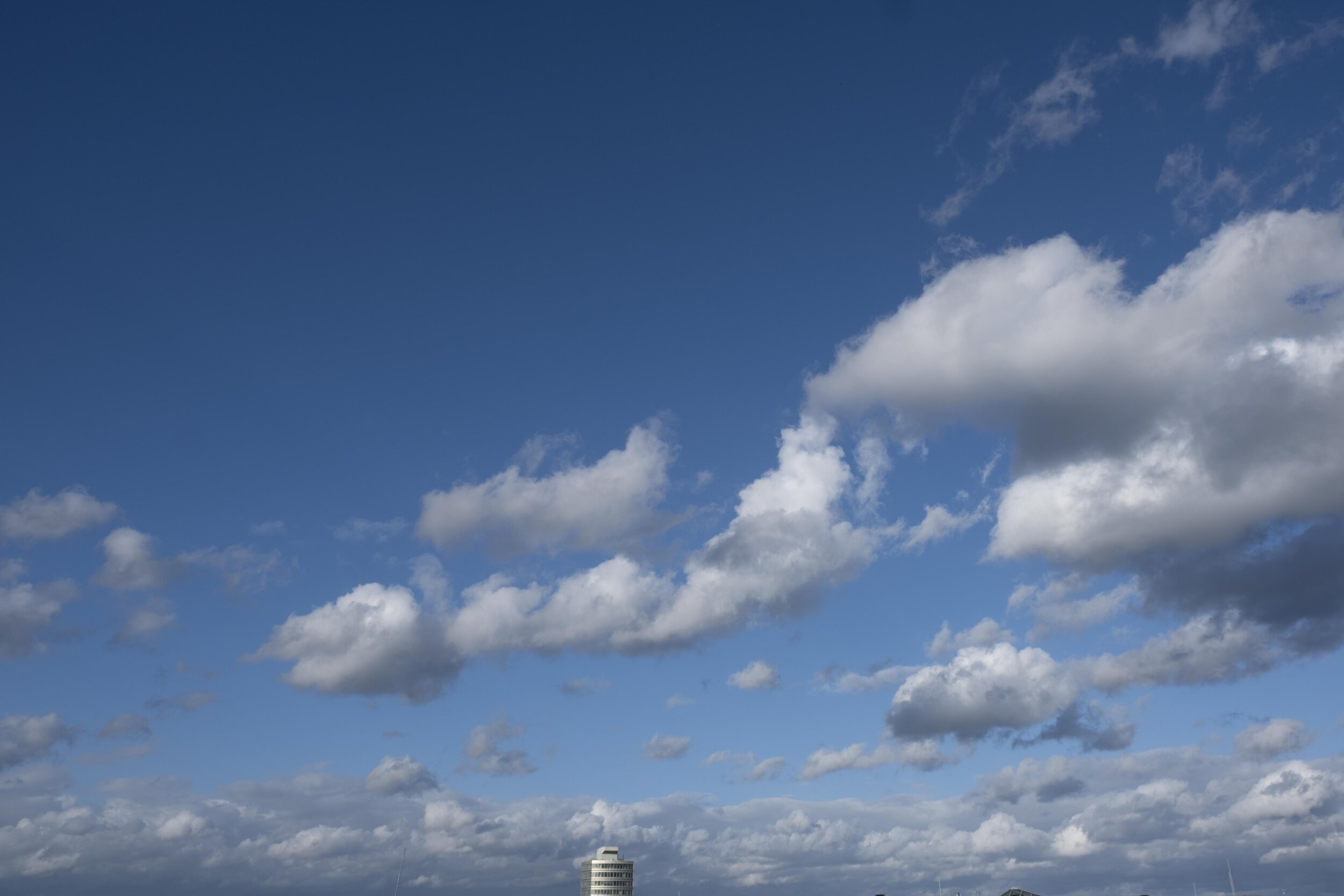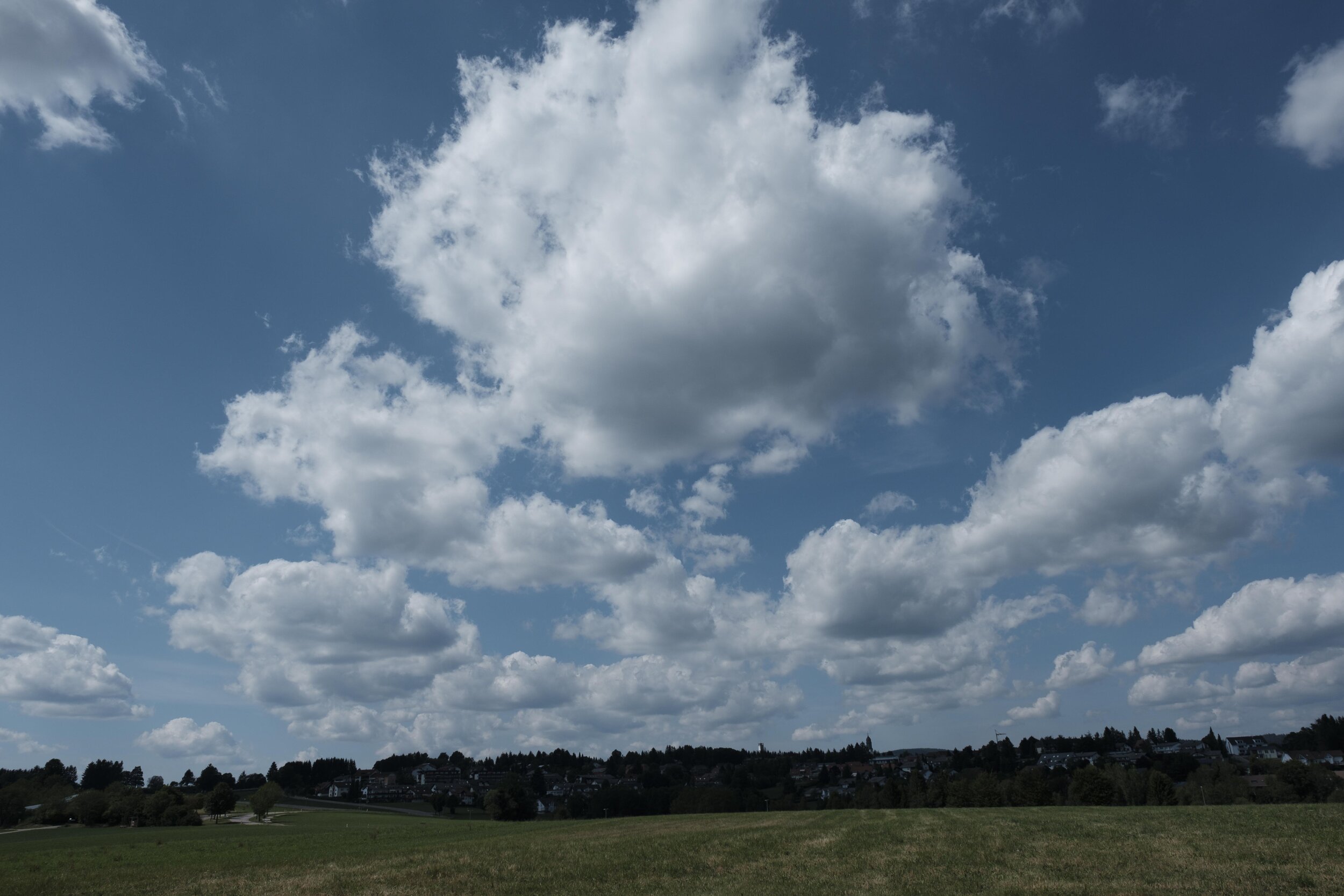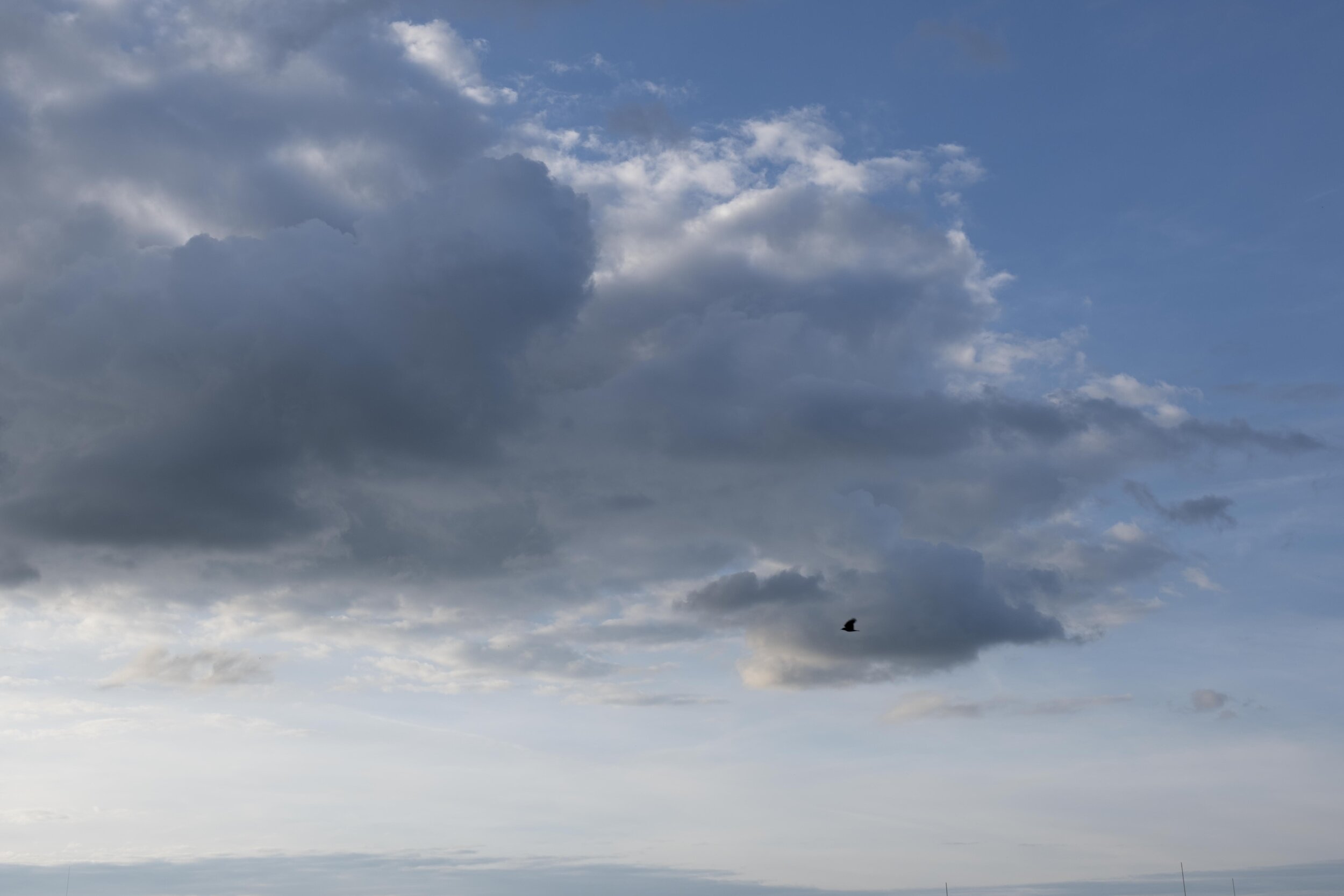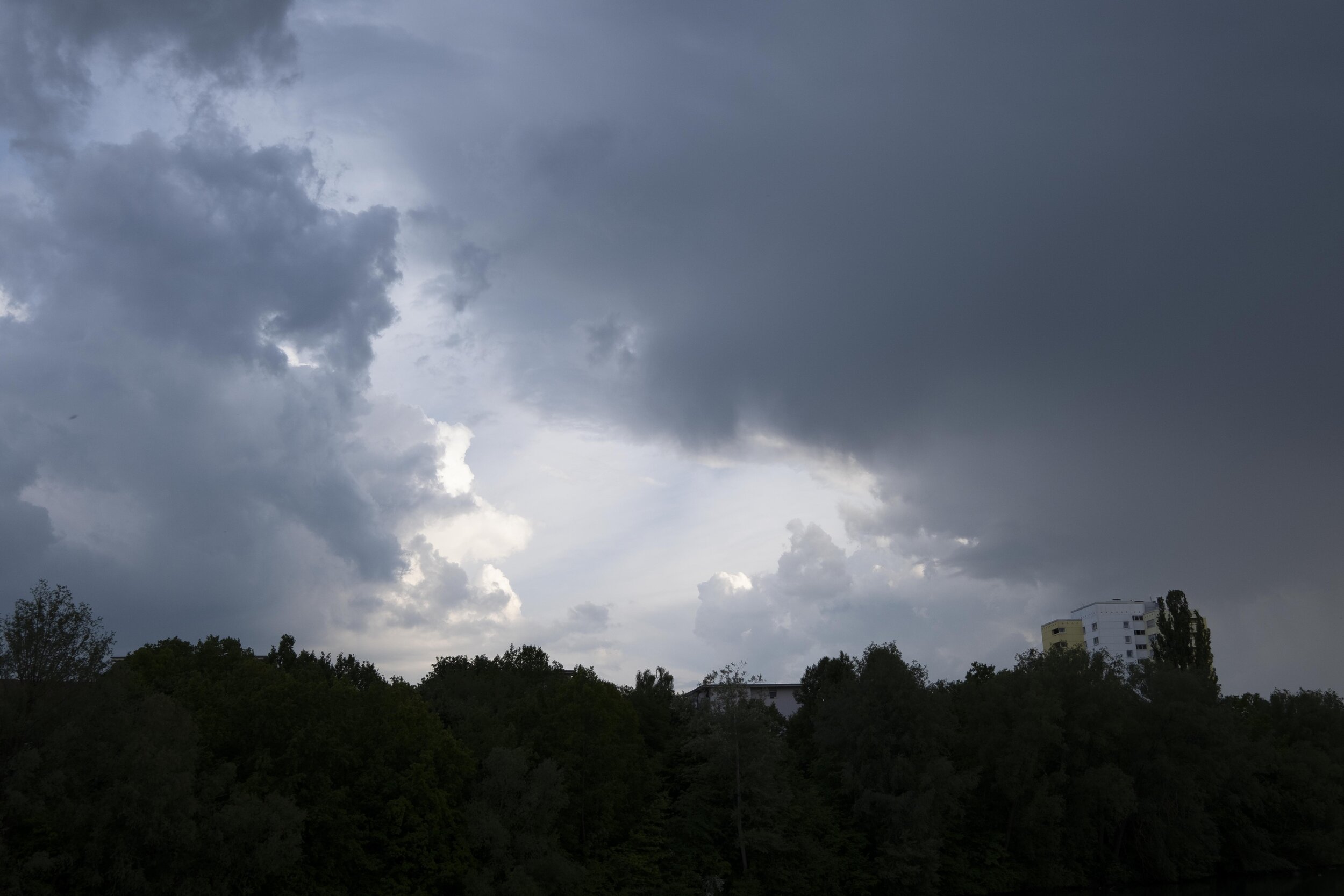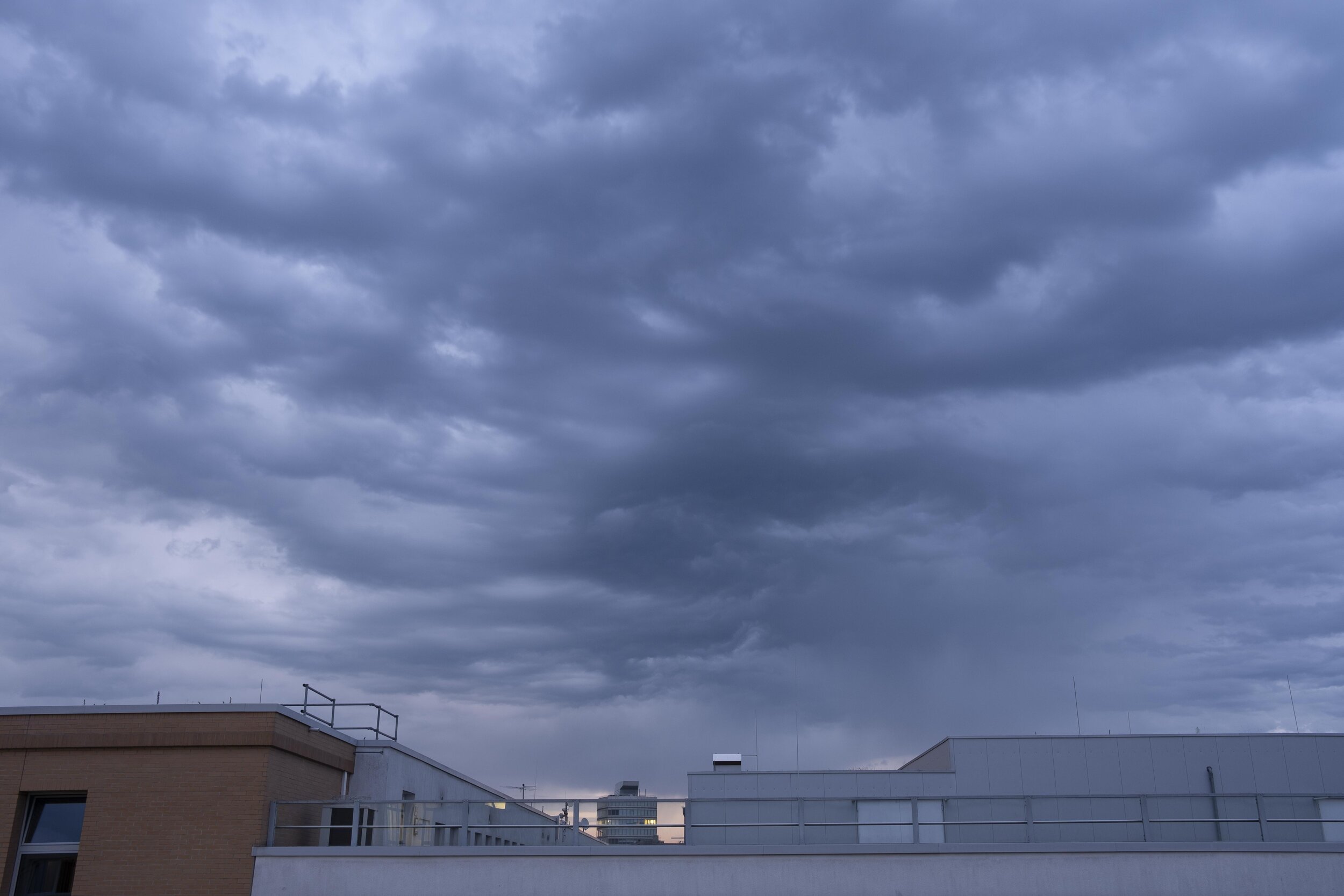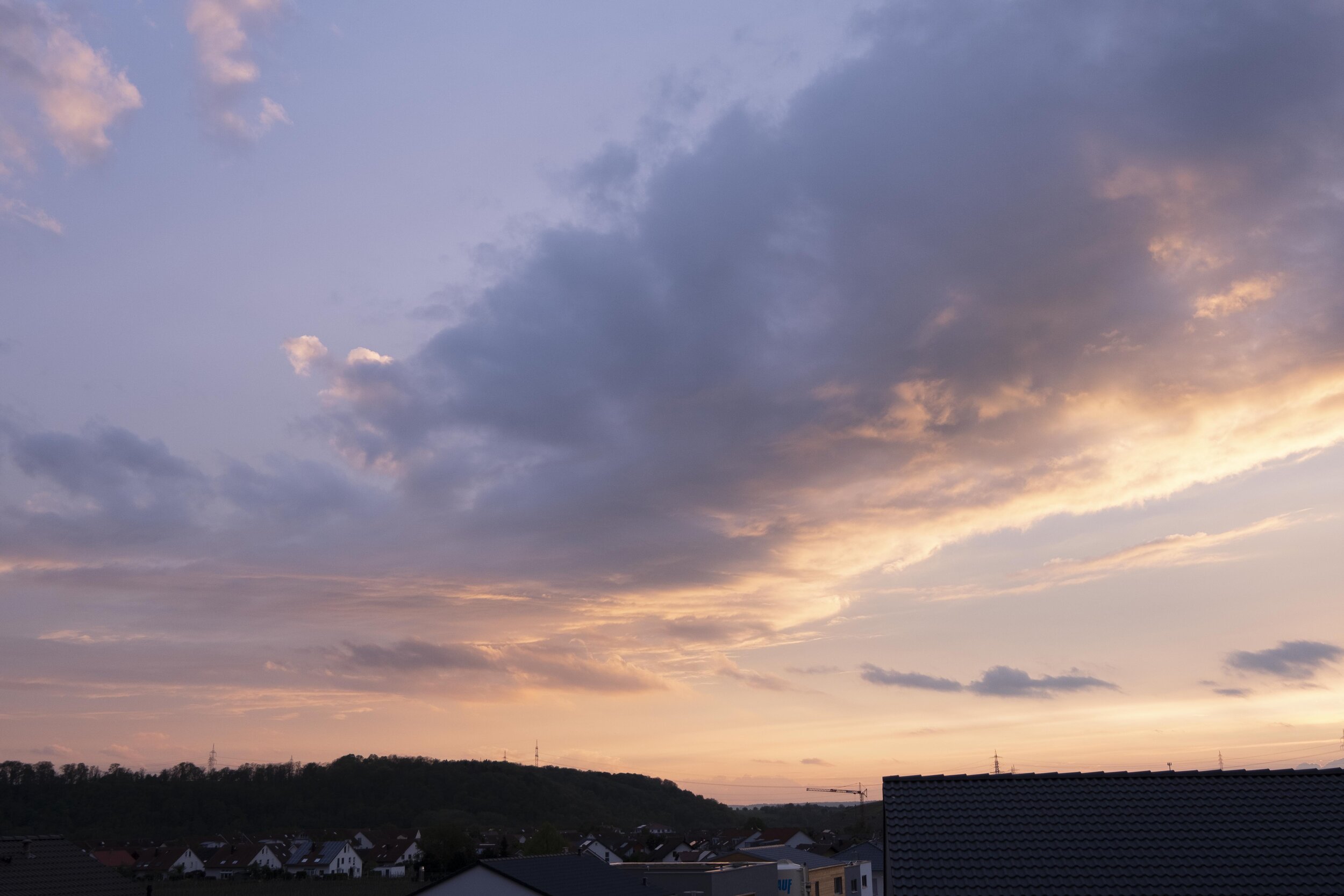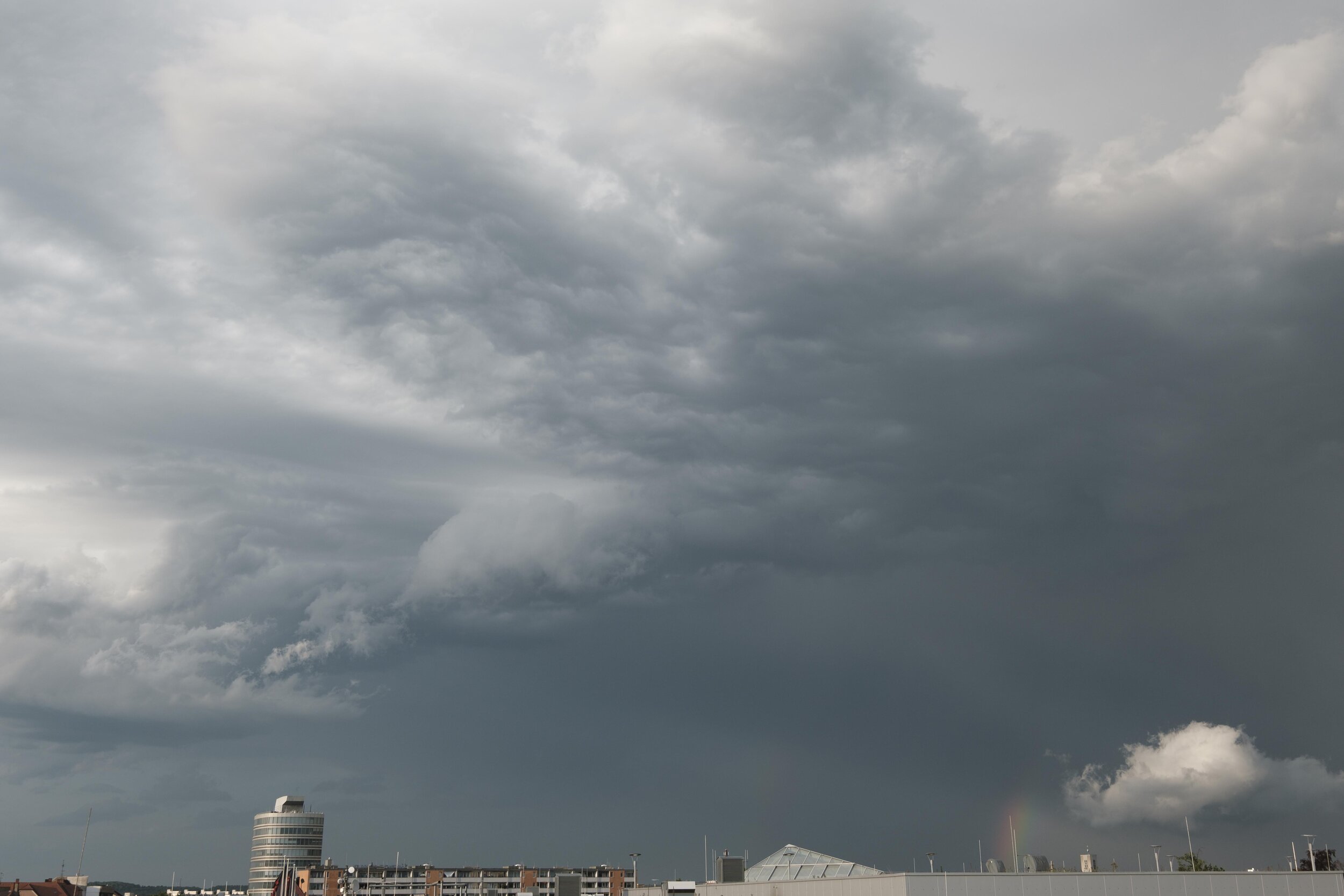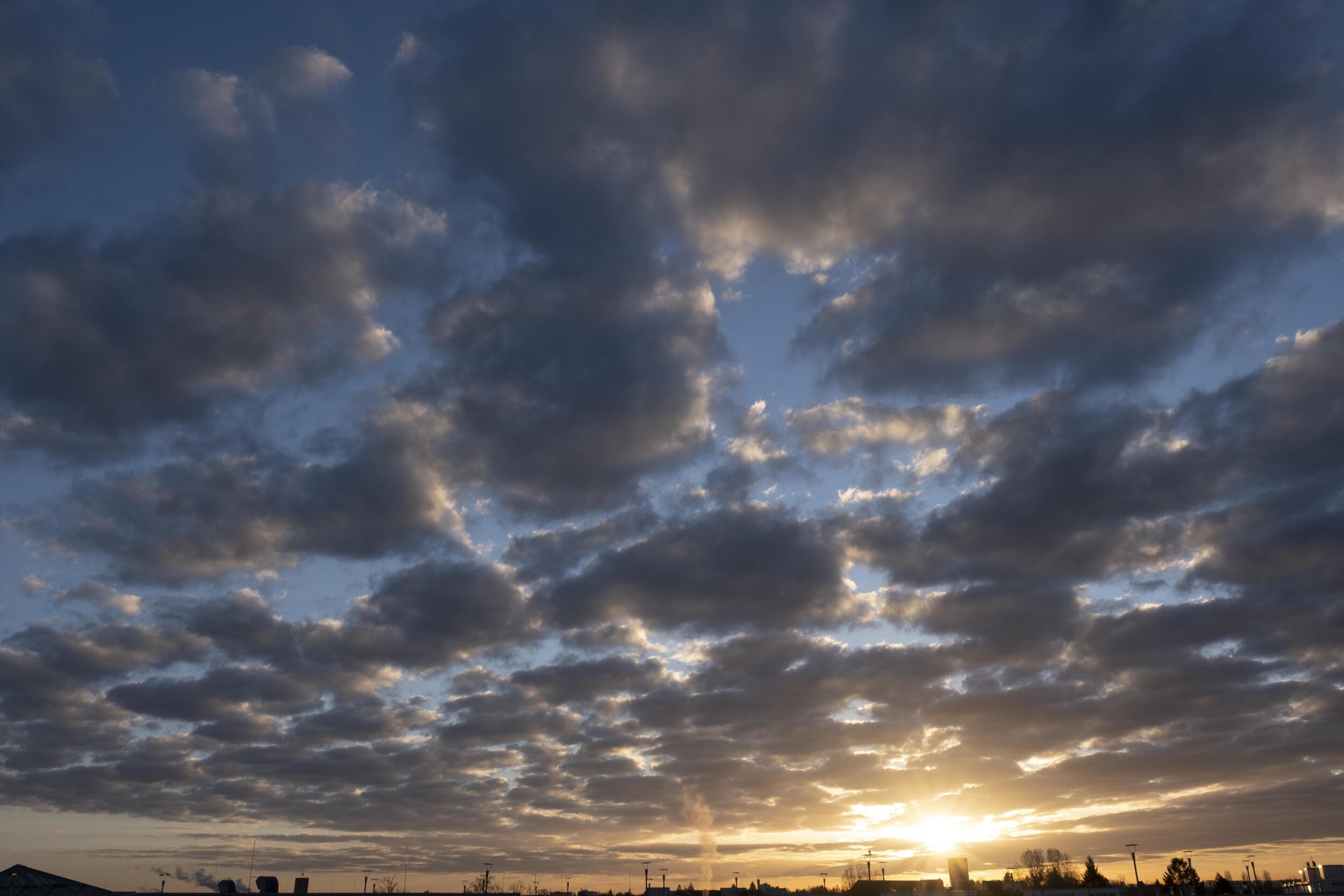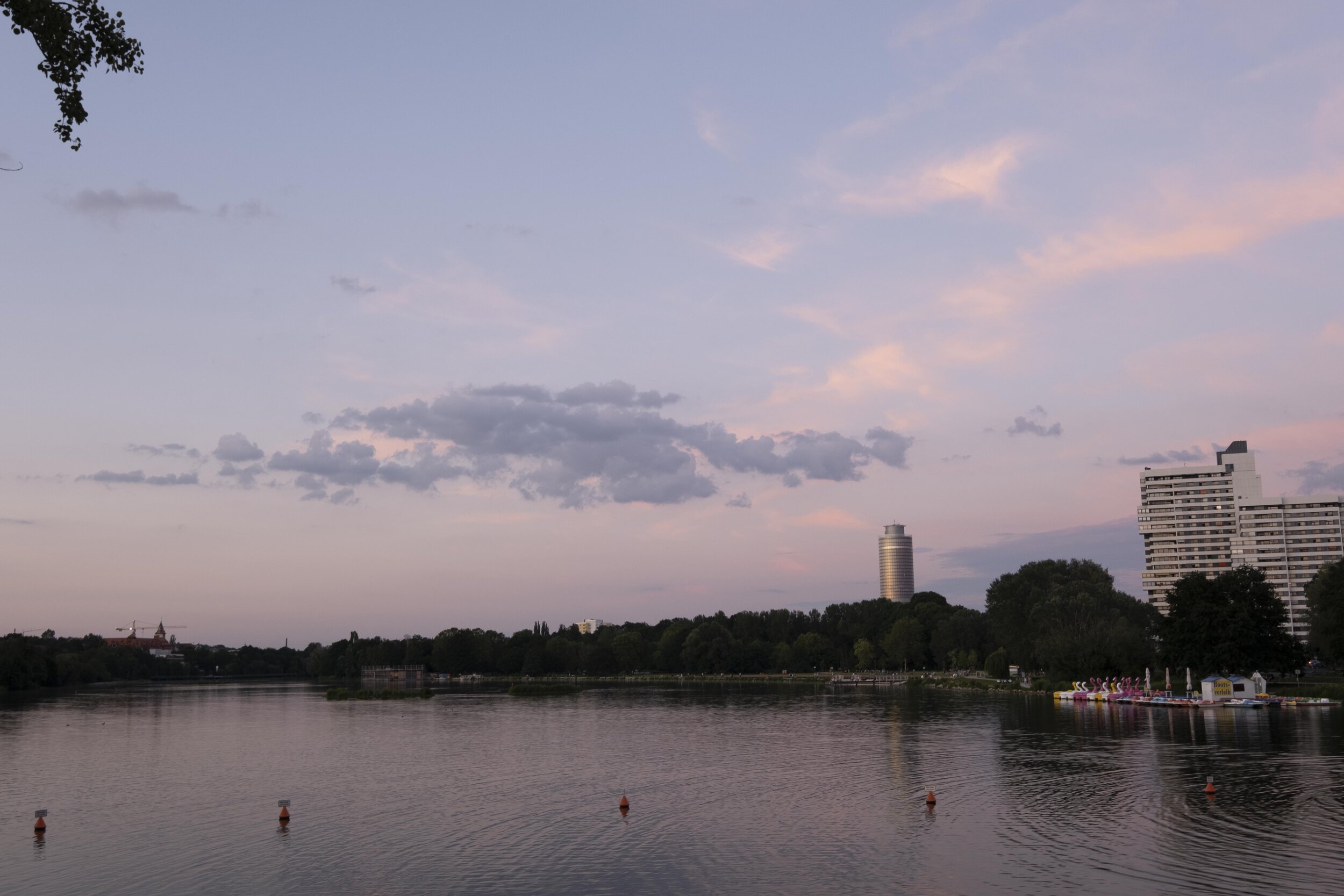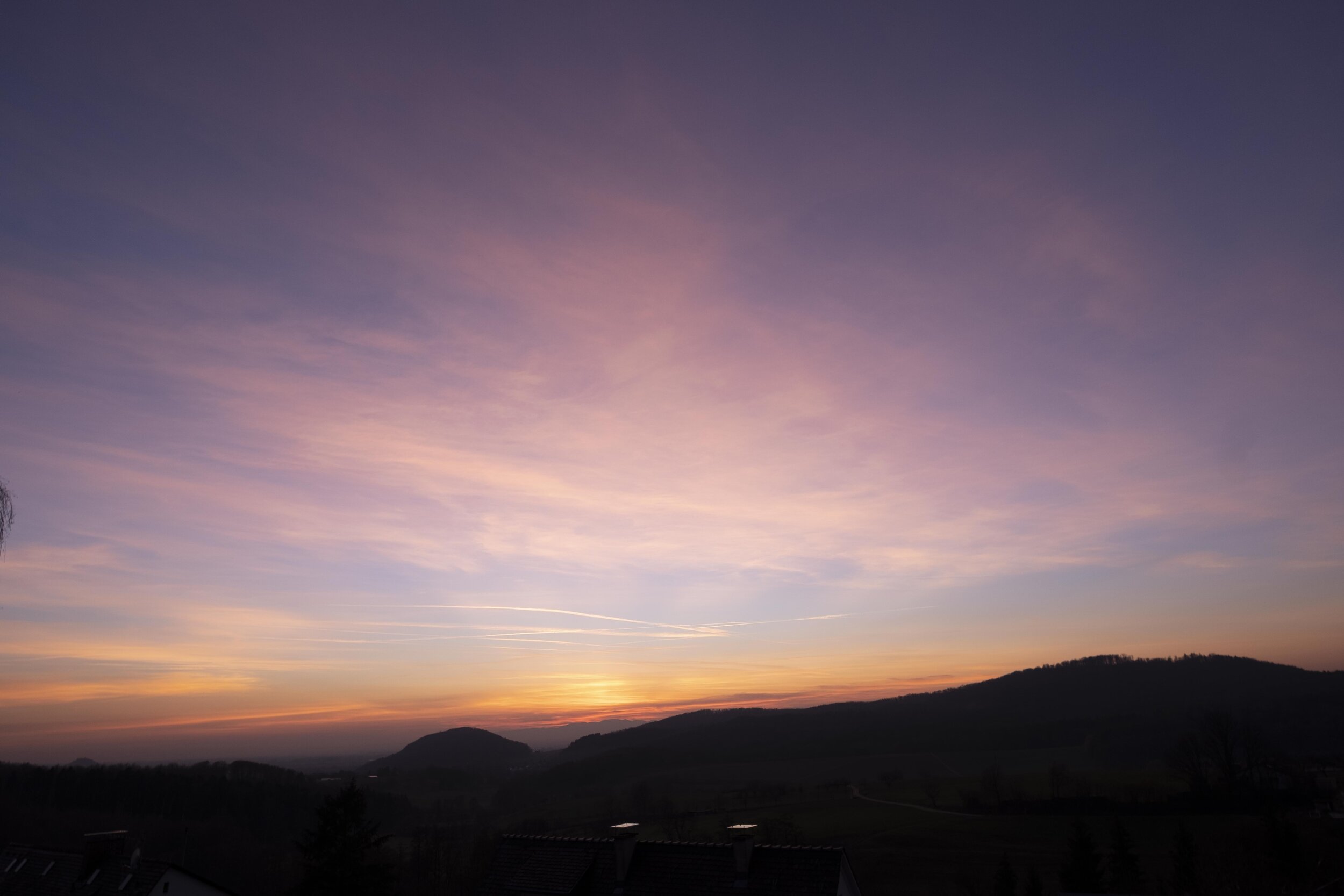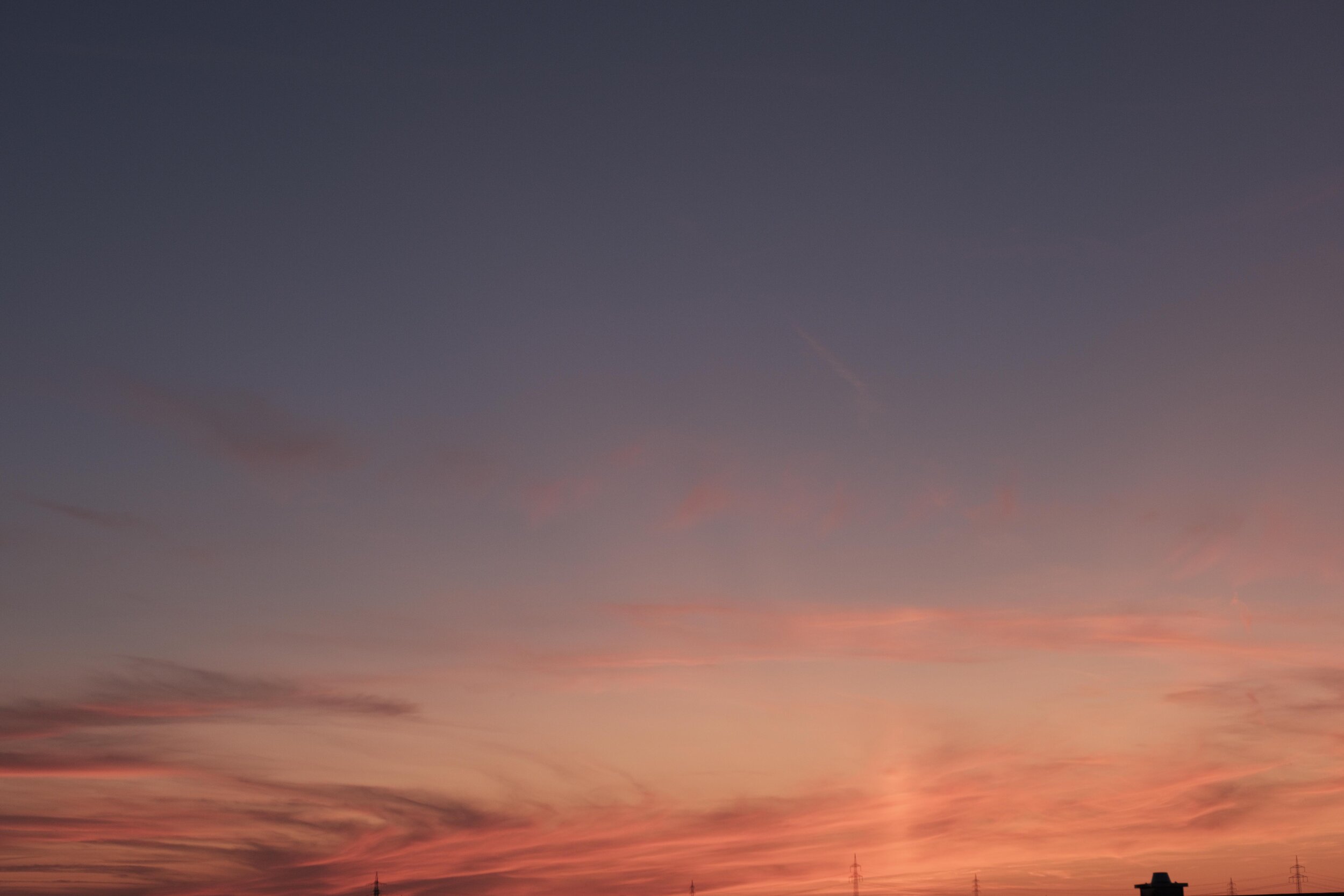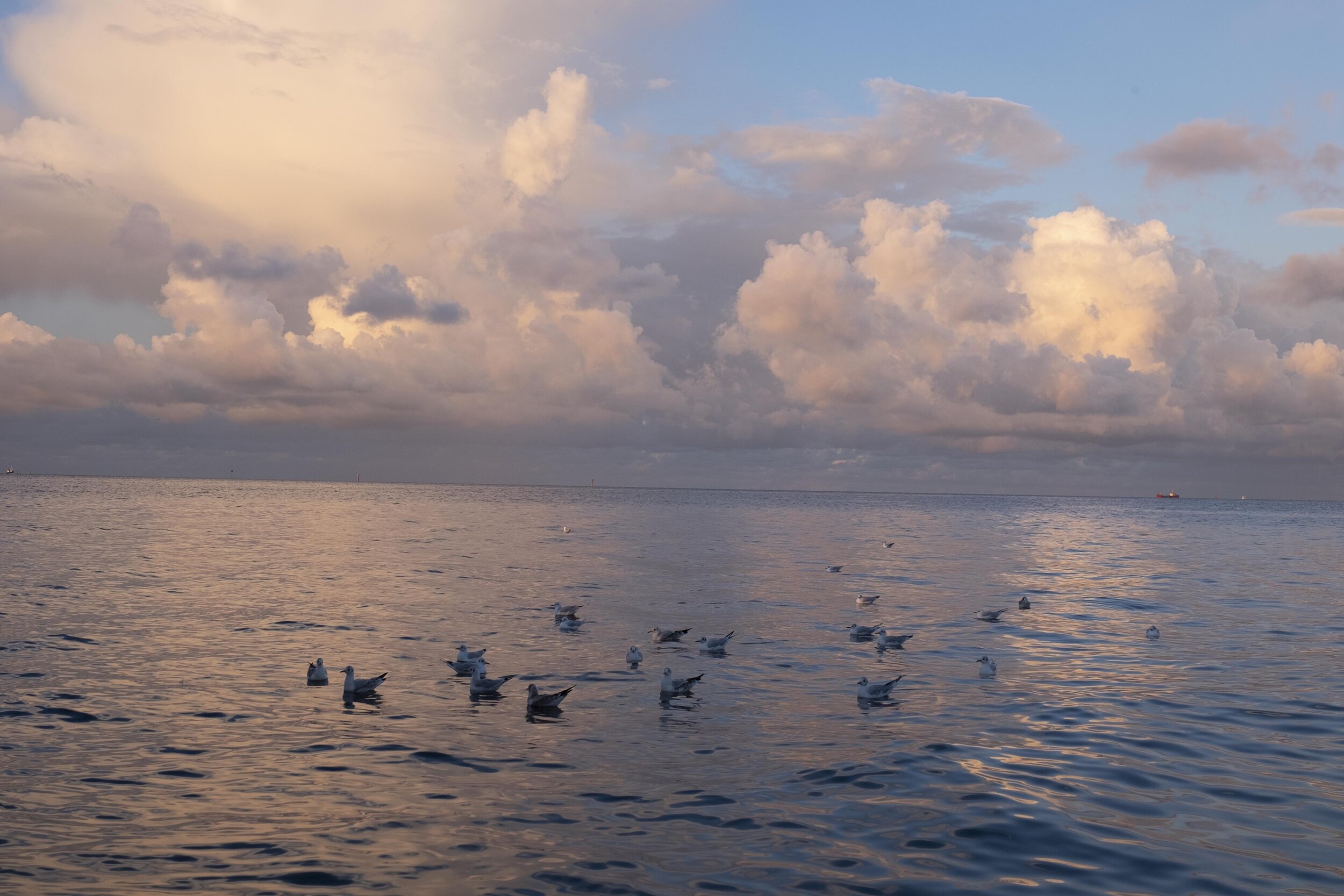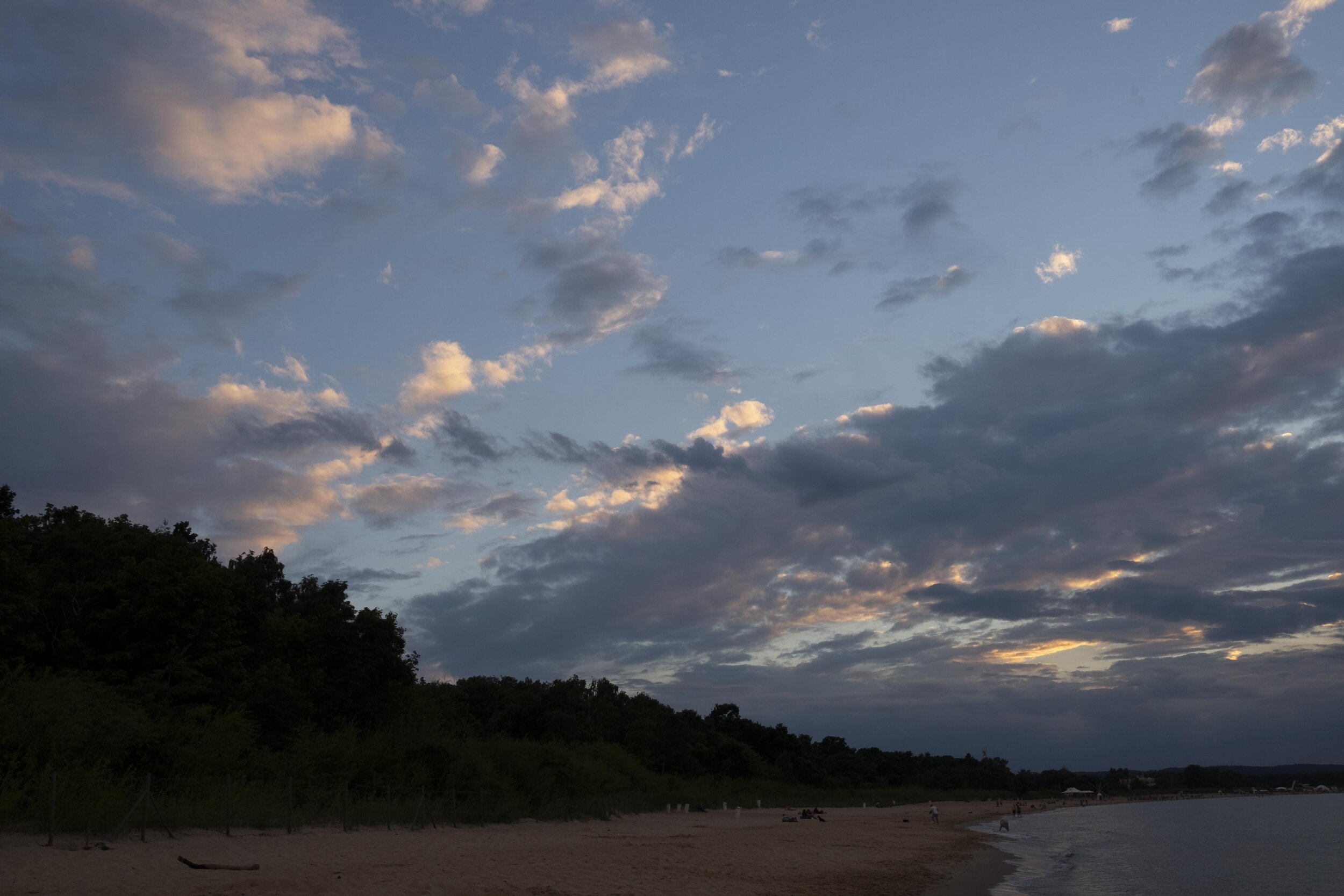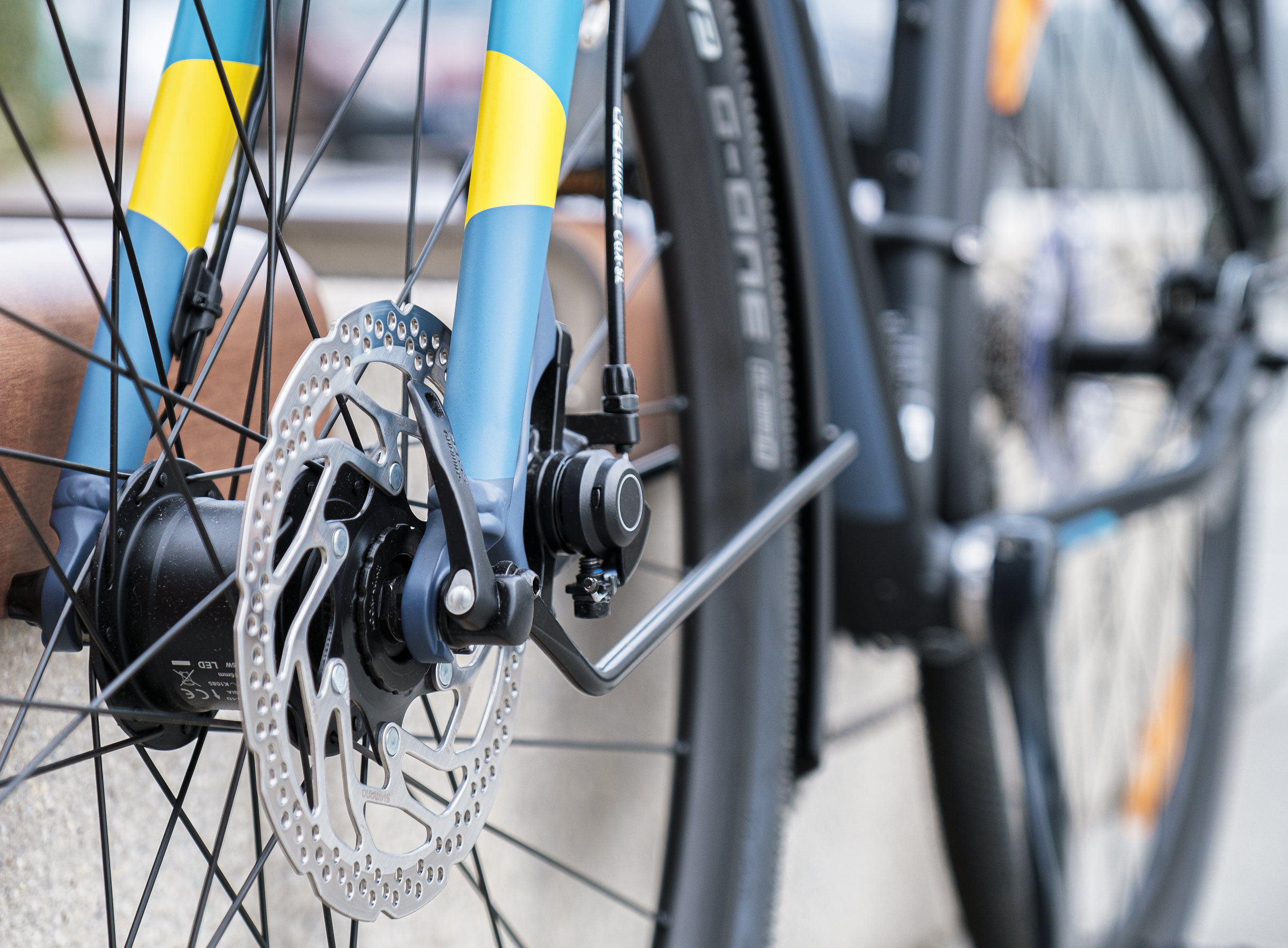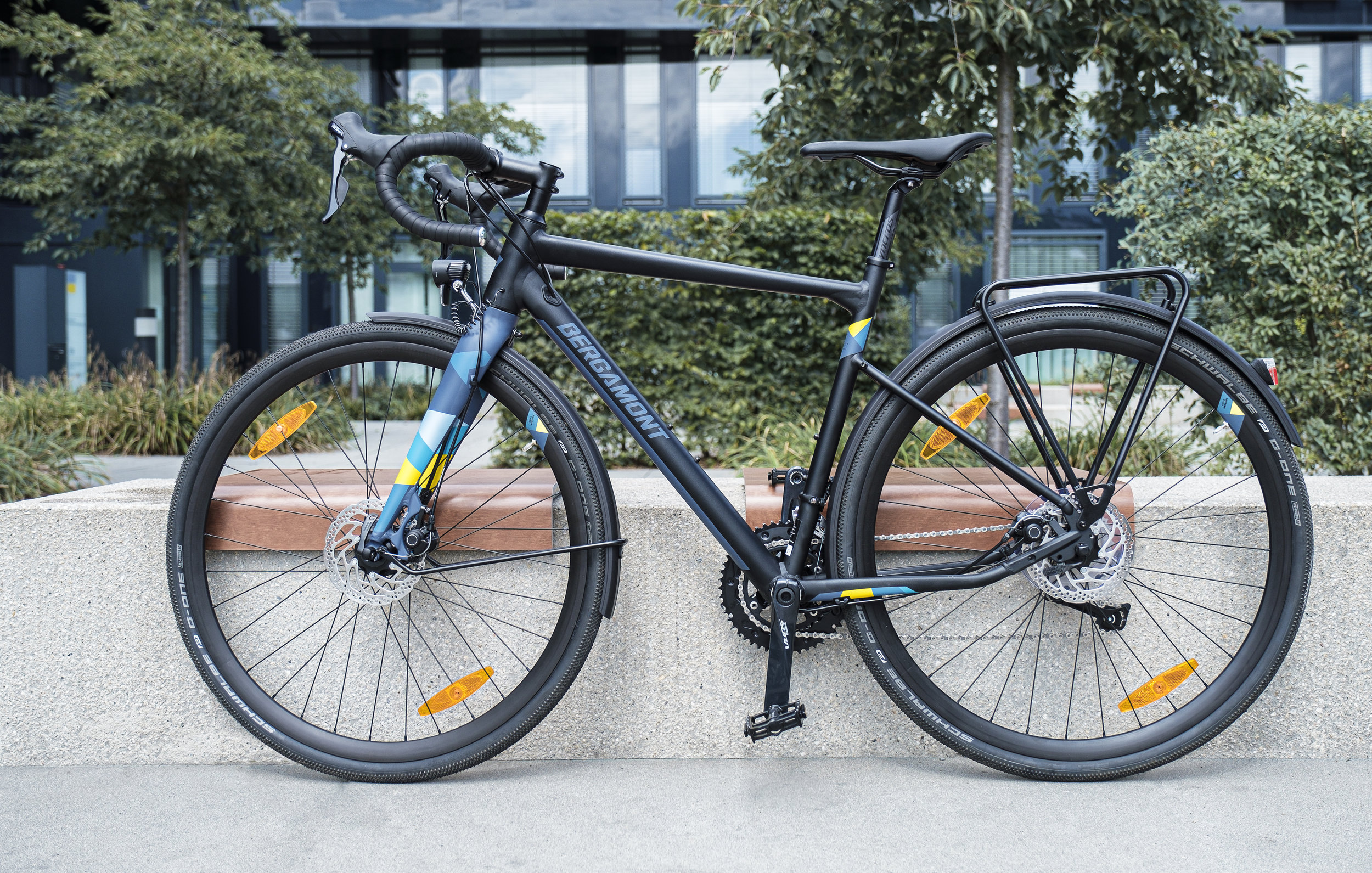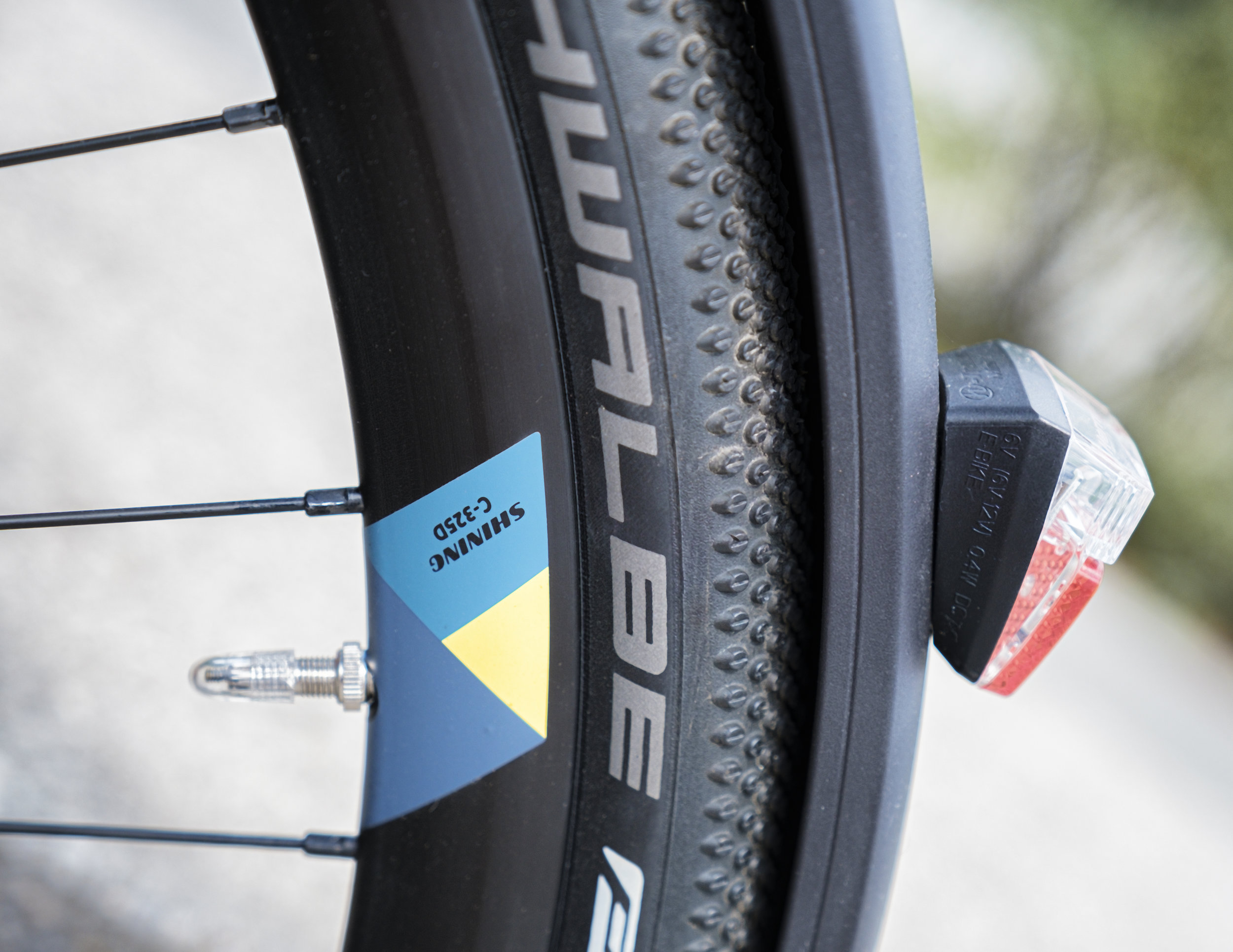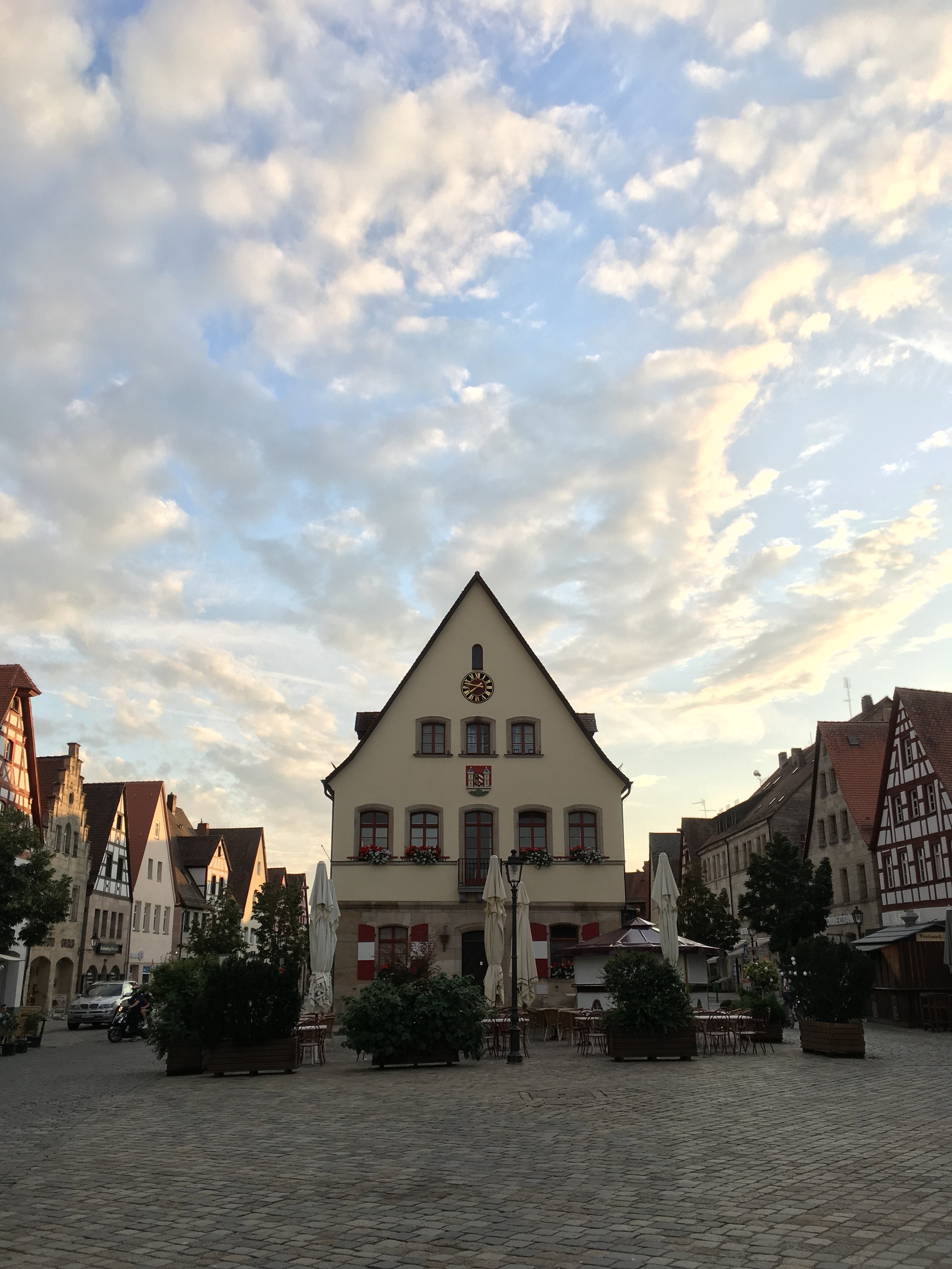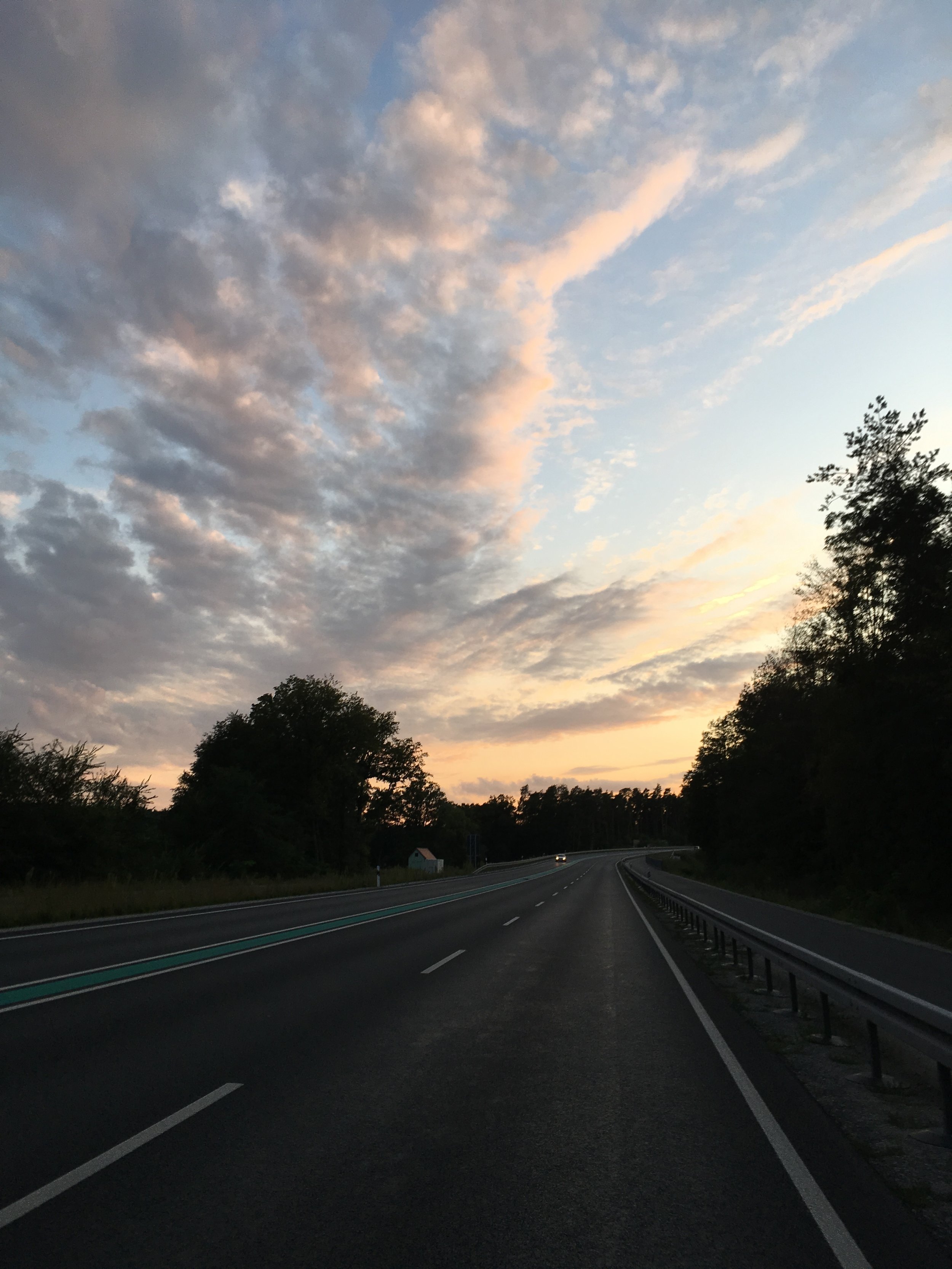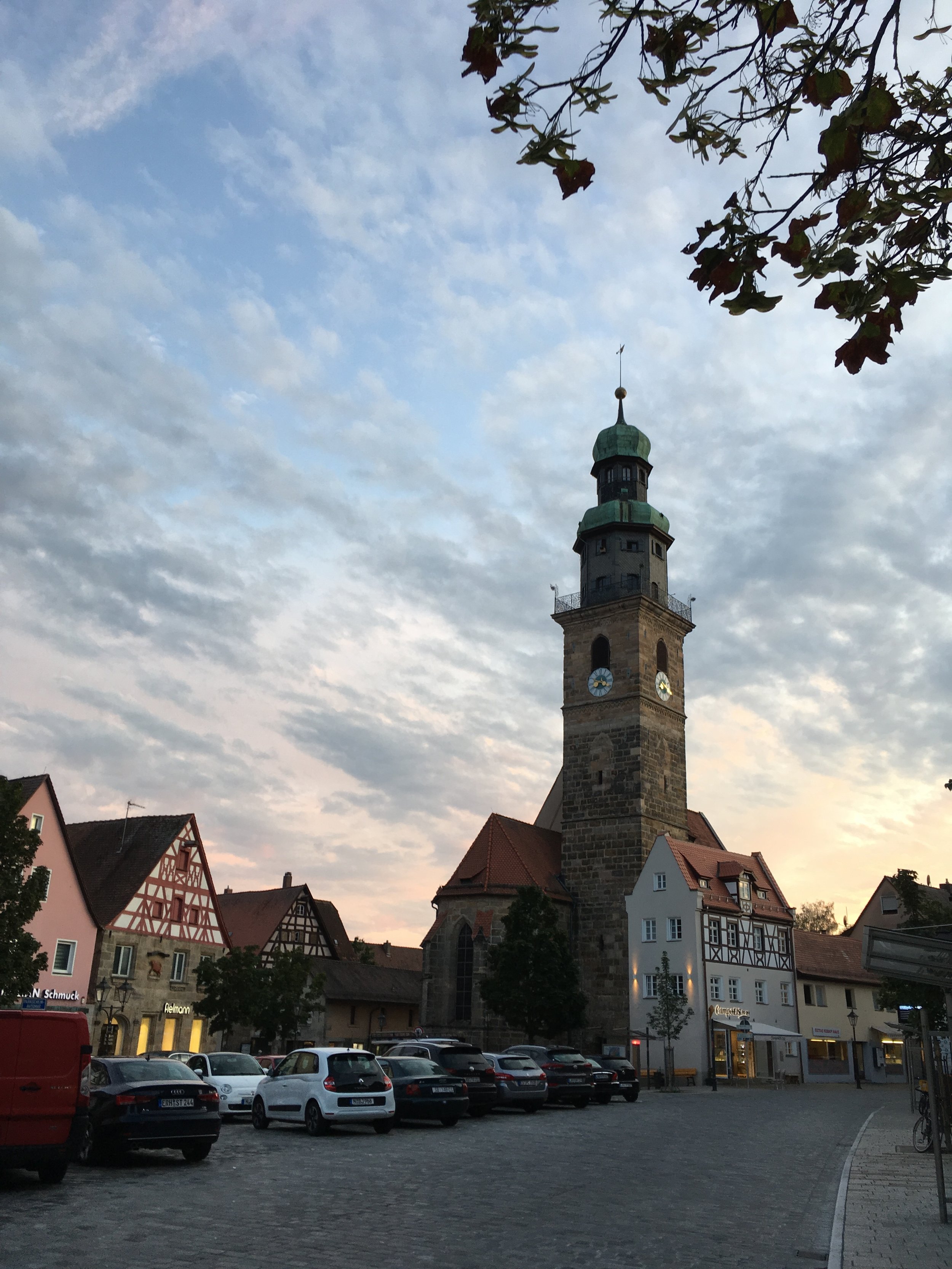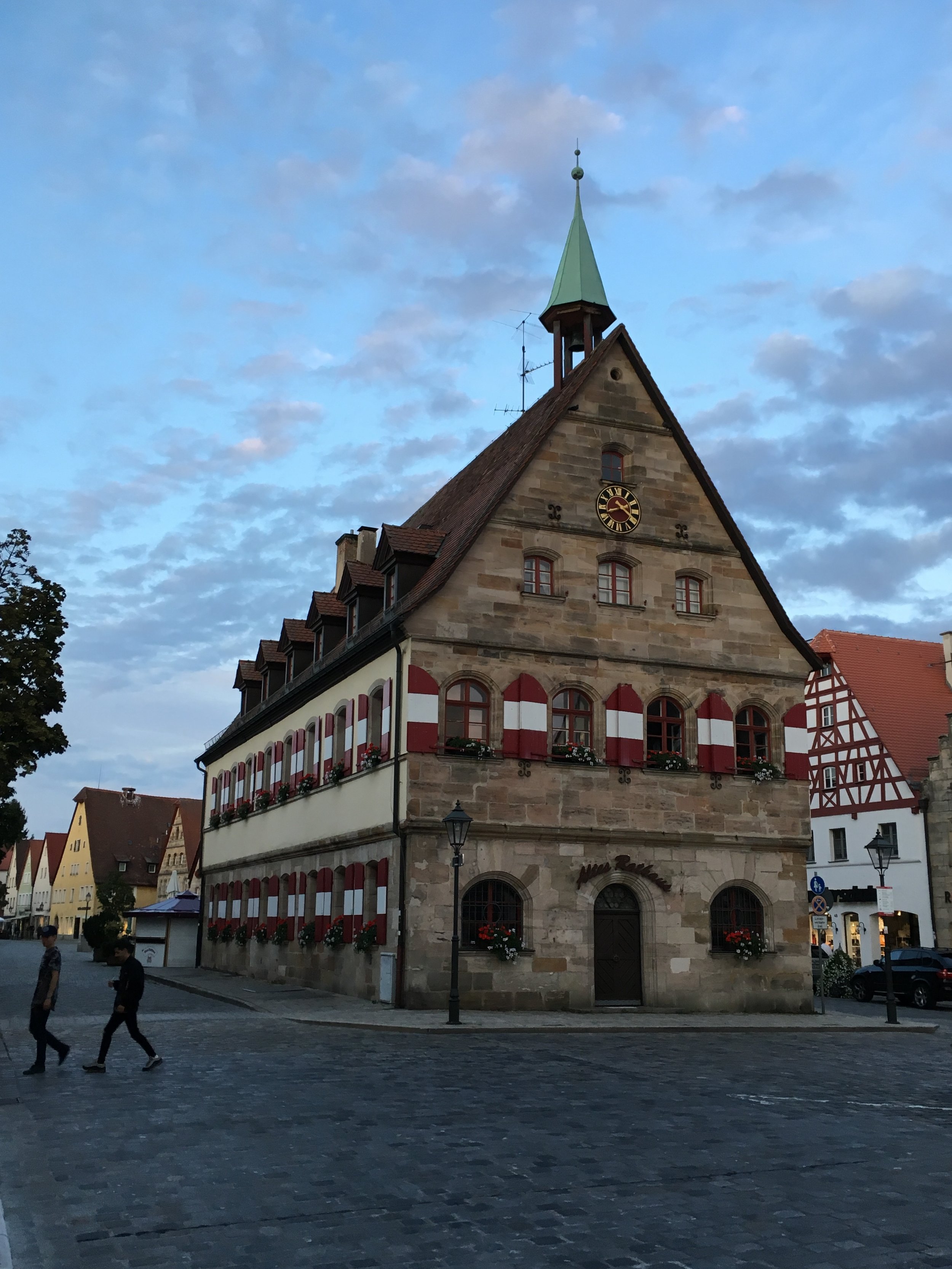“Can we have all the photos from the shoot?”
— The simple answer is: “No!” And here is why.
Sooner or later, every professional photographer runs into similar situations. Situations which are uncomfortable for the photographer and for the client. This refers to the topic of post-production and retouching. Some clients might tell you that your retouching fee is too high. Others might tell you to not do any retouching. And again some others might ask you, to send them all the pictures.
If those questions come up from a client’s side, it is the task of the photographer to clear the air. It is not a simple task, as things can easily be misunderstood, clients can get disappointed and the photographer gets mad and frustrated. Those misunderstandings are rooted in misperceptions of a professional photographer’s work. Trying to make things as clear as possible, I’m going to outline the same process from both sides, the photographer’s and the client’s perspective.
Client: “My son/friend/cousin has a good camera. And I always see what he does. He goes out, has lots of fun, takes pictures, applies a filter and posts them to social Media. It is not much work. And is it even work for him? He is so dedicated and has so much fun! He clicks the shutter and immediately has his result. It probably won’t take long to take a good picture.”
Photographer: “For those photos, I need to have free time, scout a location, schedule it with the weather and the client. I need to create a mock-up and mood-board to visualise my concept to the client. I need to find out, what the client really wants. Soo many things to do before the shoot. At the day of the shoot, I need to be prepared for any situation to take good pictures and deliver exactly what my client wants. At home, I need to go through all the images, select the best ones (for the client’s needs AND the photographer’s vision). In the end, I have to spend a lot of hours to make the vision come to life in Lightroom and Photoshop.”
Obviously, the client thinks, the photographer comes, has fun, clicks the shutter and that’s it. The photographer on the other hand, knows how much work it is, which the client is not aware of. Hence, photographers have to educate their clients (best would be before the shoot) on the entire creation process. This article tries to do exactly that. So we can send it to our clients to visually educate them, especially on the post-production end of the job. Quickly, they will understand that they want their pictures to be retouched, want to pay for it and don’t want all the other shots a photographer took during the shoot. So let’s get started!
A) Clients do not want your unedited RAW pictures
Typically, any commercial and professional photographer (except e.g. photo journalists) captures images as RAW files - uncompressed files, straight out of the camera. You need a special software to convert them and make them look good. They have dull colours, low contrast, look flat and desaturated. Still, they are the go-to files for professionals as they contain all information to tailor the look of the image. It’s like a painter who needs at first all different kinds of colours to create whatever he wants. Let’s look at photography back in the days: You brought your film to a photography studio or lab to get the film developed. With just the film in your hands, you can’t do anything with it. Hence, you paid an expert to translate your film/RAW data into a fully developed picture. That is exactly what happens nowadays: Photographers take a RAW picture that doesn’t look good but contains all image information you need to get a perfect looking image. The final images are typically delivered in jpg, a compressed version of the photos, so you as a client can easily store and post them online. In the past, you paid a specialist to develop your film, why wouldn’t you now? ;)
"Können wir alle Fotos vom Shooting haben?"
— Die einfache Antwort lautet: "Nein!" Und hier ist warum.
Früher oder später gerät jeder professionelle Fotograf in ähnliche Situationen. Situationen, die sowohl für den Fotografenuals auch für den Kunden unangenehm sind. Dies bezieht sich auf das Thema Postproduktion und Retusche. Einige Kunden sagen dir möglicherweise, dass deine Retuschegebühr zu hoch ist. Andere sagen, es sei nicht nötig Retuschen vorzunehmen. Und wieder könnten einige andere darum bitten, ihnen alle Bilder zu schicken.
Wenn diese Fragen von Seiten des Kunden gestellt werden, ist es die Aufgabe des Fotografen, Missverständnisse auszuräumen. Es ist keine einfache Aufgabe, da Dinge leicht missverstanden werden, Kunden enttäuscht werden können und der Fotograf wütend oder frustriert sein könnte. Diese Missverständnisse beruhen auf falschen Auffassungen über die Arbeit eines professionellen Fotografen. Um die Dinge so klar wie möglich zu machen, werde ich den gleichen Prozess von beiden Seiten skizzieren, aus der Perspektive des Fotografen und der des Kunden.
Kunde: „Mein Sohn / Freund / Cousin hat eine gute Kamera. Und ich sehe immer, was er tut. Er geht raus, hat viel Spaß, macht Fotos, wendet einen Filter an und postet sie in den sozialen Medien. Es ist nicht viel Arbeit. Und ganz ehrlich, ist es überhaupt Arbeit für ihn? Er ist so engagiert und hat so viel Spaß! Er klickt auf den Auslöser und hat sofort sein Ergebnis. Das kann ja nicht so lange dauern, ein gutes Bild zu machen. "
Fotograf: „Für diese Fotos muss ich einen freien Termin finden, einen Ort auskundschaften, ihn mit dem Wetter und dem Kunden abstimmen. Ich muss ein Mock-up und ein Moodboard erstellen, um dem Kunden mein Konzept zu visualisieren. Ich muss herausfinden, was der Kunde wirklich will. Es gibt so viele Dinge vor dem Shooting zu tun. Am Set muss ich auf jede Situation vorbereitet sein, um gute Bilder zu machen um genau das zu liefern, was mein Kunde will. Zu Hause muss ich alle Bilder durchgehen, die besten auswählen (für die Bedürfnisse des Kunden UND die Vision des Fotografen). Am Ende muss ich viele Stunden aufwenden, um die Vision in Lightroom und Photoshop zum Leben zu erwecken.
Offensichtlich denkt der Kunde, der Fotograf kommt, hat Spaß, klickt auf den Auslöser und das war's. Der Fotograf hingegen weiß, wie viel Arbeit es ist, die dem Kunden nicht bewusst ist. Daher müssen Fotografen ihre Kunden (am besten vor dem Shoot) über den gesamten Erstellungsprozess informieren. Dieser Artikel versucht genau das zu tun. So können wir es an unsere Kunden senden, um sie visuell zu schulen, insbesondere für den Teil der Postproduktion nach dem Shoot. Schnell werden sie verstehen, dass sie ihre Bilder retuschiert haben möchten, dass sie dafür bezahlen und dass sie nicht alle anderen Aufnahmen, die ein Fotograf während des Shootings aufgenommen hat, möchten. Also lasst uns anfangen!
A) Kunden möchten keine unbearbeiteten RAW-Bilder
In der Regel erfassen alle gewerblichen und professionellen Fotografen (außer beispielsweise Fotojournalisten) ihre Bilder als RAW-Dateien. unkomprimierte Dateien direkt aus der Kamera. Sie benötigen eine spezielle Software, um sie zu konvertieren und sie gut aussehen zu lassen. Sie haben matte Farben, einen geringen Kontrast, sehen flach und entsättigt aus. Dennoch sind sie die Anlaufstelle für Profis, da sie alle Informationen enthalten, um das Erscheinungsbild des Bildes anzupassen. Es ist wie bei einem Maler, der zunächst alle möglichen Farben benötigt, um das zu schaffen, was er will. Schauen wir uns die Fotografie der Vergangenheit an: Sie haben Ihren Film in ein Fotostudio oder Labor gebracht, um den Film zu entwickeln. Wenn Sie nur den Film in Ihren Händen haben, können Sie nichts damit anfangen. Daher haben Sie einen Experten beauftragt, Ihre Film- / RAW-Daten in ein voll entwickeltes Bild zu übersetzen. Genau das passiert heutzutage: Fotografen machen ein RAW-Bild, das nicht gut aussieht, sondern alle Bildinformationen enthält, die Sie benötigen, um ein perfekt aussehendes Bild zu erhalten. Die endgültigen Bilder werden normalerweise in jpg, einer komprimierten Version des Fotos, geliefert, sodass Sie als Kunde es problemlos online speichern und veröffentlichen können. In der Vergangenheit haben Sie einen Spezialisten für die Entwicklung Ihres Films bezahlt. Warum nicht jetzt? ;)
B) Clients don’t want ALL your images
I’ve heard it many times and other photographers did so, too. It’s the most horrifying question for every photographer:
“Good morning :)) Matthias, can you pass me on the rest of the photos, as they are so I can have them! We have the ones you sent us. Then I will select them??!! The ones from the wedding as they are.
Without any editing. Just pass them on like this. If that is okay.”
It is horrifying for the simple reason that you don’t want to let down your clients, you don’t want to upset them or disappoint them. But the answer to that question of at least every semi-professional photographer is and should be usually “no”. Then the arguing starts and your clients start asking you why you don’t give them all your pictures.
Don’t get me wrong! I totally understand the clients. I would ask that too! No one likes to give up control. Especially, if you pay for it. It is hard to trust a person you barely know. Hence, they want to make sure to get the best shots they could possibly have. Totally understandable!
What the client usually does not know, hence they cannot understand it without mentioning it to them: I, as the photographer, know exactly why I took certain pictures and what a large amount of photos I might have shot to capture one single moment. For one picture, it can be up to 20 shots. I am pretty sure, people would not really like to go through an entire wedding shoot and pick the best images themselves. That is an included service in my photography booking. There are too many almost-duplicates of the same situation. It is a looot of work! So if I give out 400-500 edited images of a wedding (even if I shot 3500), I think there is still enough room for your clients to pick the favourite moments they want to share with their friends. What I am trying to do here, is to build a bridge between both very different perceptions of the creation process, between the hired specialist and the (often uneducated) client.
EDIT 23.09.2019
As a result of many conversations on the Internet (e.g. on Petapixel) I know now that clients don’t mean it as literal as they make it sound like, when they say “Can we have ALL pictures?”. Stepping away from taking your client literal as a photographer to read in between the lines, it means rather: “Are there any other pictures that are not completely useless or identical to the ones we already have? Would you mind sending us a few more, so we could check if we like some of the others? And maybe then you could edit them for us?” And to read even further in between the lines here: “Oh, do you maybe have some more pictures of us? Maybe I like myself a little bit more in this picture than in the one you chose.” THAT is a totally understandable request from a client. I might ask the same. If that is the case, the photographer could easily do that, send over some more pictures to his clients, let them pick some of them, give them control and make them happy.
The problem is communication. Unfortunately, photographers take their clients too often by their word not understanding what they actually look for and then get offended. As the professionals, they should not get offended at all. It’s simple, clients might not always know (how to communicate) what they are actually looking for, asking this question. And that is totally normal. So it’s the photographer’s job to help the client with his request, instead of getting frustrated. It’s simply his job!
So why are there even so many more pictures than the photographer actually delivers in the end?
There are many reasons for photographers to shoot way more pictures than they finally deliver to their client. Some of them are more obvious than others. Let’s start with 3 examples, advancing in complexity to the very end:
1) You don’t want all the images, because they fall into at least one of the following categories: Almost duplicates of each other, back-ups for the photographer, the outtakes of blurry images, children/animals/cars in the frame, eyes closed, hair in the face, unflattering posing or facial expression. I gave you the best shots that were there. And there are reasons, you don’t want them. Let’s take a look. Do you really think you need all of them? Is one picture not enough to tell that story? ;)
B) Warum Kunden nicht ALLE deine Bilder möchten
Ich habe es oft gehört und andere Fotografen auch. Es ist die schrecklichste Frage für jeden Fotografen:
„Guten Morgen :)) Matthias, kannst du mir die restlichen Fotos schicken, so wie sie sind, damit ich sie haben kann! Wir haben die, die du uns geschickt hast. Dann werde ich sie auswählen ?? !! Die von der Hochzeit, so wie sie sind. Ohne jegliche Bearbeitung. Wenn das ok ist."
Es ist schrecklich! Und zwar aus dem einfachen Grund, dass du deinen Kunden nicht im Stich lassen, nicht verärgern oder enttäuschen möchtest. Die Antwort auf diese Frage ist und sollte in der Regel „Nein“ sein. Dann beginnt die Auseinandersetzung und dein Kunde fragt dich, warum du ihm nicht alle Bilder geben kannst.
Versteh mich nicht falsch! Ich verstehe den Kunden total. Das würde ich auch fragen! Niemand gibt gerne die Kontrolle auf. Vor allem, wenn man dafür bezahlt. Es ist schwer, einer Person zu vertrauen, die man kaum kennt. Daher möchten Kunden sicherstellen, dass sie die bestmöglichen Aufnahmen erhalten. Völlig verständlich! Ich als Fotograf weiß genau, warum ich bestimmte Bilder aufgenommen habe und wie viele Fotos ich möglicherweise gemacht habe, um einen einzelnen Moment aufzunehmen. Für ein Bild können bis zu 20 Aufnahmen gemacht werden. Ich bin mir ziemlich sicher, dass die Leute nicht wirklich die Lust und Zeit hätten, sich durch ein komplettes Hochzeitsshooting durchzuarbeiten um selbst die besten Bilder auszuwählen. Das ist ein inklusiver Service für mich als Dienstleister. Es ist eine Menge Arbeit! Wenn ich also 400-500 bearbeitete Bilder einer Hochzeit herausgebe (auch wenn ich 3500 geschossen habe), ist meiner Meinung nach immer noch genug Spielraum für den Kunden vorhanden, um die Lieblingsmomente auszuwählen, die er mit seinen Freunden teilen möchte. Ich versuche hier, eine Brücke zwischen den beiden sehr unterschiedlichen Wahrnehmungen des Erstellungsprozesses zu schlagen, zwischen dem angestellten Spezialisten und dem (oft unwissenden) Kunden.
Lass uns ein anderes Beispiel dafür verwenden: Wir gehen alle zu bestimmten Spezialisten in unserem täglichen Leben. Wir suchen nach Hilfe bei Dingen, von denen wir selbst nichts wissen: Ärzte, Zahnärzte, Friseure, Klempner, schlagmichtot. Beim Beispiel des Friseurs: Interessiert es dich wirklich, wie er zum Endergebnis kam? Sobald du dich dazu verpflichtet hast, die Haare zu schneiden, gibt es kein Zurück mehr und du musst ihm einfach vertrauen. Wenn das Ergebnis gut war, gehst du das nächste Mal zu ihm zurück. Wenn nicht, gehst du nicht zurück. In jedem Fall lässt du ihn seine Arbeit beenden und bezahlst ihn dafür. Du sagst ihm nicht "Bis jetzt hast du großartige Arbeit geleistet. Ich mache von hier alleine weiter" und schneidest dir die restlichen Haare selbst. Du wartest bis zum Ende, um dein endgültiges Urteil abzugeben. Dich juckt das Endergebnis, nicht der Prozess, der dahin führt. Du hast dich entschieden, die Kontrolle aufzugeben und einem Experten mit jahrelanger Erfahrung zu vertrauen. Warum machst du das nicht auch mit anderen Dienstleistern? Du gehst nicht zum Zahnarzt, um eine Füllung zu bekommen, unterbrichst ihn einfach in der Mitte, änderst deine Meinung und willst es von dort aus selbst machen. Ursprünglich bist du gekommen, um Hilfe für etwas zu suchen, von dem du selbst nicht viel weißt. Warum solltest du es plötzlich besser wissen? Du siehst, das ist bei allen Dienstleistern gleich: Friseuren, Zahnärzten, Ärzten und ja sogar Fotografen und professionellen Retuschern. Zurück bei der Fotografie, wird es Zeit, als Fotograf transparenter zu werden, damit andere verstehen, warum sie unserem Urteil vertrauen und ihre Kontrolle aufgeben können. Also lasst uns gleich loslegen:
Es gibt viele Gründe für Fotografen, mehr Bilder zu schießen, als sie letztendlich an ihren Kunden liefern. Einige von ihnen sind offensichtlicher als andere. Beginnen wir mit drei Beispielen, deren Komplexität sich bis zunehmendes steigert:
1) Du möchtest nicht alle Bilder, da sie in mindestens eine der folgenden Kategorien fallen: Fast identische Bilder, Sicherungsaufnahmen für den Fotografen, Aufnahmen verschwommener Bilder, Kinder / Tiere / Autos im Bild , Augen geschlossen, Haare im Gesicht, unschmeichelhafte Posen oder Mimik. Vertrau mir einfach, ich habe dir die besten Aufnahmen gemacht, die es gab! Und es gibt Gründe, dass du die anderen nicht haben möchtest. Lass uns mal sehen. Glaubst du wirklich, du brauchst sie alle? Reicht ein Bild nicht aus, um diese Geschichte zu erzählen? ;)
The next example outlines how unforeseen events take place and why there are some shots that are simply ruined or unintentionally disturbed by distractions, such as kids running into the frame. Here’s another reason, why I take more pictures than you actually might need in the end.
Das nächste Beispiel zeigt, wie unvorhergesehene Dinge passieren, die das Bild ruinieren, z. B. Kinder, die ins Bild rennen. Hier ist ein weiterer Grund, warum ich mehr Bilder mache, als du am Ende tatsächlich haben möchtest. Um es auf den Punkt zu bringen: Ich garantiere dir, ich möchte alle Beteiligten in ihrem besten Licht präsentieren, die abgebildeten Personen / Objekte / Subjekte, den Klienten und mich. Gäbe es für mich irgendeinen Grund, schlechte Bilder auszuwählen?
2) I take multiple pictures of the same event for another less obvious reason: To take the best part of each picture and put it together. Especially, when photographing groups of people, for fashion or wedding clients. It is almost impossible to make everyone look great at the same time in a short period of time. The bigger the group, the harder it is. Some people won’t look into the camera, some people’s eyes are closed, kids run into frame. Whatever it might be. In the end, the clients expect me as a photographer to deal with it and don’t care what happened. I am responsible to capture good images even though unforeseen events took place that affected the picture in an unintended way. Taking many images provides me with the option to combine all the good moments into one picture that were at that time impossible to capture. So I combine many mediocre shots to one good shot. If you as a client saw those pictures, you would not know my intentions and wouldn’t think that’s possible with some practice. Hence, you would reject pictures that I selected and miss out on a shot of this scene entirely.
2) Ich nehme eine Vielzahl von Bildern auch aus weniger offensichtlichen Gründen auf: Um das Beste aus jedem Bild zu machen und es dann digital zusammenzusetzen. Besonders beim Fotografieren von Menschengruppen, für Mode- oder Hochzeitskunden. Dabei ist es fast unmöglich, Alle gleichzeitig gut aussehen zu lassen. Je größer die Gruppe, desto schwieriger ist es. Manche Leute schauen nicht in die Kamera, manche Leute haben die Augen geschlossen, Kinder rennen ins Bild. Was auch immer es sein mag. Am Ende erwartest du als Kunde, dass ich als Fotograf alles unter Kontrolle habe, egal was passiert. Du wirst mich zurecht dafür verantwortlich machen, gute Bilder aufzunehmen, obwohl unvorhergesehene Ereignisse stattfanden, die das Bild ruinierten. Und genau deshalb, habe ich mehr Bilder, als ich dir gebe. Nur so habe ich die Möglichkeit, alle guten Momente in einem Bild zu kombinieren, die zu diesem Zeitpunkt noch nicht festgehalten werden konnten. Also kombiniere ich viele mittelmäßige Aufnahmen zu einer guten Aufnahme. Wenn du als Kunde diese Bilder sehen würdest, würdest meine Absichten nicht kennen und wärst wahrscheinlich nicht in der Lage, diese Bilder selbst zusammenzustellen.
In this example, I photographed the bride and the groom with one of their friends in the center.
In the first shot (L), the groom was distracted by someone calling out his name. In the second shot, the groom looks great but the bride is laughing and turning her head to the side. The only constantly flattering portrayed person is the least distracted one, the friend right in the middle. To solve this problem, I created a composite picture, manually putting both pictures together in Photoshop, so the bride and the groom both look good at the same time. That leaves us with an entirely new picture that has not existed before. My client would most likely not have known what to do with those pictures, would call me out for doing a bad job because bride and groom don’t look good at the same time in one shot. THAT is the reason, I take more images than I give out in the end! You would not even want to them! And the client would not have gotten the composite shot, if I had not taken more than only one that I delivered. To break it down: You as a client need me to take more images and to pick and edit them myself. And as we both know now, you don’t need and probably don’t want ALL pictures taken.
Even while shooting, I ,as the photographer, am already aware of what I want to do in post-production. Sometimes, especially on weddings, you cannot call out everyone to get out of the frame or to remove certain things from the picture. You have to be quick! Consequently, I already pre-visualise a crop of the final picture in my head and know what I can get away with and with what not. Here in this shot, a simple crop of the picture solved already the main issues. Of course, I still colour-graded the picture and if you look close enough, you can see that I also gave the godfather a new face that I pulled out from another shot.
In diesem Beispiel habe ich die Braut und den Bräutigam mit einem ihrer Freunde in der Mitte fotografiert. In der ersten Einstellung (L) wurde der Bräutigam von jemandem abgelenkt, der seinen Namen rief. In der zweiten Einstellung sieht der Bräutigam gut aus, aber die Braut lacht und dreht den Kopf zur Seite. Die einzige ständig schmeichelhaft abgebildete Person, ist die am wenigsten abgelenkte Person, nämlich der Freund in der Mitte. Um dieses Problem zu lösen, habe ich ein zusammengesetztes Bild erstellt und beide Bilder manuell in Photoshop zusammengefügt, sodass Braut und Bräutigam beide gleichzeitig gut aussehen. Somit haben wir ein völlig neues Bild, das zuvor nicht existiert hat. Mein Kunde hätte höchstwahrscheinlich nicht gewusst, was er mit diesen Bildern anfangen sollte, und hätte sich über meine schlechter Arbeit beschwert, weil Braut und Bräutigam nicht zur gleichen Zeit gut aussehen. GENAU DAS ist der Grund, warum ich mehr bilder aufnehme, als ich am Ende herausgebe! Du würdest sie nicht einmal wollen! Um es aufzuschlüsseln: Du als Kunde wünschst dir, dass ich mehr Bilder aufnehme, sie selbst auswähle und bearbeite. Und du siehst, du brauchst und willst wahrscheinlich gar nicht alle Bilder!
Schon direkt beim Shoot, weiß ich als Fotograf, was ich in der Postproduktion machen möchte. In manchen Situationen und vor allem auf Hochzeiten, kann man nicht jeden auffordern, aus dem Bild zu gehen oder bestimmte Dinge aus dem Bild zu entfernen. Du musst schnell sein! Infolgedessen visualisiere ich bereits einen Ausschnitt des endgültigen Bildes in meinem Kopf und weiß direkt, womit ich davonkommen kann und womit nicht. Hier, in diesem Bild, löste ein einfaches Zuschneiden und Begradigen des Bildes bereits die Hauptprobleme. Natürlich habe ich das Bild immer noch farblich abgestuft, und wenn du genau genug hinschaust, siehst du, dass ich dem Trauzeugen auch ein neues Gesicht gegeben habe, das ich aus einer anderen Aufnahme herausgezogen habe.
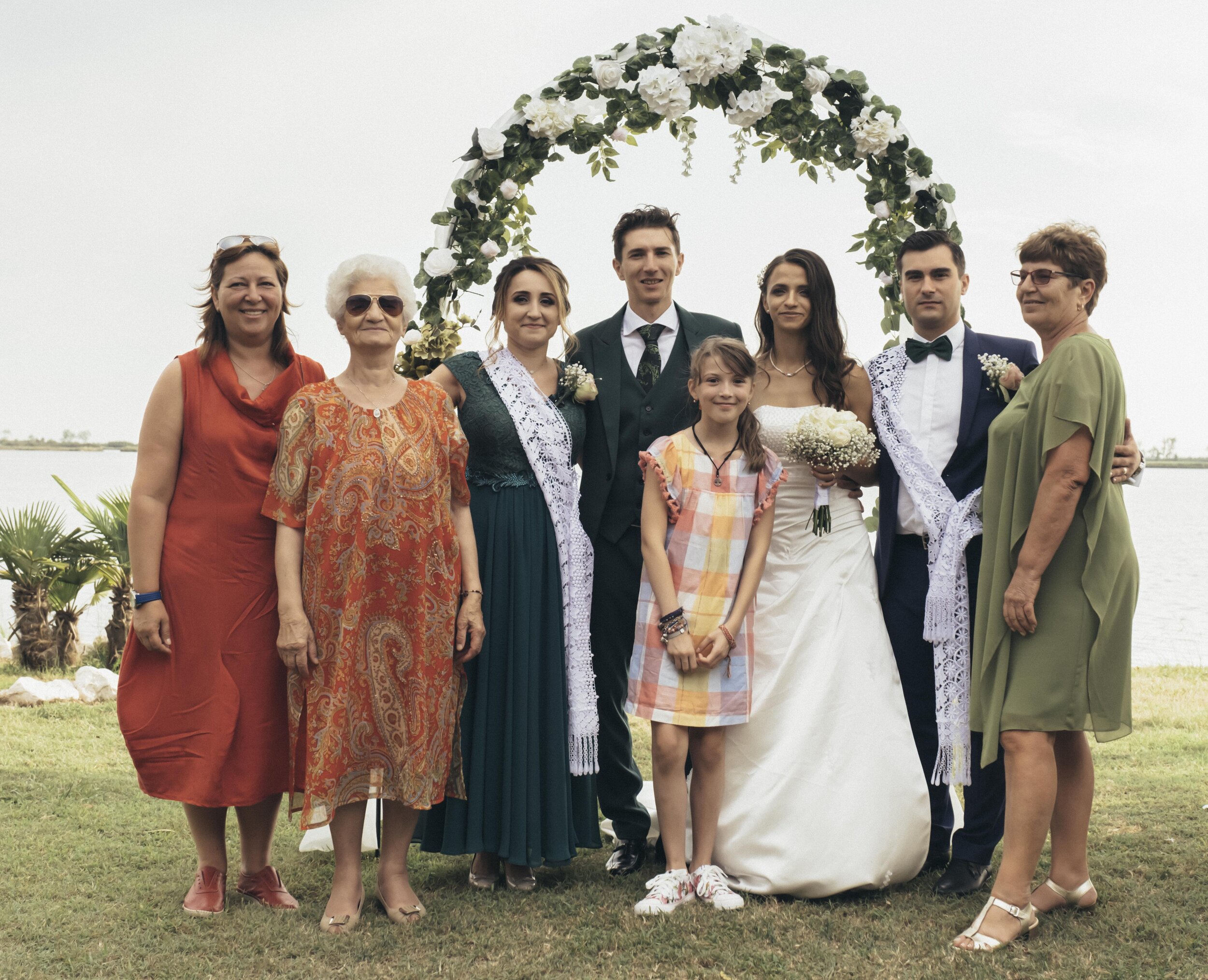
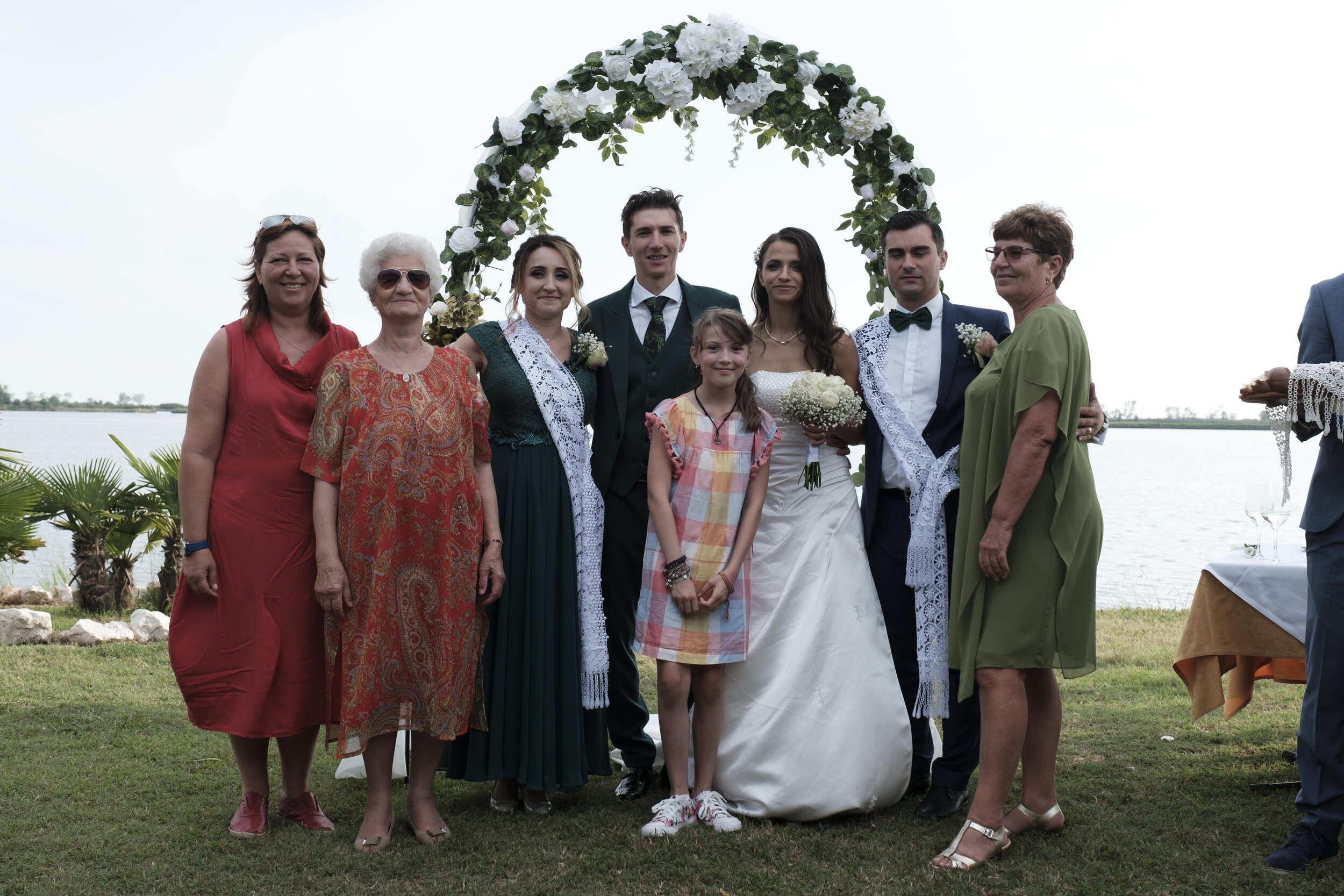
You might think now: “Okay I understand that for weddings. But I booked you for architecture, real estate or landscape photography. How does that apply there?” Wait for it, we will get there!
Shooting other genres of photography, there are similar things that I already pre-visualise on the spot. I choose an angle from which it is easier to remove certain objects and distractions from the picture (pipes, wires, people, cars, dirt, trash, election banners). And you would not know that I planned on removing that and probably would not know how to pull it off. Let me show you an example!
Du könntest jetzt denken: „Okay, ich verstehe das für Hochzeiten. Aber ich habe dich für Architektur-, Immobilien- oder Landschaftsfotografie gebucht. Wie trifft das dort zu?” Dazu kommen wir gleich!
Wenn ich in anderen Fotografie-Genres fotografiere, gibt es ähnliche Dinge, die ich bereits vor Ort vorab visualisiere. Ich wähle einen Winkel, aus dem es einfacher ist, bestimmte Gegenstände und Störelemente aus dem Bild zu entfernen (Rohre, Drähte, Kabel, Menschen, Autos, Schmutz, Müll, Wahlbanner). Und du würdest nicht wissen, dass ich das geplant habe und wahrscheinlich nicht wissen, wie sich das bewerkstelligen lässt. Also, nächstes Beispiel!
Would you have guessed that I planned on removing an entire staircase that takes up a big part of the image? Would you have known I wanted to clean up the road, clone out all people, traffic signs and the red truck? I think you would rather have not chosen this picture, due to all of the things I just mentioned. Pre-visualisation takes place on-location, while culling the images at home and while editing them. And in the end, you need to have the experience and technical knowledge to create a shot from a perspective that other photographers without this skillset are not able to capture.
In the following picture, I was not able to close all the windows, take out the radiator, pull away the announcement board or take out the reflections. Still, I knew about my Photoshop skills and pre-visualised this shot as a very minimalistic shot. At first, it did not look like that at all. But after my retouching it is free of distractions and solely focusses on the clean shapes the architect of the building intended to show.
Hättest du erraten, dass ich vorhatte, eine ganze Treppe zu entfernen, die einen großen Teil des Bildes ausmacht? Hättest du gewusst, dass ich die Straße aufräumen, alle Menschen, Verkehrszeichen und den roten Lastwagen entfernen wollte? Ich denke, genau aufgrund der genannten Störelemente hättest du dieses Bild nicht ausgewählt. Die Vorvisualisierung erfolgt sowohl vor Ort, als auch beim Aussuchen der Bilder und der Bearbeitung. Man sieht also, dass man nur durch Vorvisualisierung, Erfahrung und technisches Wissen eine Aufnahme aus einer Perspektive erstellen kann, die andere durchschnittliche Fotografen und Retuscheure nicht ohne Weitere erstellen können.
Im folgenden Bild, konnte ich nicht alle Fenster schließen, die Heizung ausbauen, die Anzeigetafel wegziehen oder die Reflexionen herausnehmen. Trotzdem vertraute ich meinen Photoshop-Fähigkeiten und ein minimalistisches Bild zu erzeugen, obwohl es anfangs gar nicht danach aussah. Aber nach meiner Retusche ist das Bild frei von Störelementen und konzentriert sich ausschließlich auf die klaren Formen, die der Architekt des Gebäudes zeigen wollte.
3) Der letzte Teil, ist der komplexeste und deshalb auch der für den Kunden am schwierigsten zu verstehen. Es geht um künstlerische Entscheidungen! Deshalb müssen wir uns nochmit einem weiteren Thema befassen: Die Farbkorrektur. Oft habe ich ähnliche Aussagen wie die folgende gehört:
„Deine Tagesrate für Postproduktion und Retusche ist fast so hoch wie die deiner Fotografie vor Ort. Das ist teuer! Du klickst einfach zweimal, wendest einen Filter an und berechnest dafür so viel Geld."
Meine Antwort darauf lautet: Qualität hat ihren Preis! So einfach ist das. Ich denke, ich habe bereits mehr als genug geschildert, dass ich nicht einfach einen Filter auf ein Bild anwende und das Retusche nenne. Aber ja, es gibt viele Leute, die genau das tun. Sie machen ein schlechtes Bild, kaufen sich Presets von Influencern auf Instagram und veröffentlichen ein billig bearbeitetes Bild in kleiner Auflösung auf Instagram. Dann posten sie Vorher-Nachher-Beispiele auf und nennen das Retusche. Folglich ist es ihre Schuld und nicht die der Kunden, das Wort Retusche falsch aufzunehmen und damit etwas Anderes zu assoziieren. Retusche ist ein richtiges Geschäft und ein eigenständiger Beruf, in dem ich bereits seit 4 Jahren arbeite.
jetzt, wo wir das aus der Welt geschafft haben, können wir wirklich über Farbe sprechen. Jeder Fotograf hat seine eigenen Vorlieben gegenüber Farben. Es ist Teil der künstlerischen Handschrift. Daher bewerte ich als professioneller Fotograf und Retuscheur jedes Bild oder Bilderserie separat, indem ich Farbprobleme individuell löse, z. B. Farbstiche, die durch unterschiedliche Lichttemperaturen (außen und innen) erzeugt werden. Zudem stimme ich die Hauttöne ab und erstelle einen einheitlichen, unverfälschten Look über die gesamte Bildserie hinweg, obwohl sich die Lichtsituationen möglicherweise drastisch von Bild zu Bild drastisch unterscheiden. Um diesen Effekt zu erzielen, kann man nicht nur eine Ein-Klick-Voreinstellung anwenden. Man benötigt Berufserfahrung, um die verschiedenen Probleme in verschiedenen Bildern einer Serie bewerten, angehen und dann zu einer einheitlichen Bildserie vereinen zu können.
3) The last part, is the most complex part and hence the most difficult to understand for a client: Artistic choices! Many times I have heard similar statements to the following one:
“Your day rate for post-production and retouching is almost as high as the one of your photography on-location day-rate. That is expensive! You just click two times, apply a filter and charge so much money for that.”
My answer to that is: You get what you pay for! As simple as that. I think, I have already outlined more than enough, that I do not simply apply a filter to an image and call that retouching. Yes, there are many people out there doing exactly that. Taking a bad picture, buying presets from influencers on Instagram and publish a cheaply edited picture in small resolution on Instagram. Then they put up “before-and-after” examples and call it retouching. Consequently, it’s their fault, not my client’s fault to misperceive the word retouching. Retouching is an actual business and profession — in which I work for 4 years already.
Having that out of the way, we can start talking about colour grading as an artistic choice in retouching. Every photographer has his own preferences towards colours. It is part of the signature. Therefore, I as a professional photographer and retoucher judge every picture (series) individually, address colour issues, such as colour casts created by different light temperatures (outside and inside). I also match skin tones and create a consistent genuine look across the entire picture series, even though the light situation might have differed drastically. To achieve this effect, you need to do more than simply applying a one-click preset. You need professional experience to evaluate each different issue in each different picture of one series, address them and then put them together into a consistent picture series.
Colour plays an important role to convey a message, to create a feeling, and a memory. If the colours are off — I guess you can see that — the pictures are not appealing or worthwhile. You just see them, don’t care and forget about them. All intentions of being captivated by it (either personally or for your clients’ advertisement) just evaporate. That is where professional colour treatment comes into play: Creating something unique that you want to look at for a long time, that evokes emotions and resonates with your audience. Let me show you some more extreme examples, in which selective colour changes in Photoshop (retouching) has changed the entire mood of the pictures.
Farbe spielt eine wichtige Rolle, um eine Botschaft zu vermitteln, ein Gefühl und eine Erinnerung zu erschaffen. Wenn die Farben nicht harmonieren — das sollte sichtbar sein — sind die Bilder nicht ansprechend und verweilenswert. Man sieht sie zwar, assoziiert nichts damit und vergisst sie wieder. Alle Absichten, von dem Bild gefesselt zu werden, (entweder persönlich oder für die Werbung Ihrer Kunden) verschwinden. Hier kommt die professionelle Farbbehandlung ins Spiel: Sie kreiert etwas Einzigartiges, ein Bild das man lange betrachten möchte, das Emotionen hervorruft und das das Zielpublikum anspricht. Ich zeige euch einige extremere Beispiele, bei denen selektive Farbänderungen in Photoshop (Retusche) die gesamte Stimmung der Bilder verändert haben.
The upcoming and final part of this article builds up on everything we talked about before: Taking multiple images, pre-visualisation, improvisation, back-up files for the photographer and colour grading. Let me give you the number one reason, why you want me to retouch my own photos.
Der kommende und letzte Teil dieses Artikels baut auf allem auf, worüber wir zuvor gesprochen haben: Mehrere Bilder aufnehmen, Vorvisualisierung, Improvisation, Sicherungsdateien für den Fotografen und Farbkorrektur. Und hier ist der Hauptgrund, warum es in deinem Interesse ist, mich meine eigenen Fotos retuschieren zu lassen.
It is a combination of technical knowledge, improvising due to bad weather situations, unforeseen events or simply for creating a unique high-quality shot that has not been created before. Isn’t that the reason you hire me for? To create the wow-effect hero shot that makes people buy your product? To exactly do that, I first of all decide on one composition, lock my camera on a tripod, observe the weather and light to change. In architecture, I often use an additional techniquesof illuminating different parts of the picture to merge them together. For each different change of the base picture that I want to capture, I need an extra picture. Sometimes, I end up with 10-20 pictures blending them together to one final image. In the end, I finesse it with those elements that would cause too much work on the spot (e.g. turning on the fire in an oven). That is my signature! That is, why you need my retouching, why you can’t do it yourself or give it to any other retoucher. No one else than me knows my intentions, uses my colour palette and is not even always supplied with all files needed to compose the final shot.
Es ist eine Kombination aus technischem Wissen, Improvisieren aufgrund von schlechten Wettersituationen, unvorhergesehenen Ereignissen oder einfach zum Erstellen einer einzigartigen, qualitativ hochwertigen Aufnahme, die noch nie zuvor erstellt wurde. Ist das nicht der Grund, warum du mich ausgewählt hast? Um den Wow-Effekt-Helden zu kreieren, der die Leute dazu bringt, dein Produkt zu kaufen? Um genau so ein Bild zu erzeugen, entscheide ich mich zunächst für eine Komposition, montiere meine Kamera auf ein Stativ, beobachte das Wetter und das Licht, wie es sich verändert. Vor allem in der Architektur verwende ich oft Techniken, um zusätzlich verschiedene Teile des Bildes zu beleuchten. Für jede andere Änderung des Basisbilds, die ich erfassen möchte, benötige ich ein zusätzliches Bild. Manchmal habe ich 10-20 Bilder, die ich zu einem einzigen endgültigen Bild zusammenfüge. Zum Schluss verfeinere ich es mit solchen Elementen, die vor Ort zu viel Arbeit verursachen würden (z. B. das Feuer in einem Ofen anzünden). Das ist meine Signatur! Das ist es, wofür du mich bezahlst! Deshalb brauchst du meine Retusche, Deshalb kannst du sie nicht selbst machen oder an einen anderen Retuscheur weitergeben! Niemand außer mir kennt meine Absichten, verwendet meine Farbpalette und verfügt über alle Dateien, die für die endgültige Aufnahme benötigt werden.
Especially for exterior architectural imagery, other retouchers would not have access to all files needed, as I curate my own personal sky library with different weather and moods, so that I have the full creative freedom and control about light and weather. That allows me to consistently deliver high quality unique content to my clients no matter the weather (except for rain of course). That is the reason you want me to photograph your project, to take more pictures than I deliver, to retouch the pictures by myself and to pay me with a good price for it. You pay for yourself, your flexibility, your control of the project and the time you safe!
I hope this article could help to bridge the gap between photographer and client, to outline the work that goes into photography and to demystify the process of retouching. I wanted to create an understanding for both sides. Better communication leads to better client education, more transparency, less trouble and overall better cooperations.
Insbesondere für Architekturbilder im Außenbereich haben andere Retuscheure nicht immer Zugriff auf alle benötigten Dateien, da ich meine persönliche Himmelsbibliothek mit unterschiedlichen Wetterbedingungen und Stimmungen kuratiere, sodass ich die volle kreative Freiheit und Kontrolle über Licht und Wetter habe. Dadurch kann ich meinen Kunden unabhängig vom Wetter (außer natürlich bei Regen) stets hochwertige, einzigartige Inhalte liefern. Aus diesem Grund möchtest du, dass ich dein Projekt fotografiere, mehr Bilder aufnehme als ich abliefere, die Bilder selbst retuschiere und micht mit einem guten Preis dafür bezahlen. Du zahlst für dich selbst, deine Flexibilität, deine Kontrolle über das Projekt und die Zeit, die du sparst!
Ich hoffe, dass dieser Artikel dazu beiträgt, die Kluft zwischen Fotograf und Kunde zu überbrücken, und darzustellen, wie viel Arbeit es ist, gute Fotos zu erstellen. Auch den Prozess der Retusche hoffe ich etwas griffbarer und transparenter gemacht zu haben. Hoffentlich haben beide Seiten nun ein besseres Verständnis und eine bessere Kommunikation miteinander. Eine bessere Kommunikation führt zu einer besseren Kundenerziehung, mehr Transparenz, weniger Ärger und insgesamt besserer Kooperation.
EDIT 23.09.2019
As a brief advice for you (and a small reference for myself) , when a client approaches you again, asking “Can we have all pictures?”, you could answer the following:
I was afraid that topic would come up^^ Let me try to explain it, as many private clients ask for what you just asked for. I'm not mad or anything, not that you get it wrong. I gave you the best shots that were there. If you want the pictures from a specific time and event, I can look through them again and send you a few others that are not complete outtakes.
Basically, these photos you never receive, are the outtakes, the blurry shots, the duplicates, the overexposures, the underexposures. For any of the photos I already provided you, there may be 20-30 that are slight variations of it. So they are all a little bit less good: Eyes closed, hair in the face, maybe a dog ran in front of the camera, someone was distracted. In group shots, I already took many pictures and copied over heads from other pictures, where the people looked their best.
I assure and guarantee you: I want to present everyone in their best light! We both have the same goal: We both want great images. You want great images for yourself, your friends, your family or your business; I want great images for my business. So there is no reason for me to choose bad pictures. Trust me, I will never have two different photos that are both great and only give you one of them. The selection process is to reduce many bad images. That way, I can give you what you need and want: Professional photographs.

